I first visited Enoura Observatory in Odawara shortly after it opened in 2018. I was immediately captivated by the artful amalgam of historical objects, architecture and the landscape itself. Contemporary artist Hiroshi Sugimoto‘s work simultaneously highlights the passing of time while being timeless unto itself.
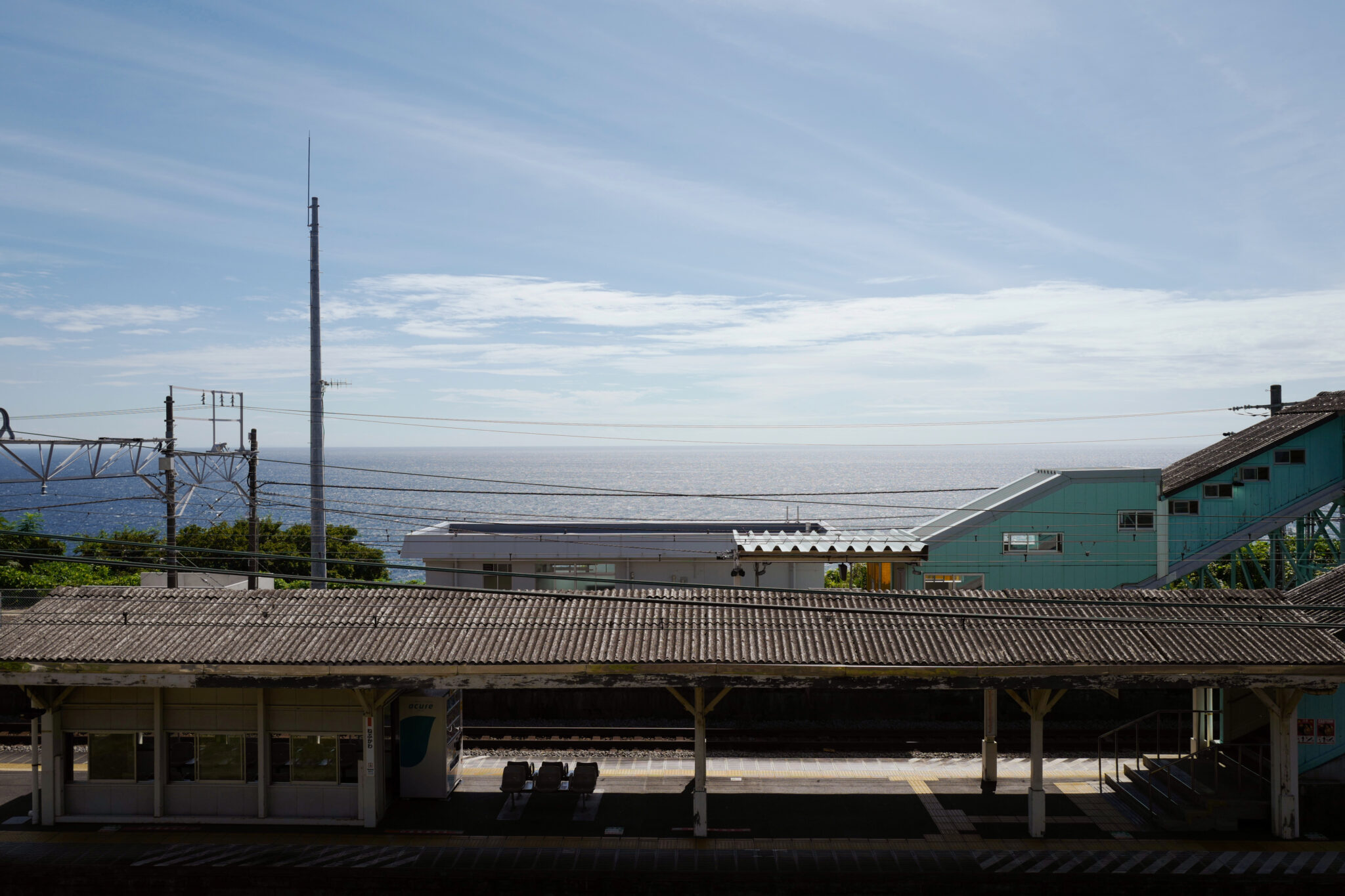
Since then I’ve revisited twice, most recently in May 2023 whilst on my way to Lake Yamanaka. In the intervening years, the observatory has been expanded and the natural vegetation has grown to make all the objects feel more at home in their surroundings.
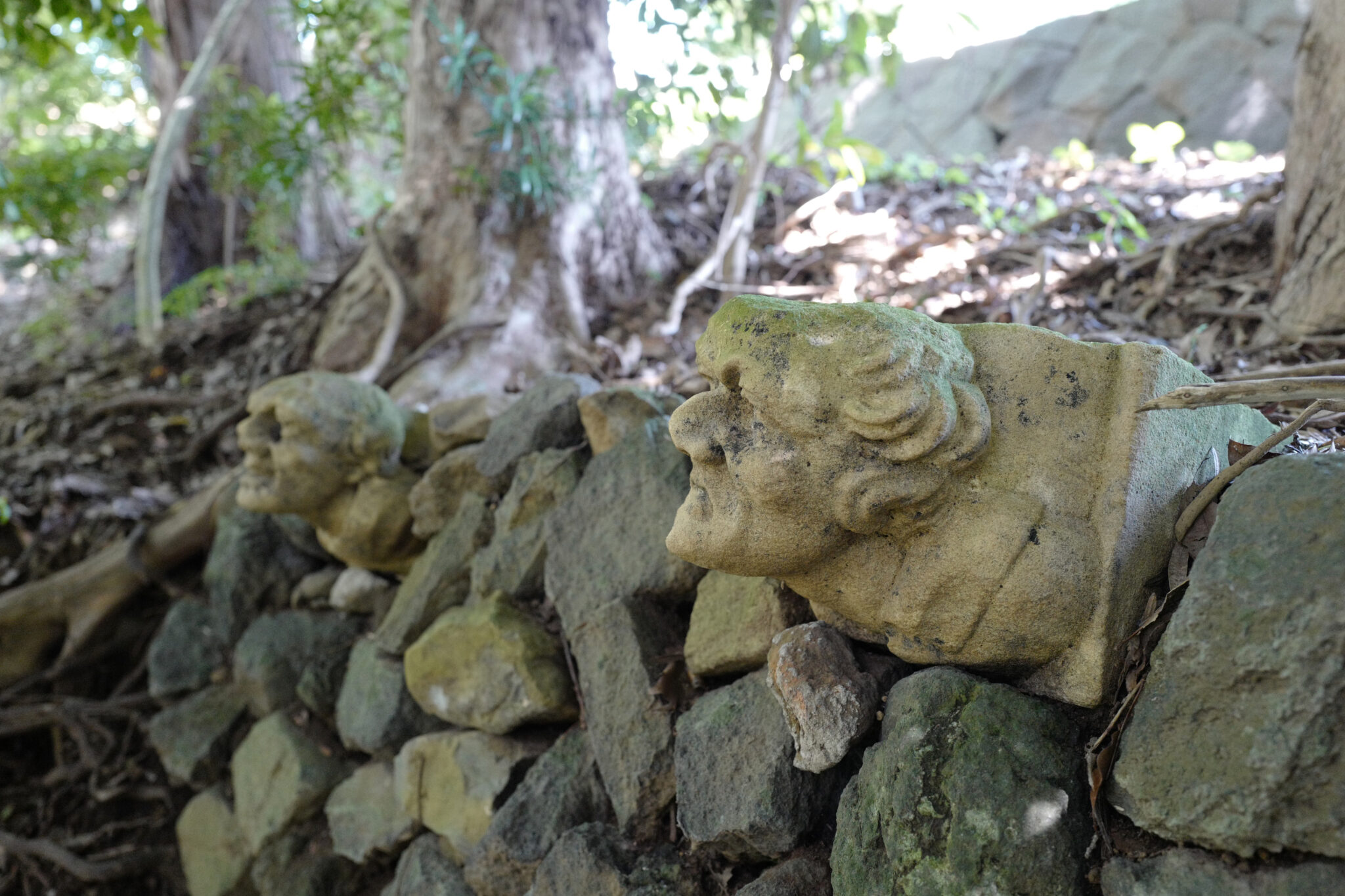
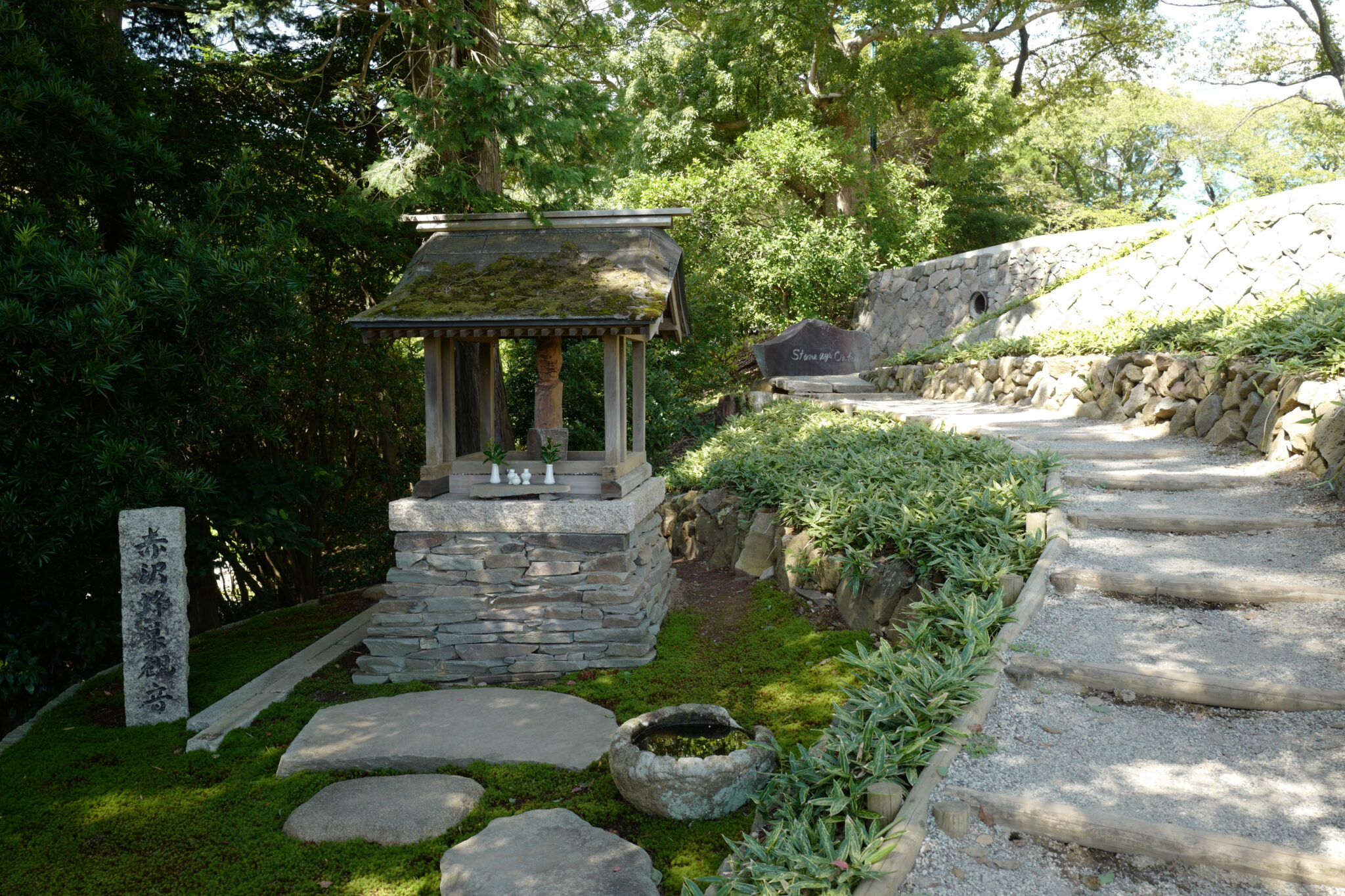
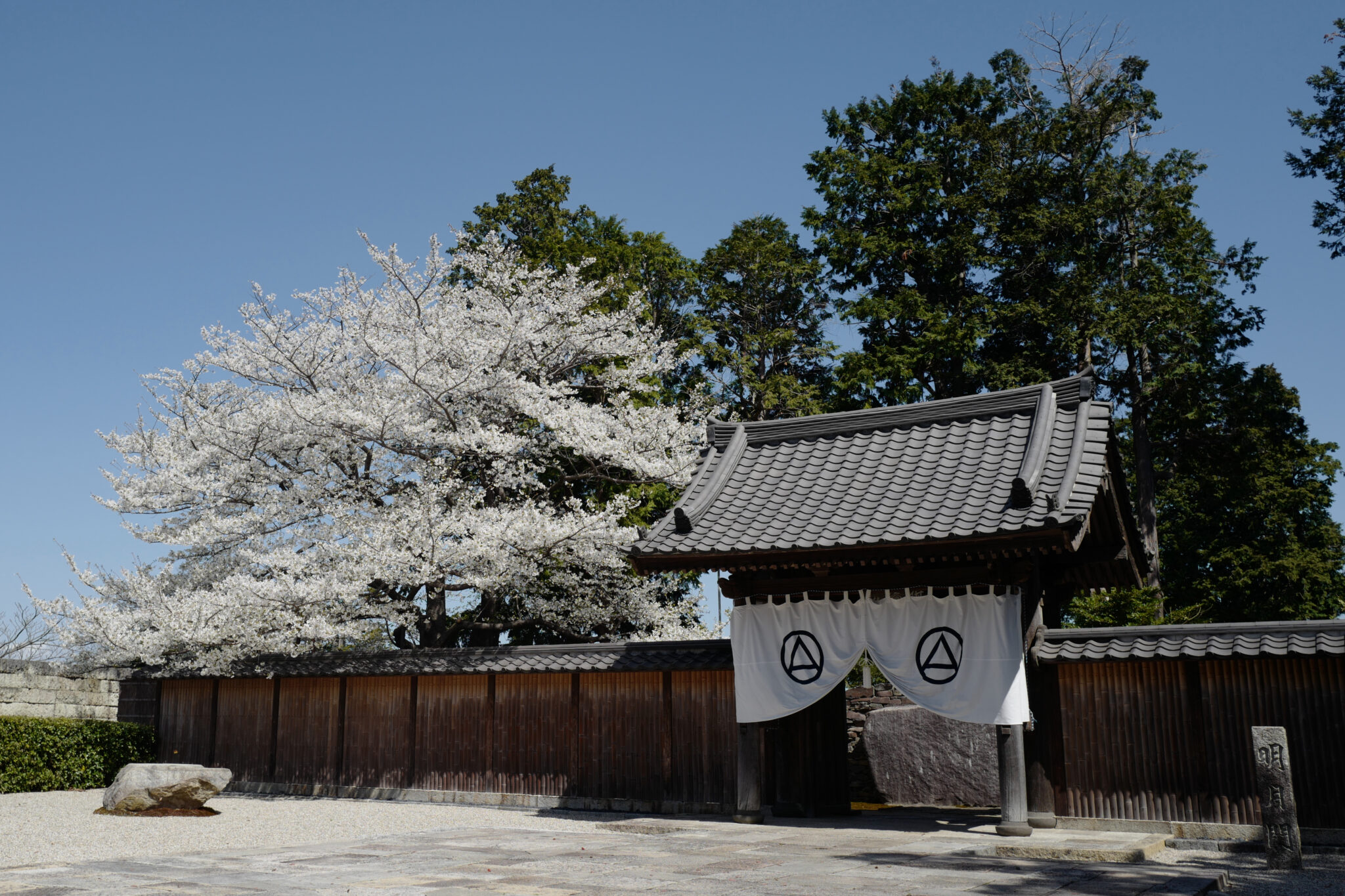
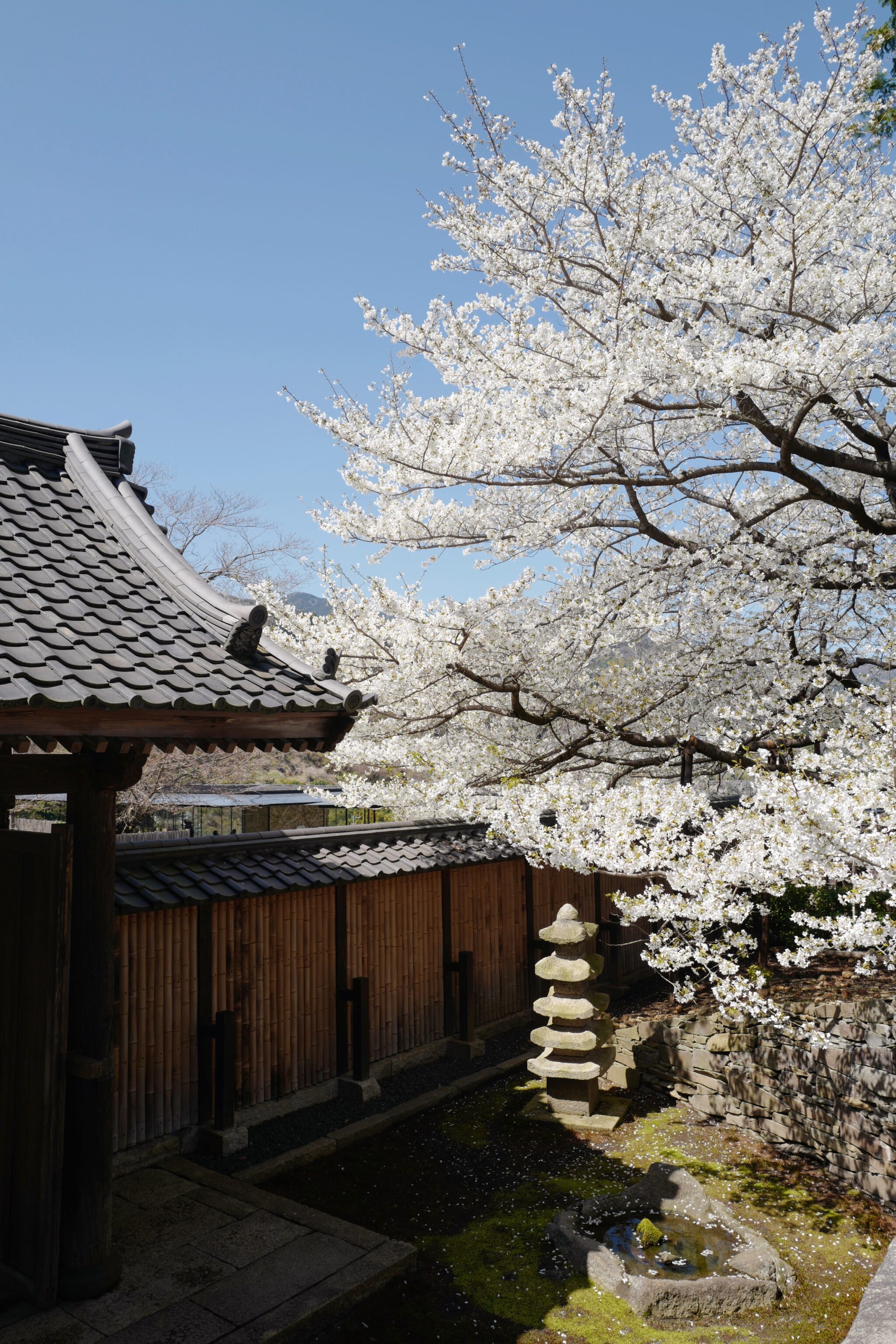
Unlike my first visit, we had beautiful blue skies and were lucky enough to catch the sakura blossoming for which they have built a dedicated viewing platform.
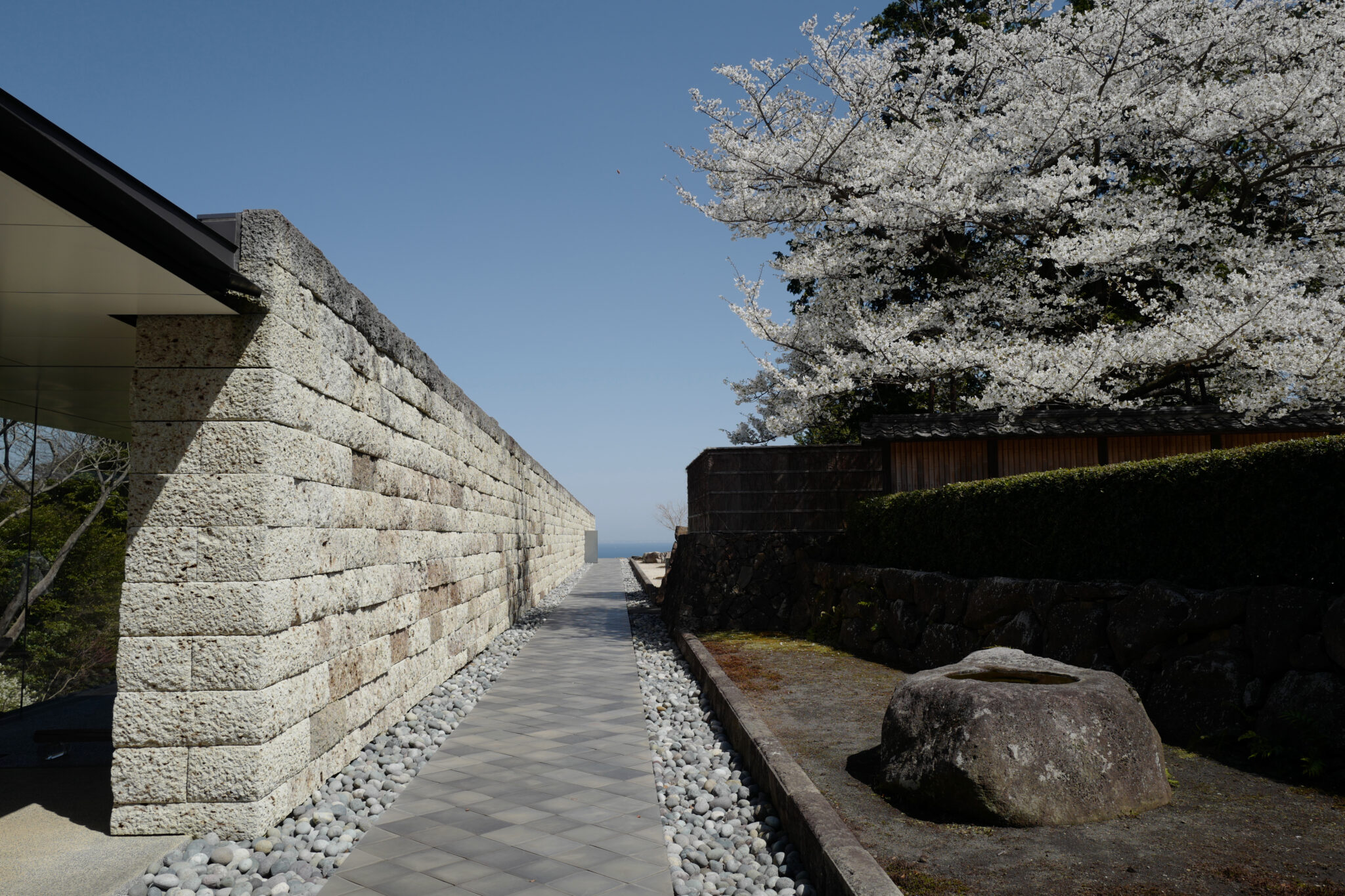
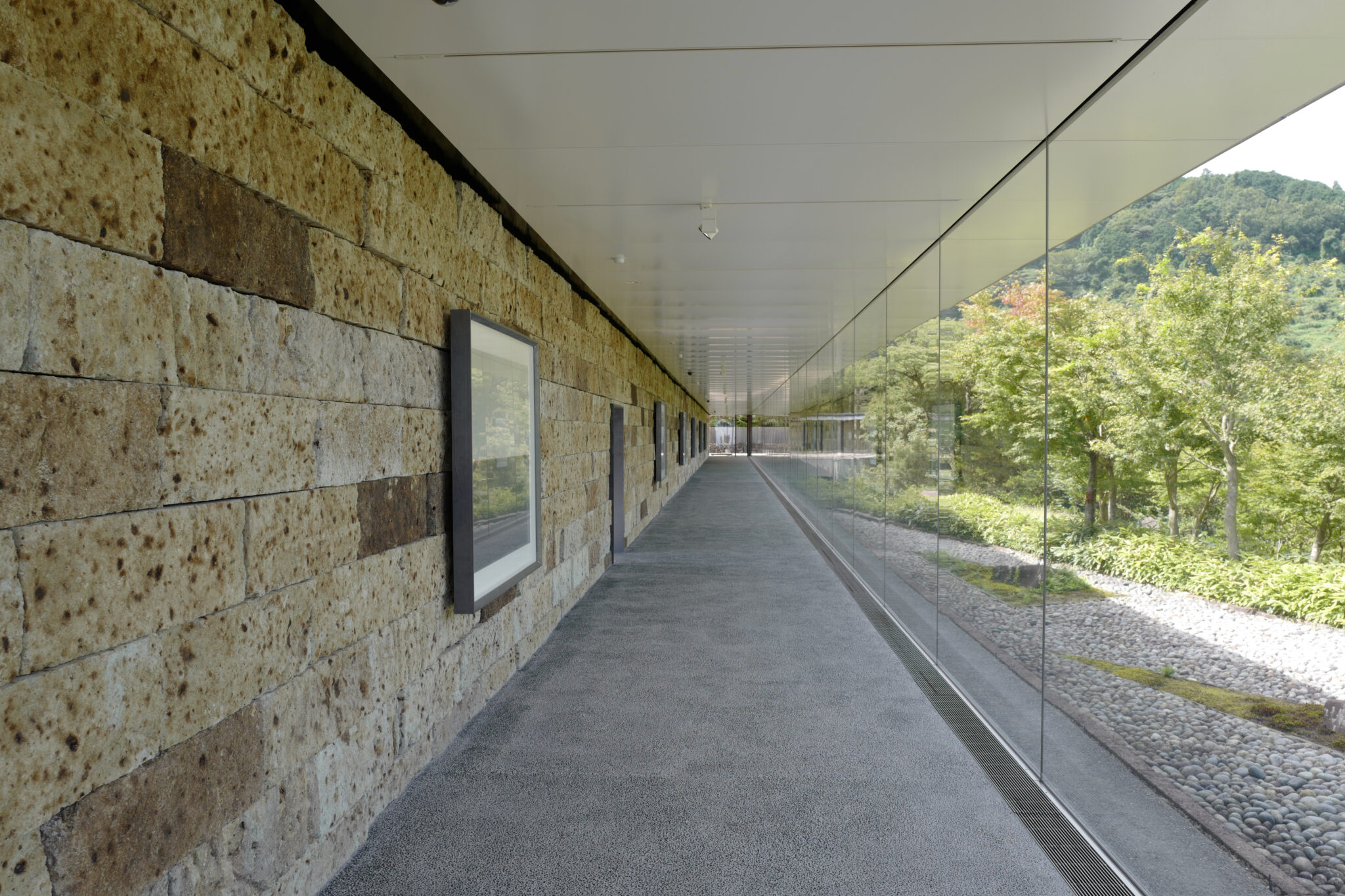
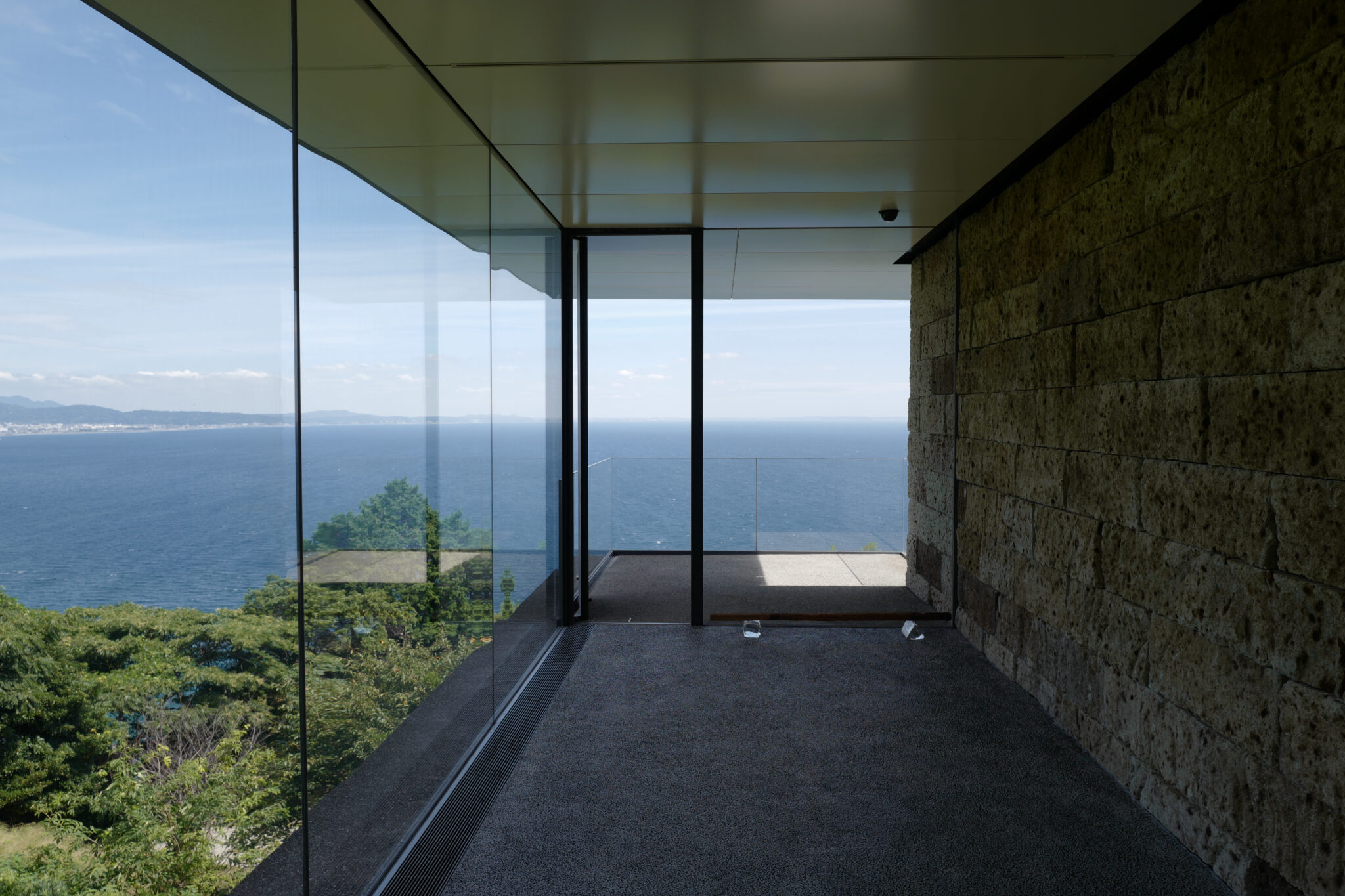
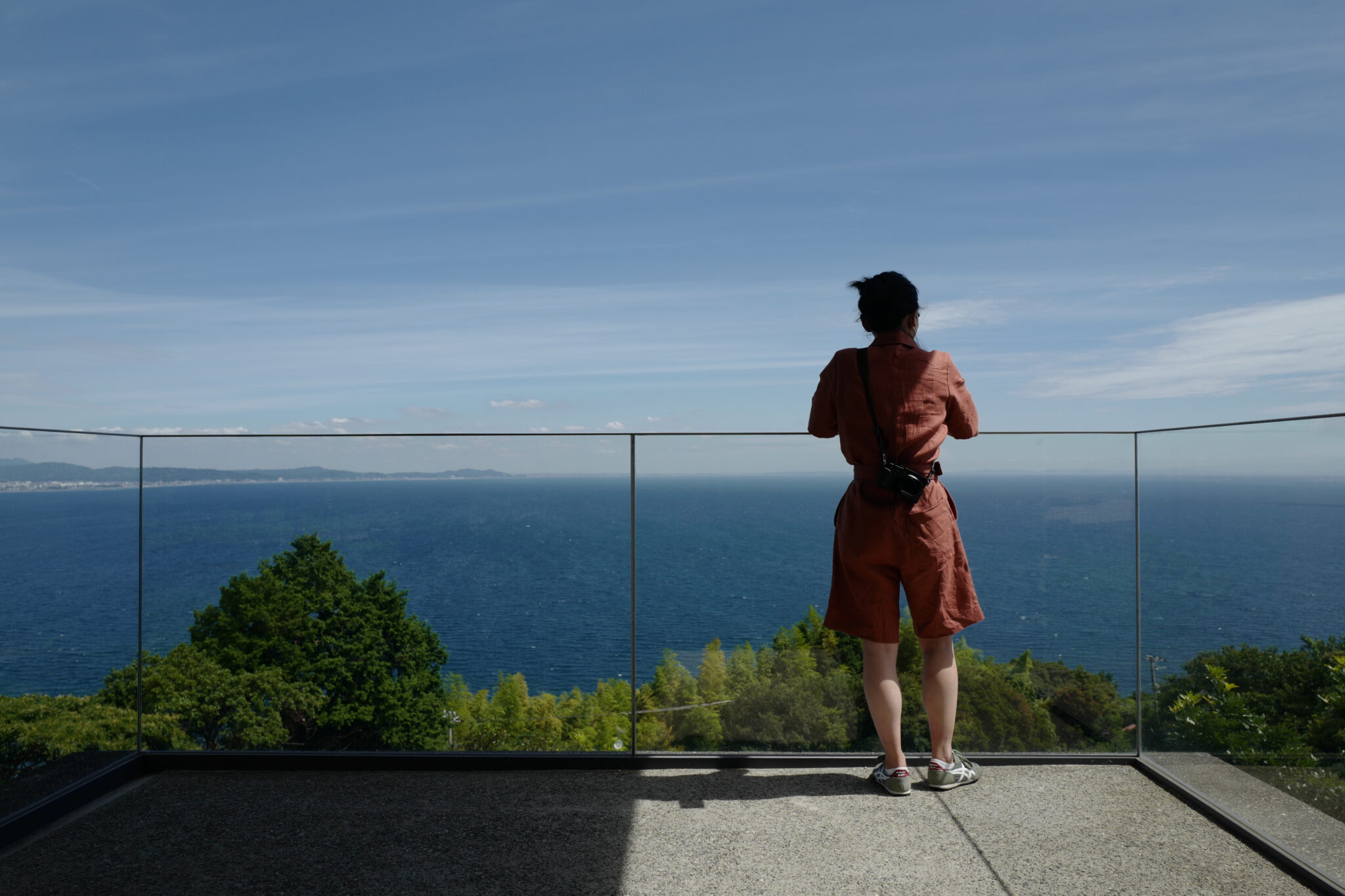
We were aiming to create a space that would function as an art museum. From a certain point on, though, about five years into the planning process, we realised that we no longer needed for it to be an art museum—that we were aiming to create a devotional space, where people could experience the worldview of Hiroshi Sugimoto.
Tomoyuki Sakakida (architect)
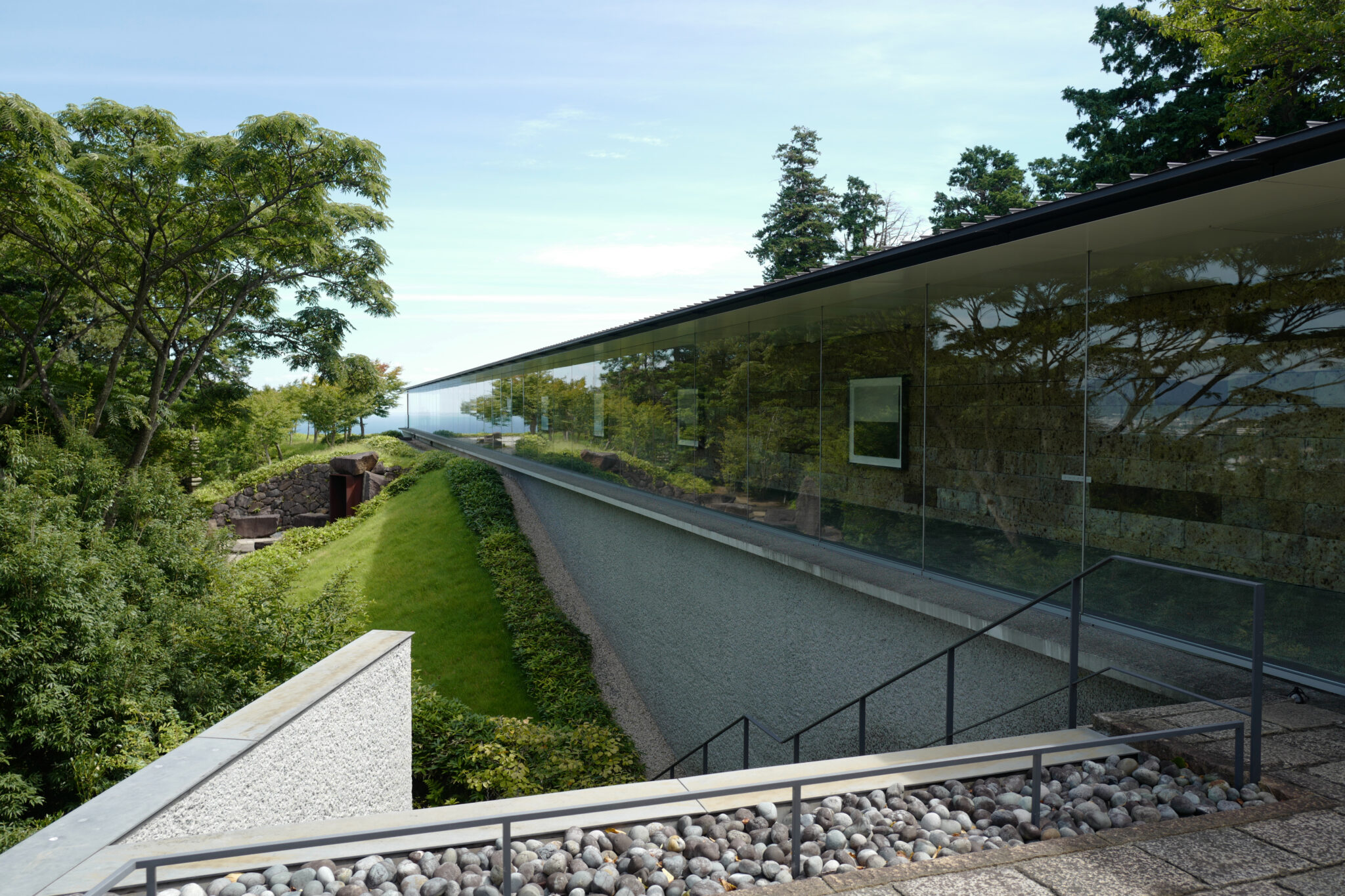
Museums tend to avoid the use of natural light to prevent fading and deterioration of the artwork. I feel, however, that long exposure to natural light is precisely what has given the pagoda at Horyuji Temple and the painted screens of Tawaraya Sotatsu their natural beauty. To me, what the museum considers deterioration is actually beautification through the passage of time, and the fading is actually the emergence of inexpressible refinement.
Hiroshi Sugimoto
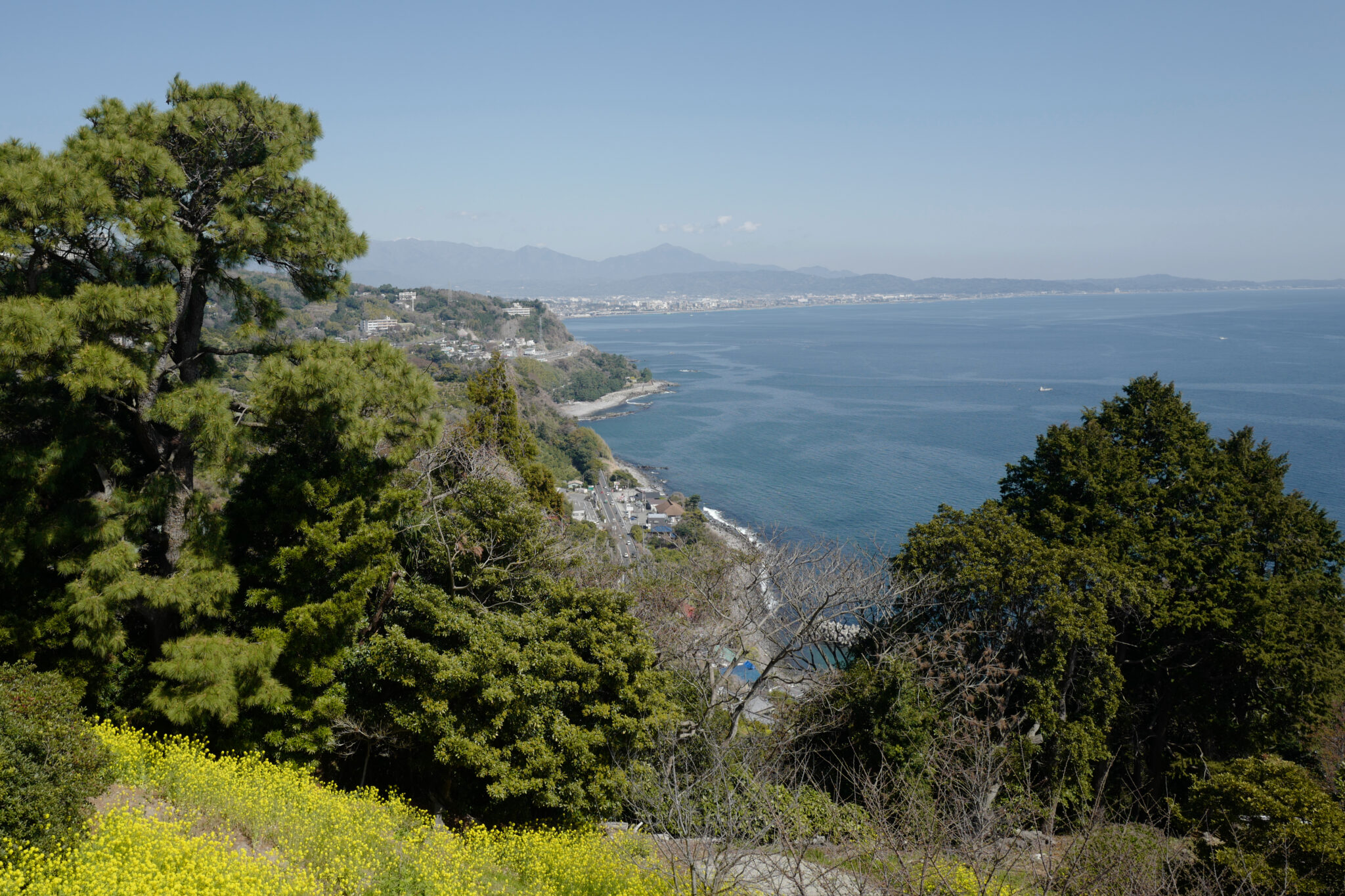
The site is a hilly area covered with citrus trees in Enoura, in the Kataura district of Odawara, adjacent to Prefectural Route 740. Nestled against the outer rim of the Hakone Mountains and overlooking Sagami Bay, it has panoramic views extending to the Boso Peninsula and Oshima Island.
Odawara Art Foundation
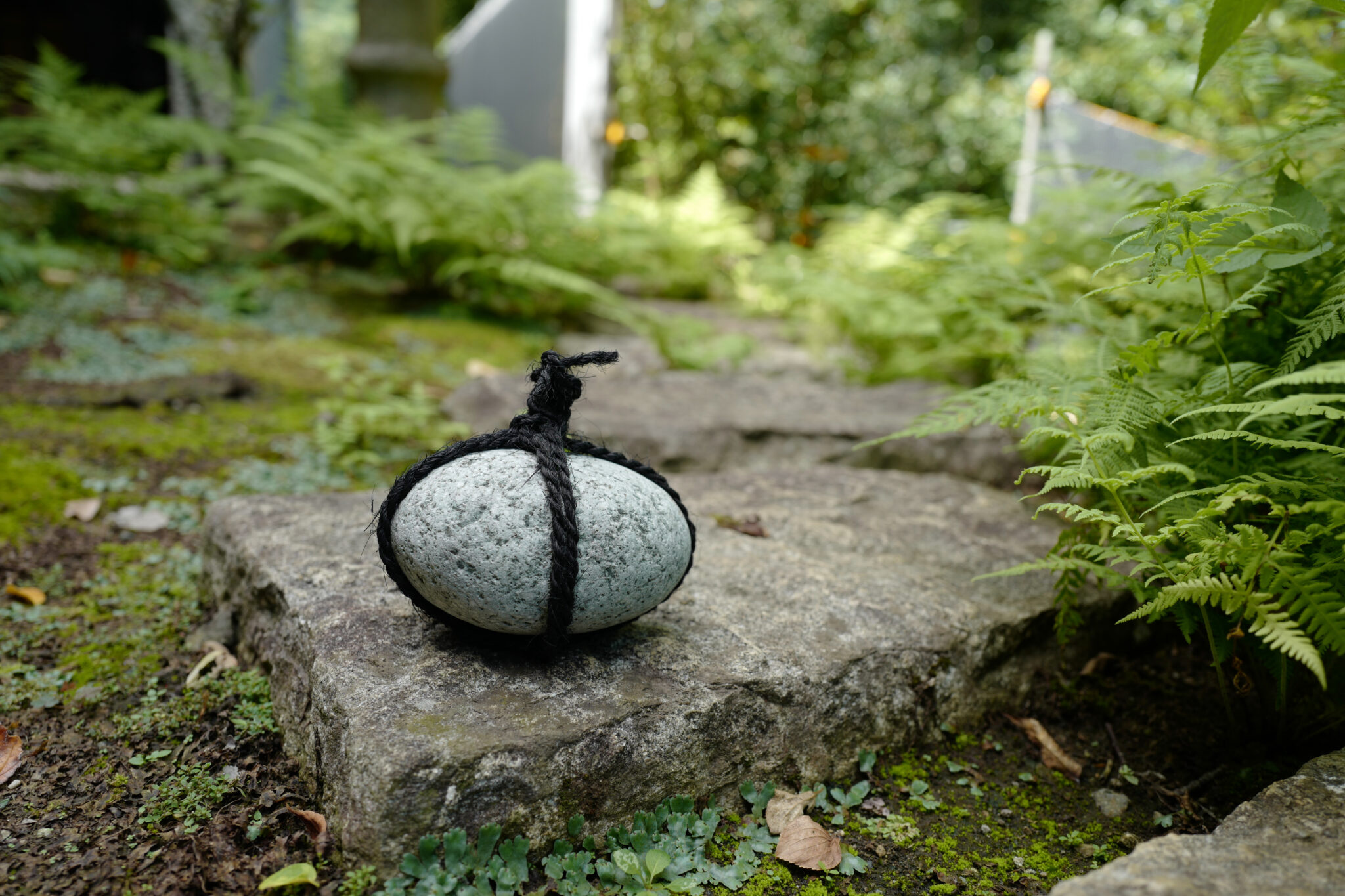
Unlike many museums in Japan where you are guided along a predetermined course with ever-watchful staff to tell you off, I appreciate that you’re free to wander the grounds of the observatory as you wish.
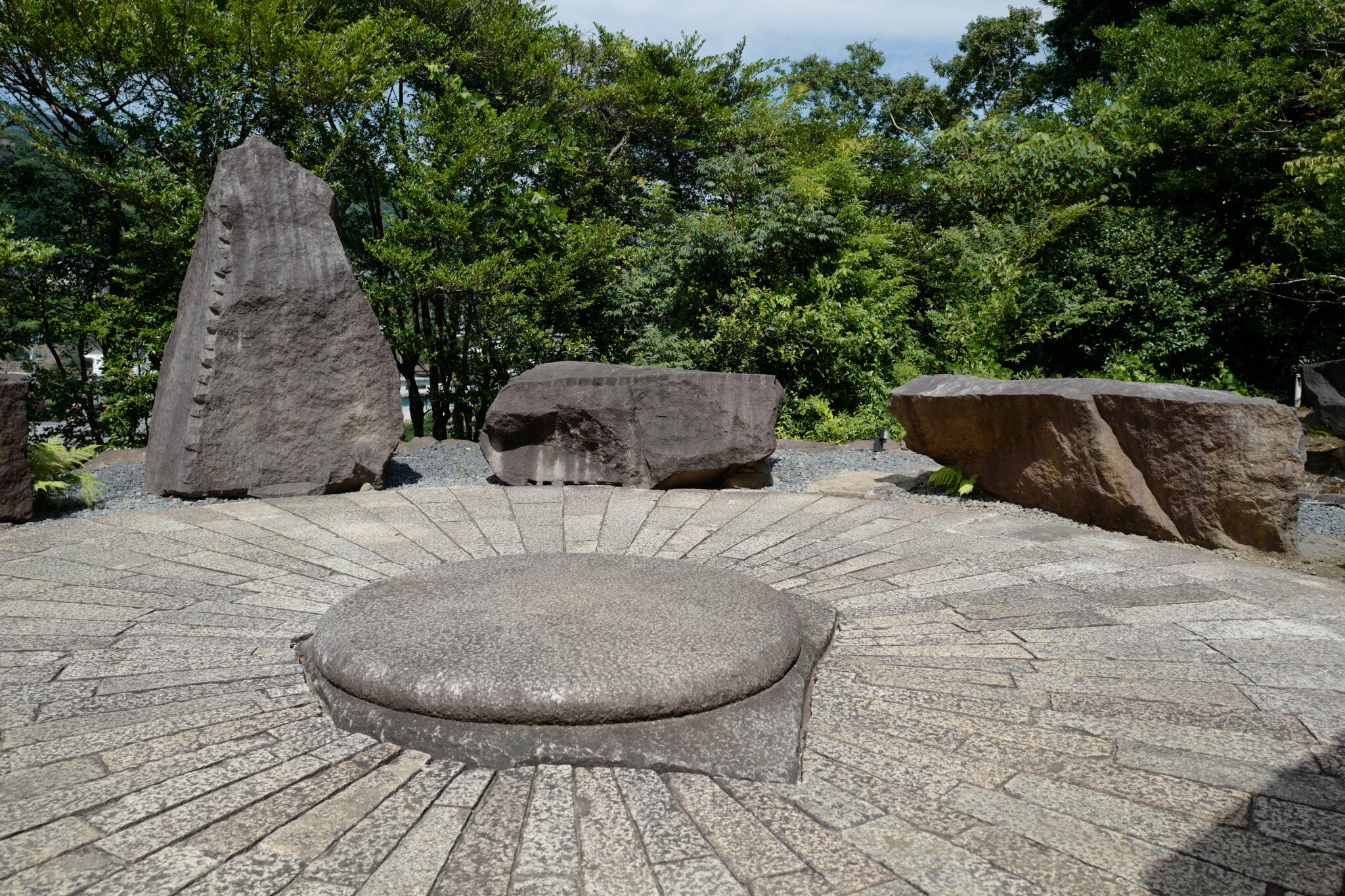
Although I was born and bought up in the modern era, somehow I have a keen interest in the workings of premodern human societies.
Hiroshi Sugimoto
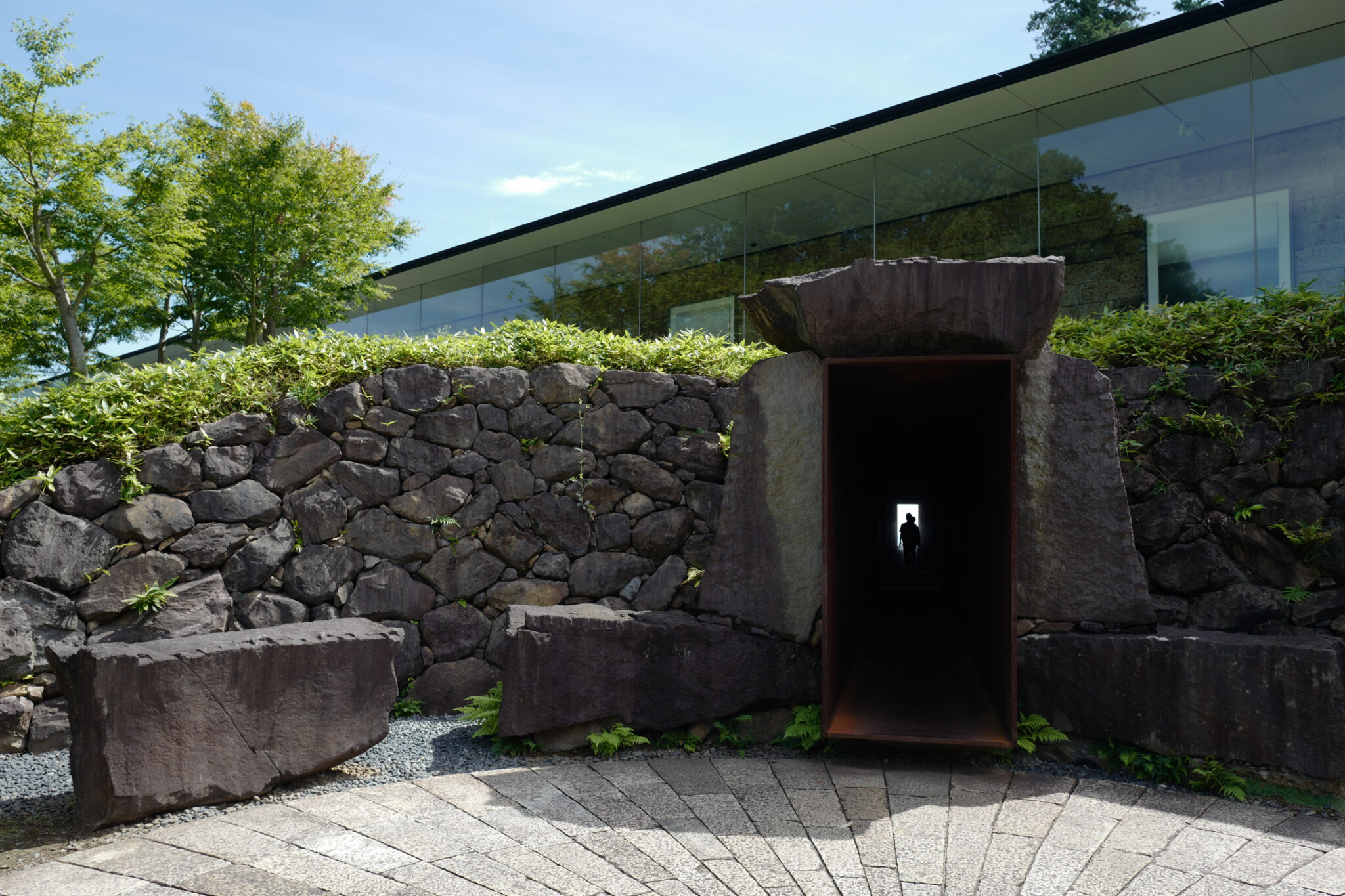
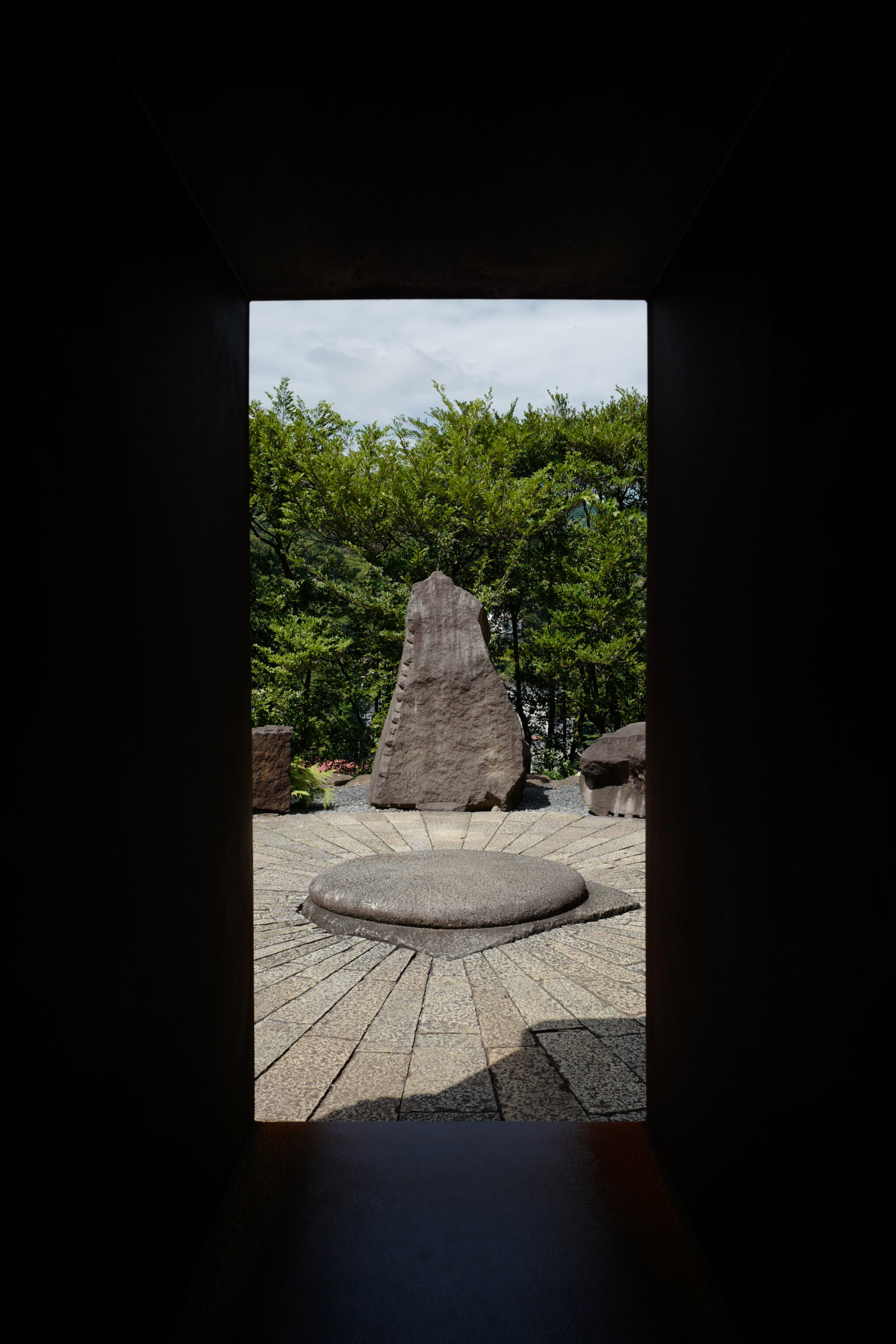
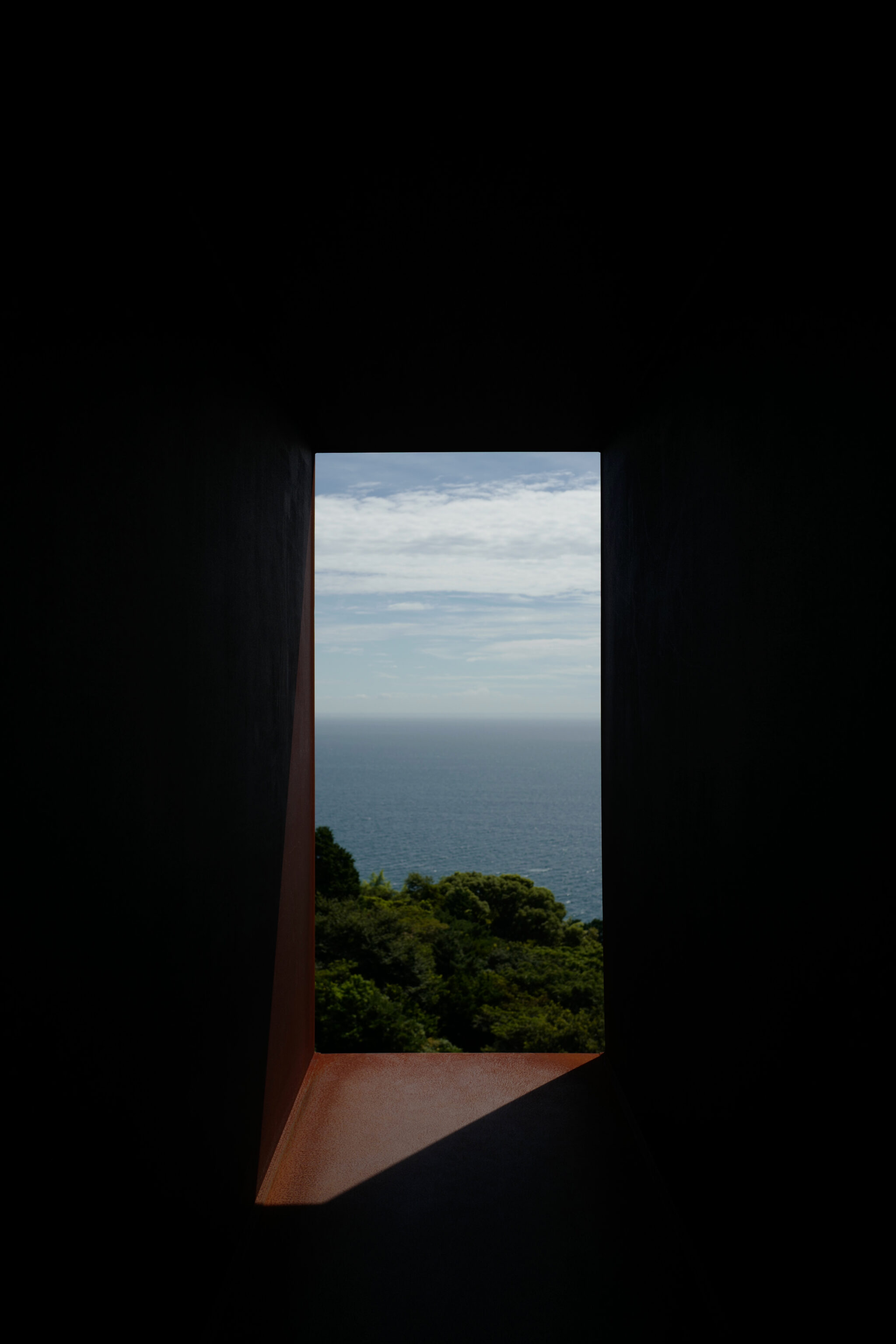
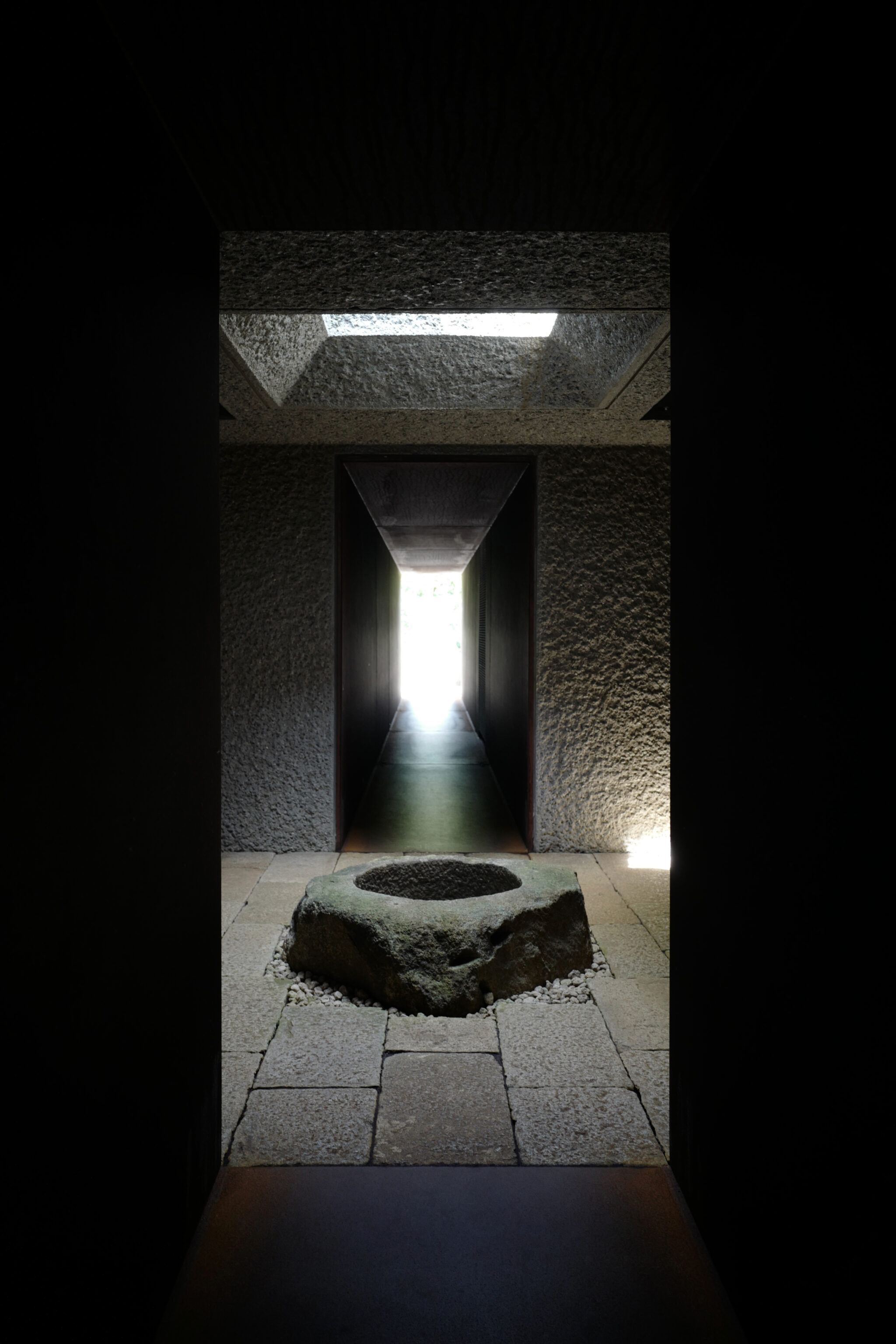
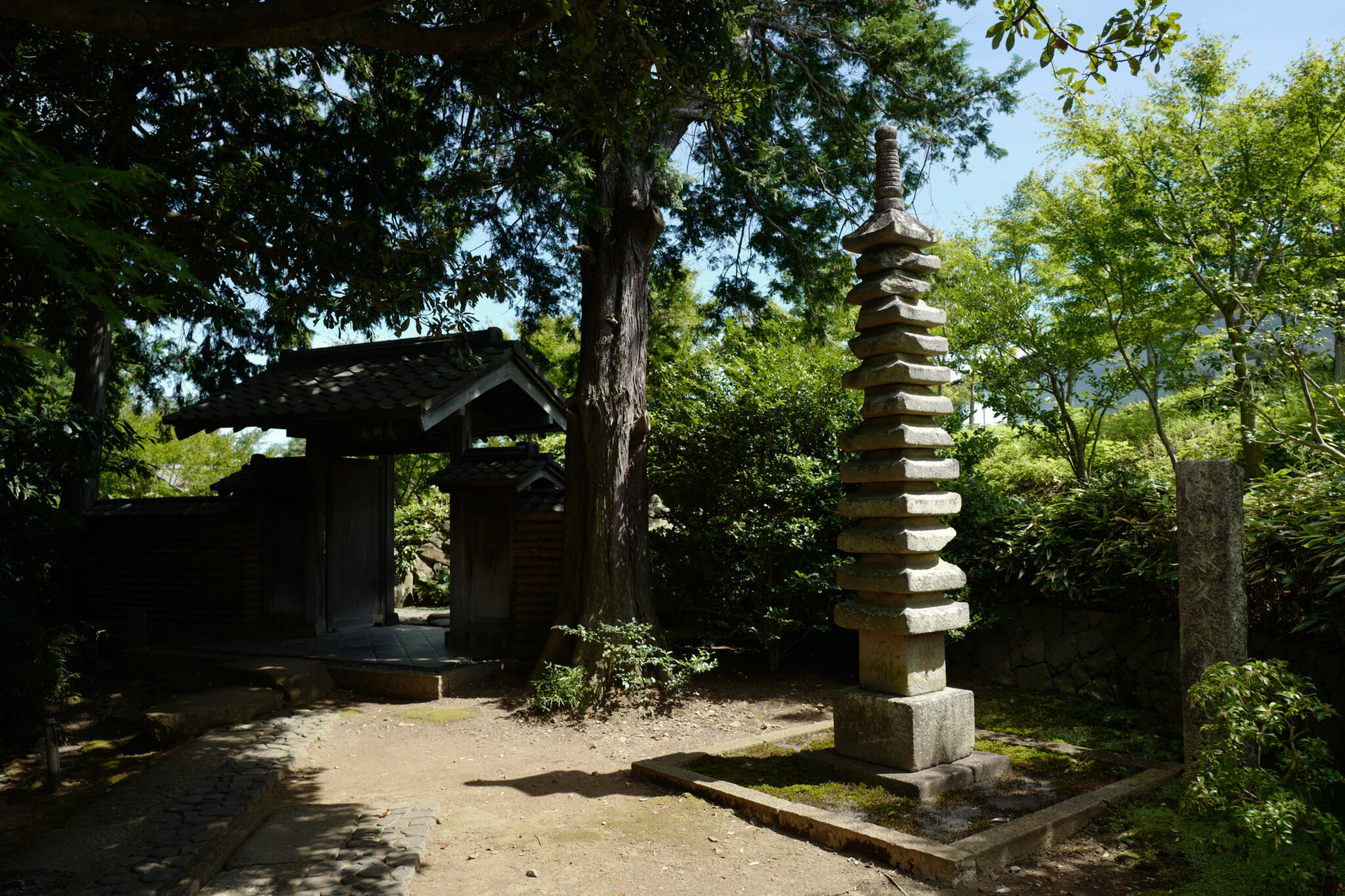
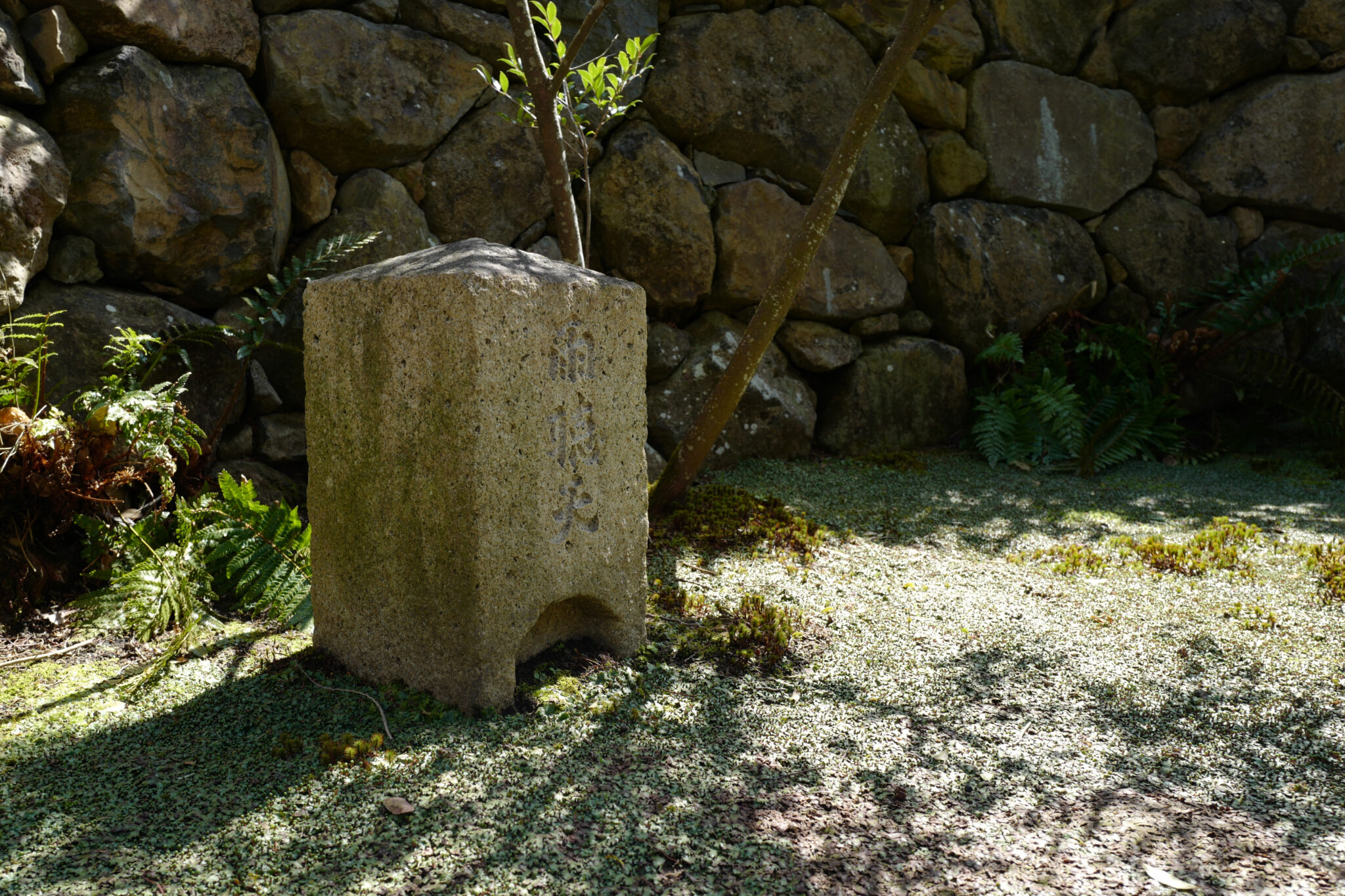
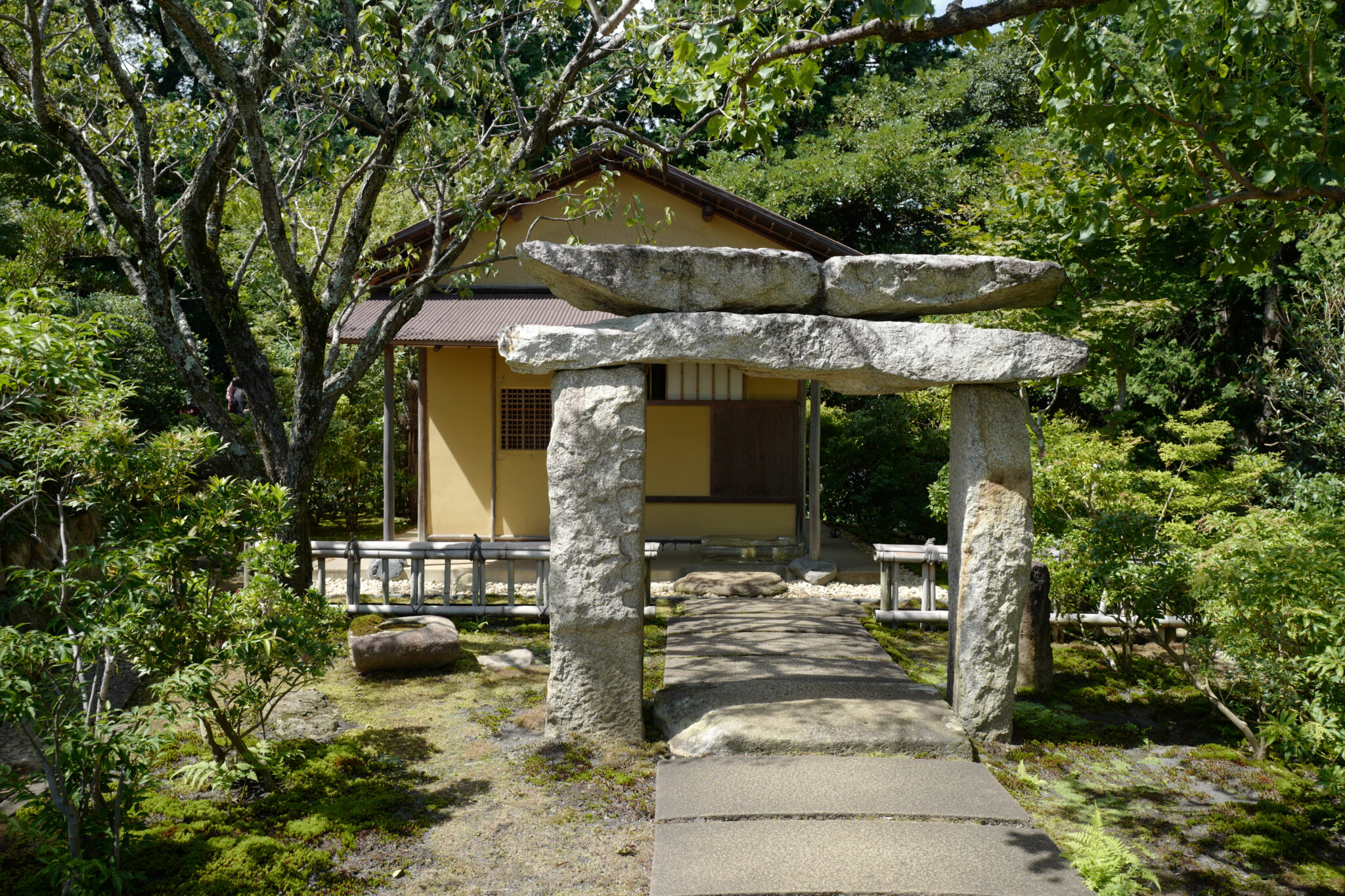
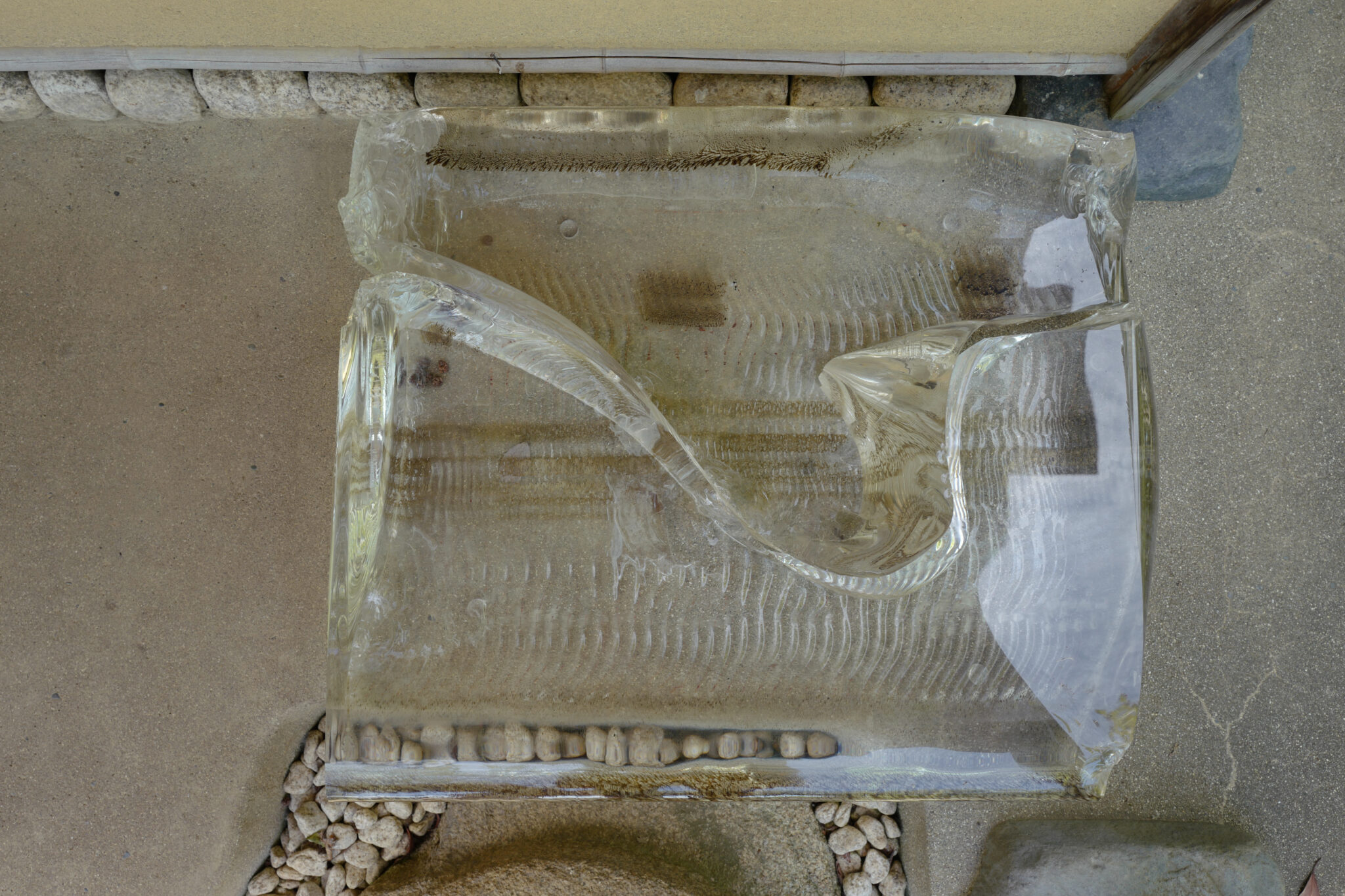
Even when it’s working with geometrical lines and planes, the Japanese tea house tries to strip away the symmetry and investigate what creates a comfortable balance.
Hiroshi Sugimoto
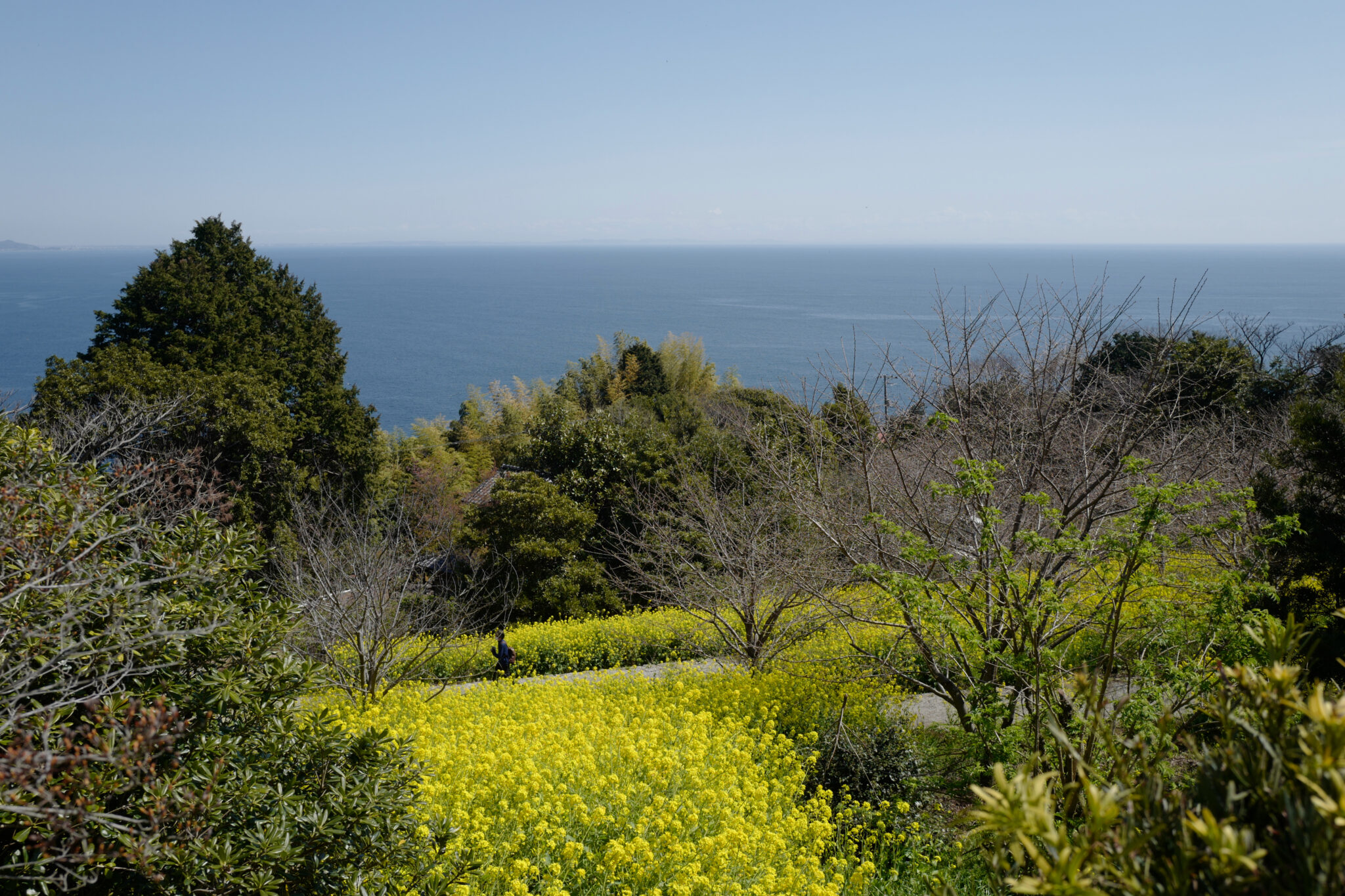
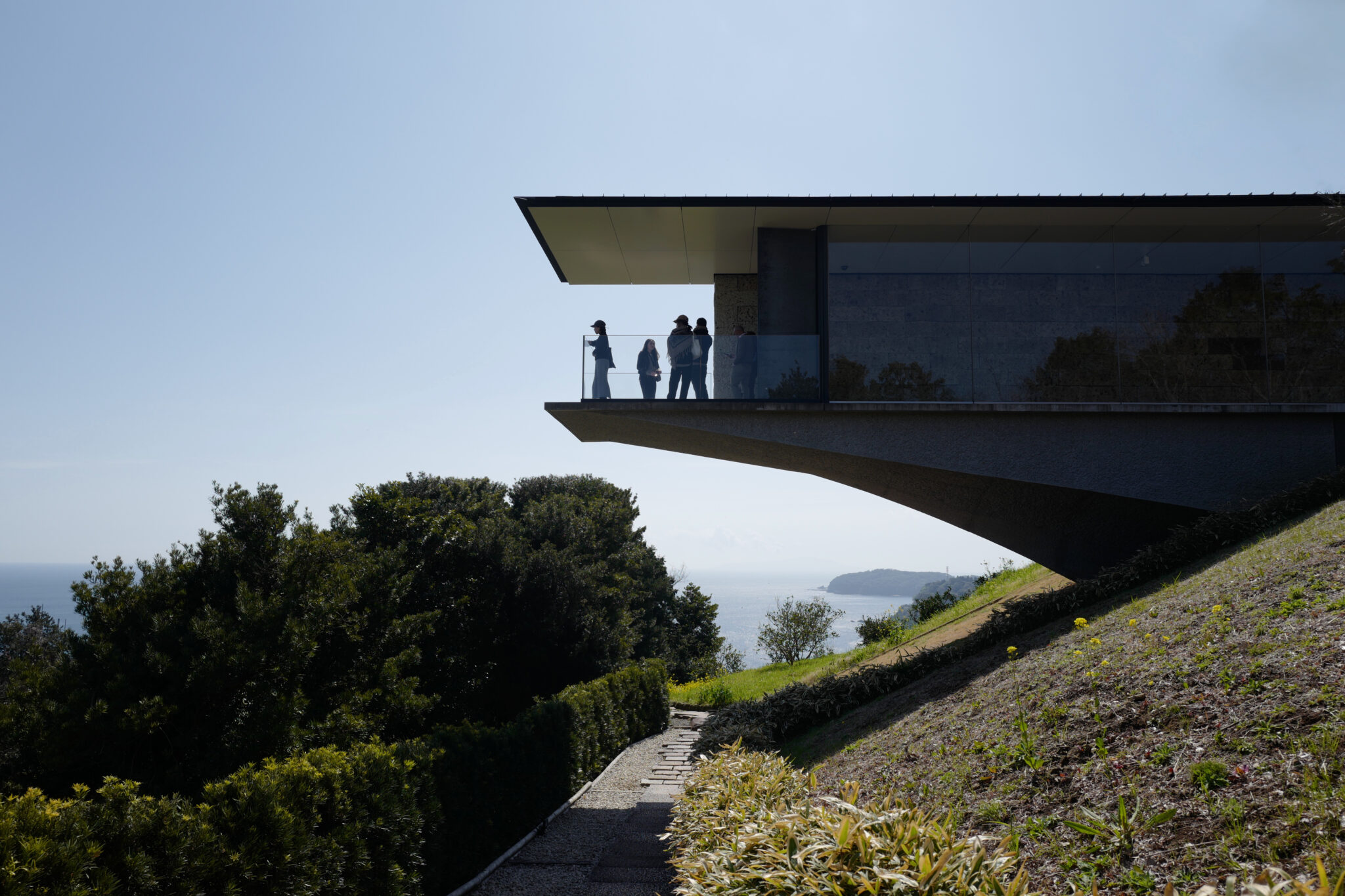
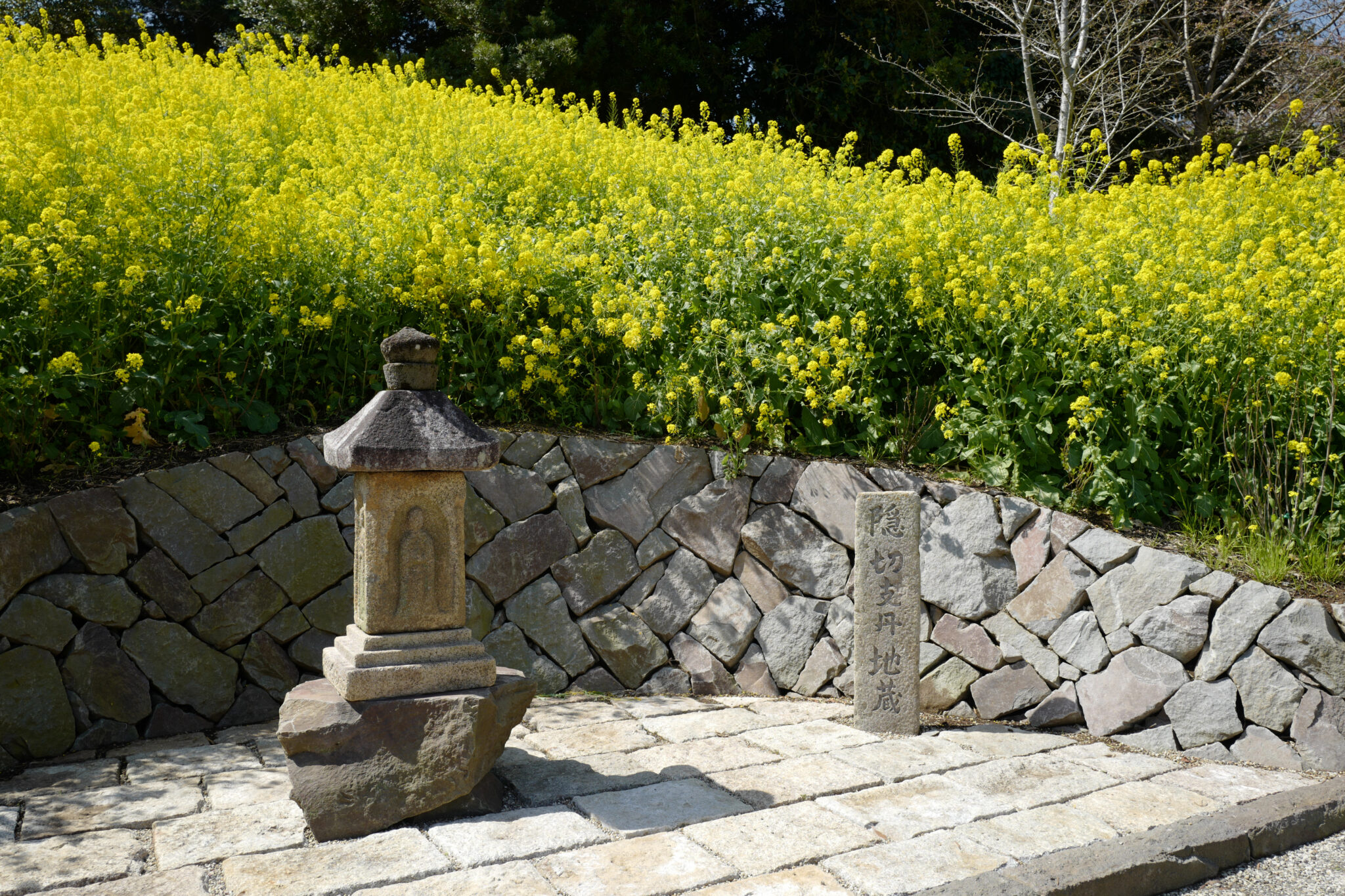
Three sides of this pillar feature carvings of the Jizō bodhisattva, while a Christian cross is carved into the back where it could have been worshipped in secret (reminiscent of the movie Silence).
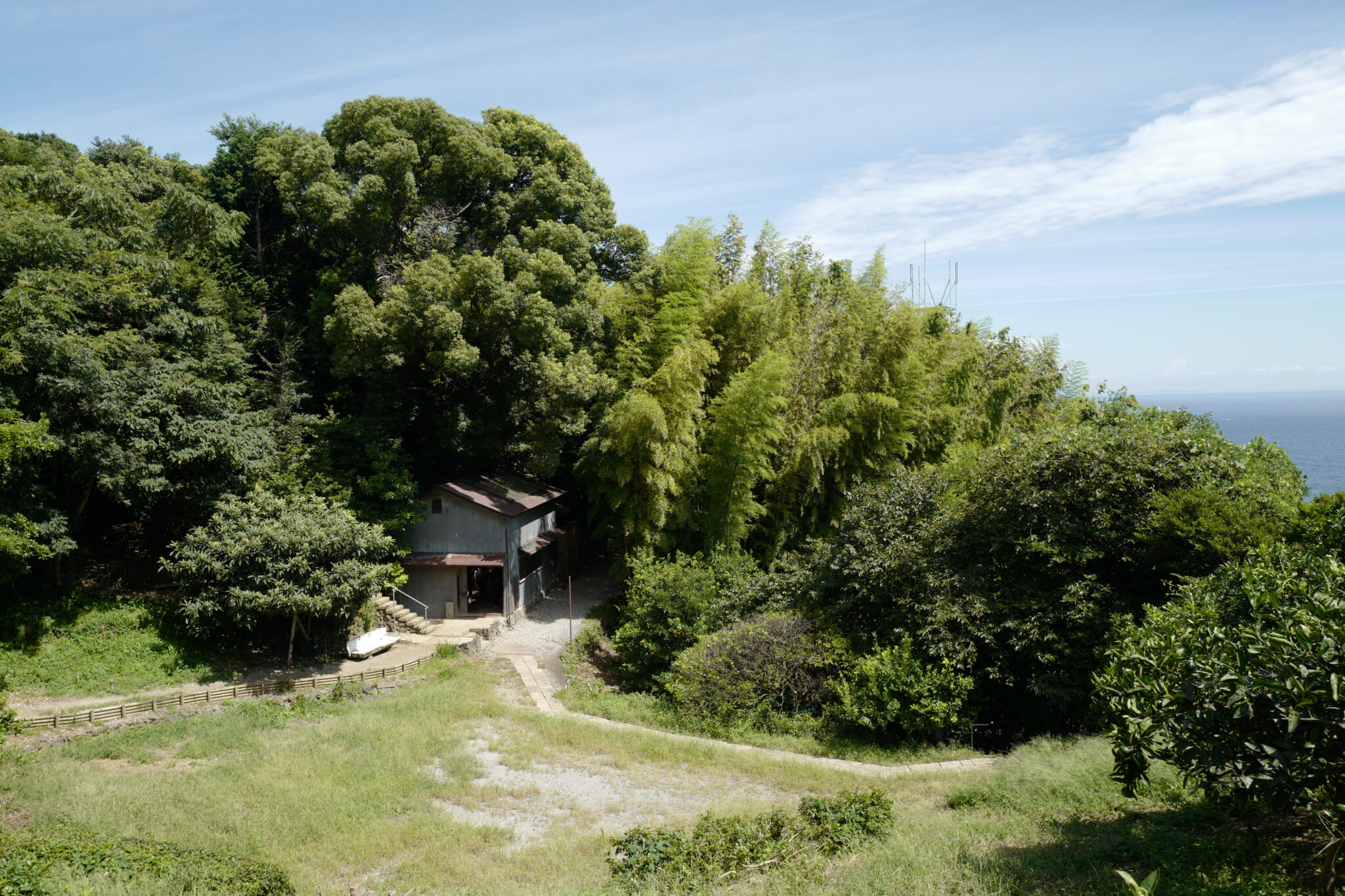
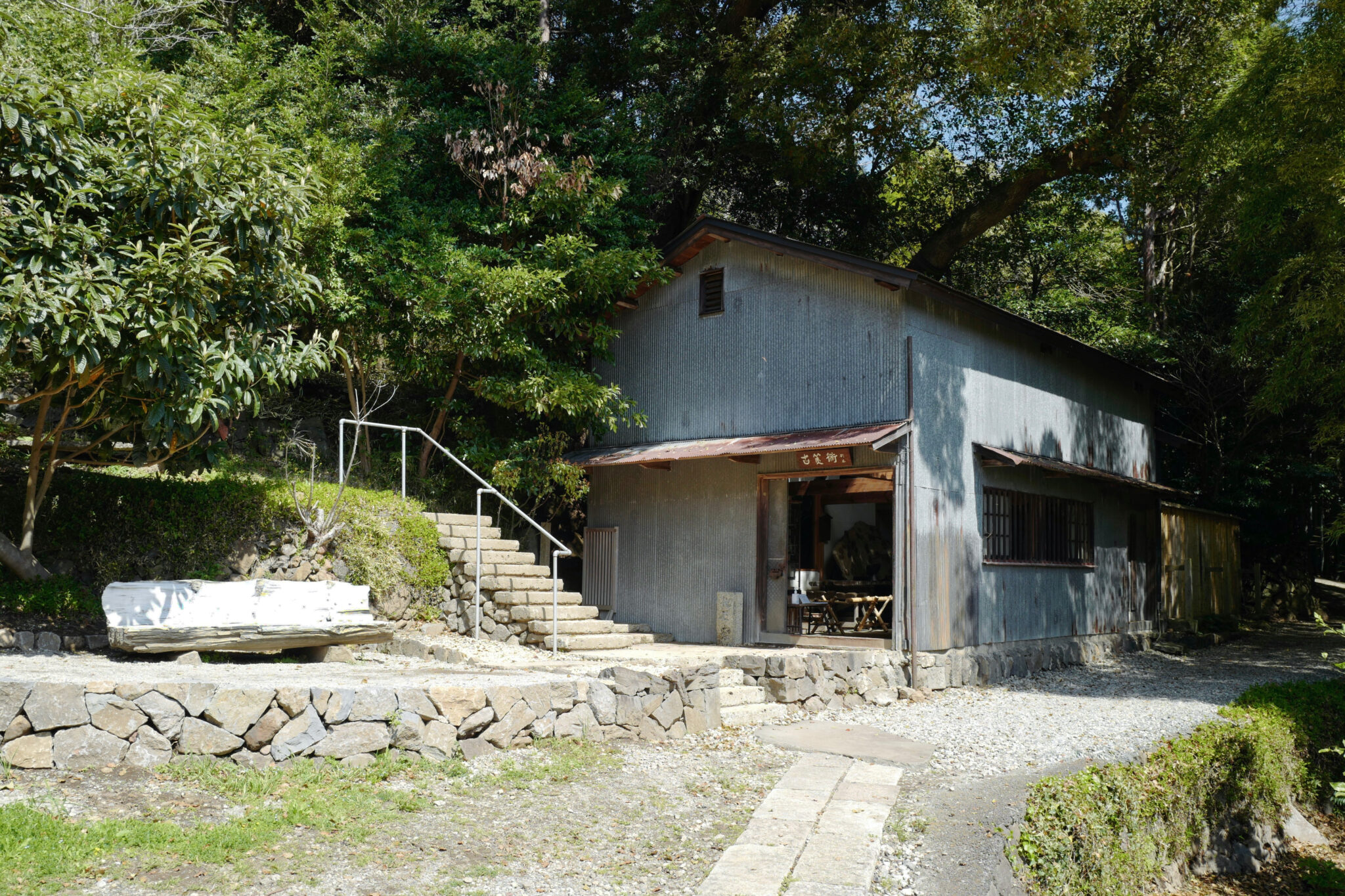
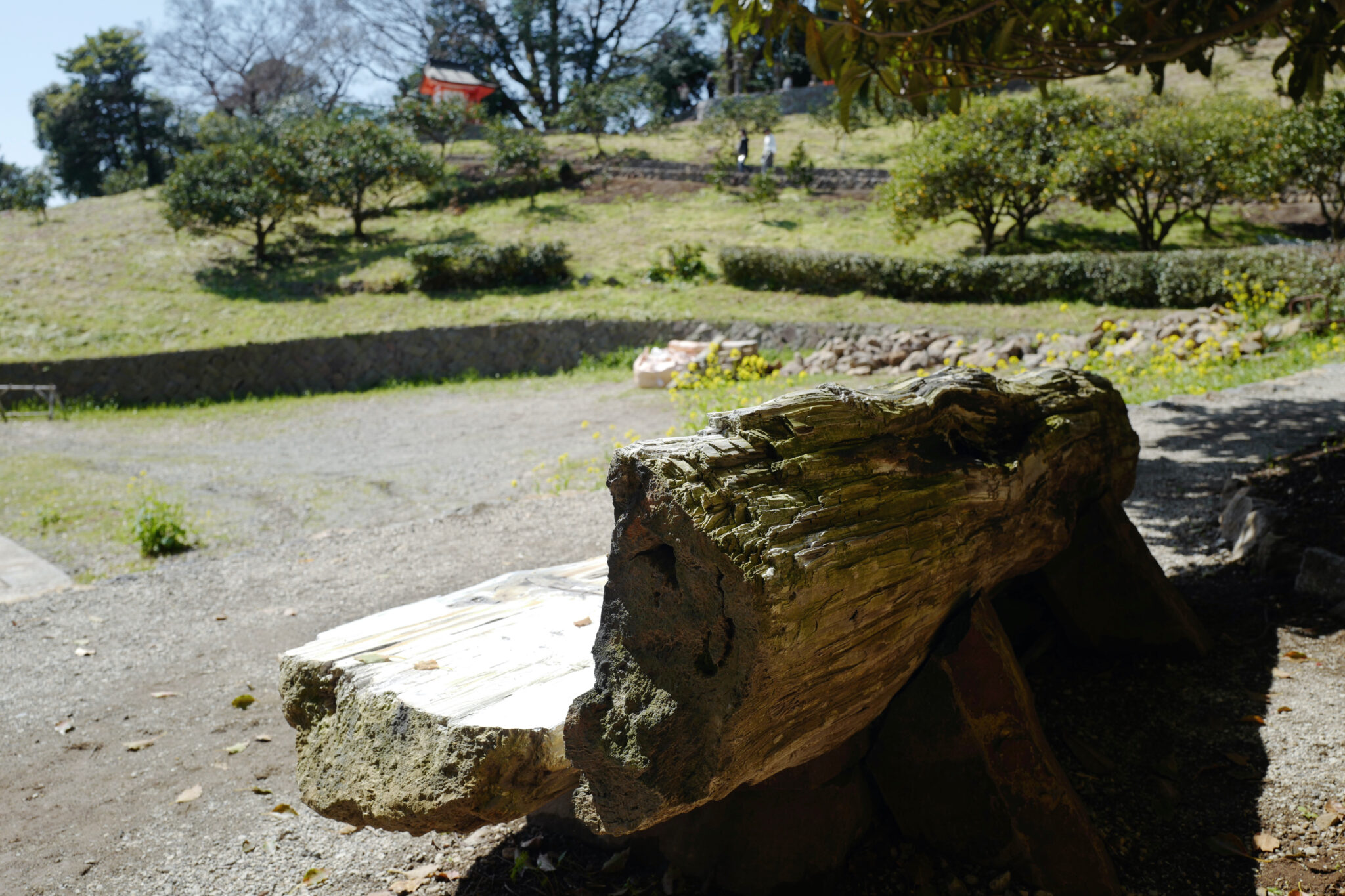
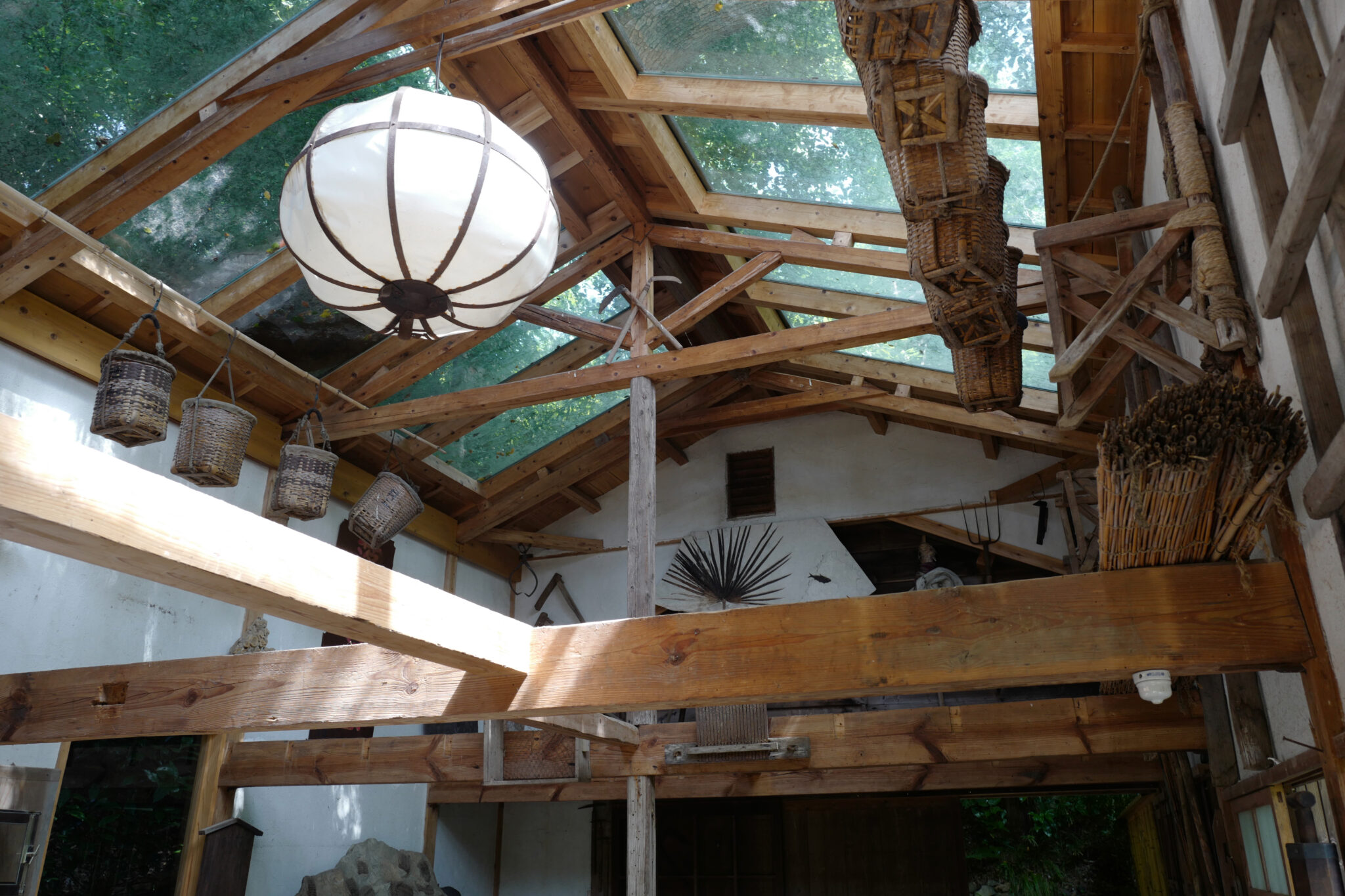
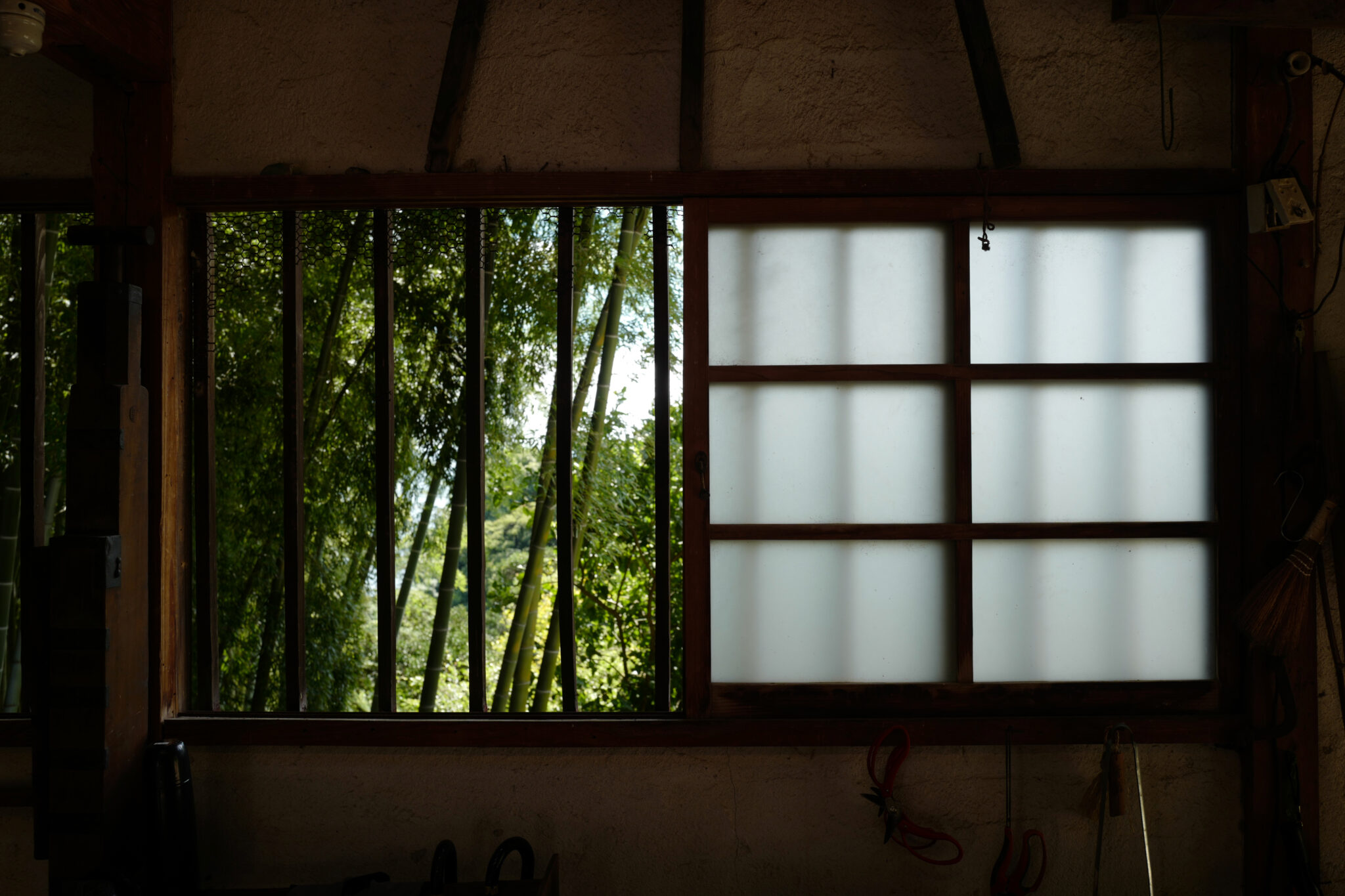
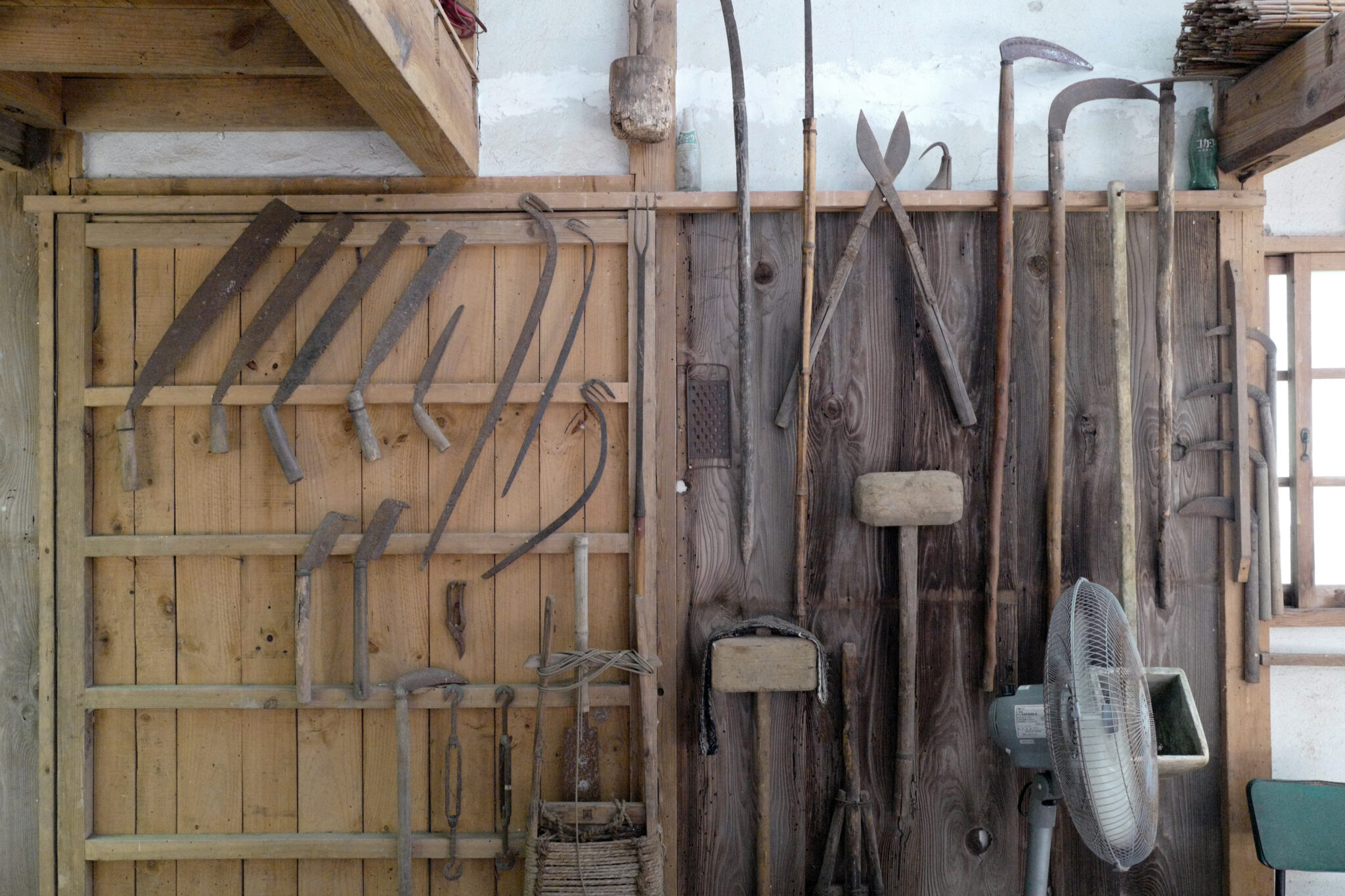
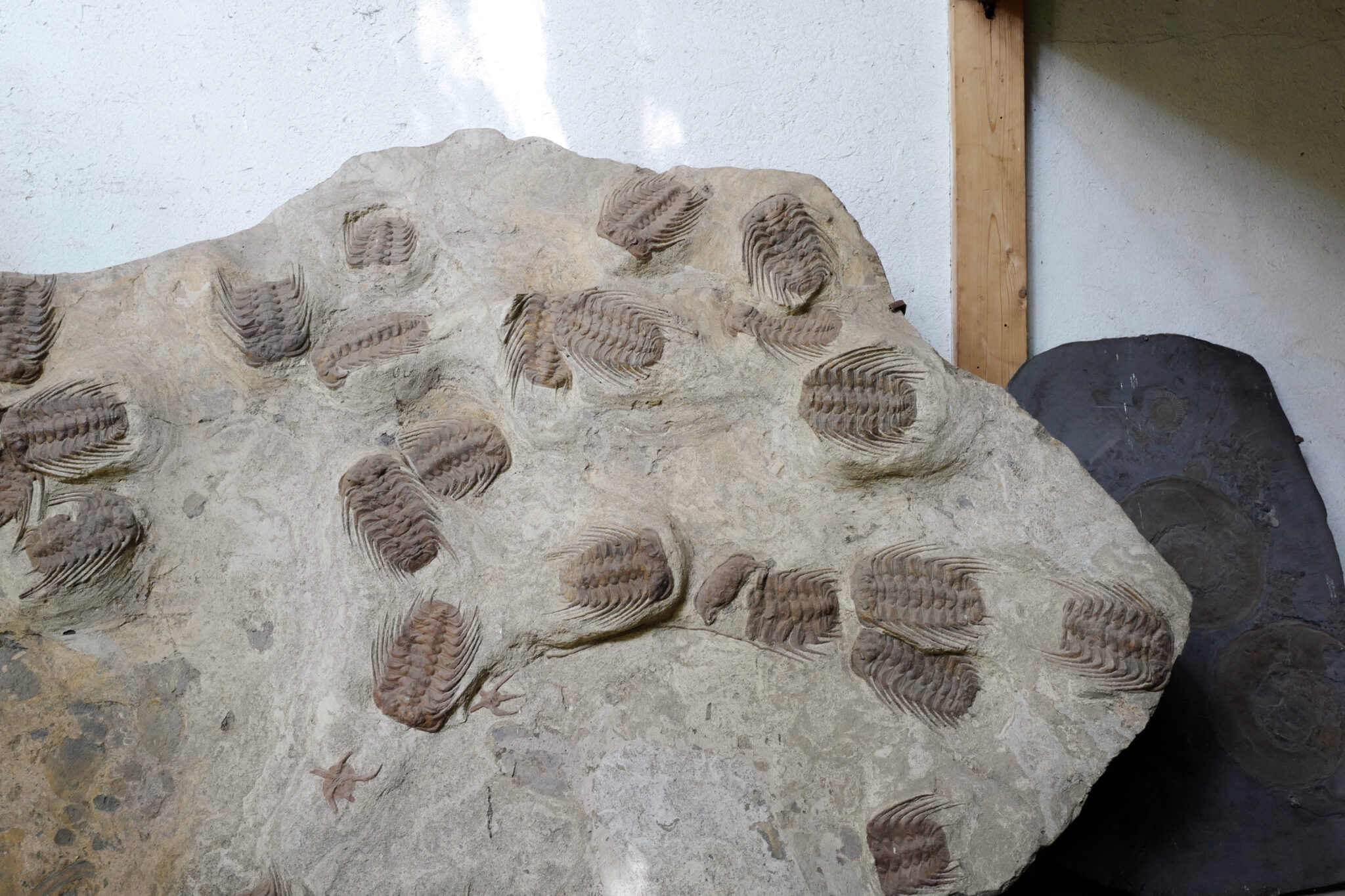
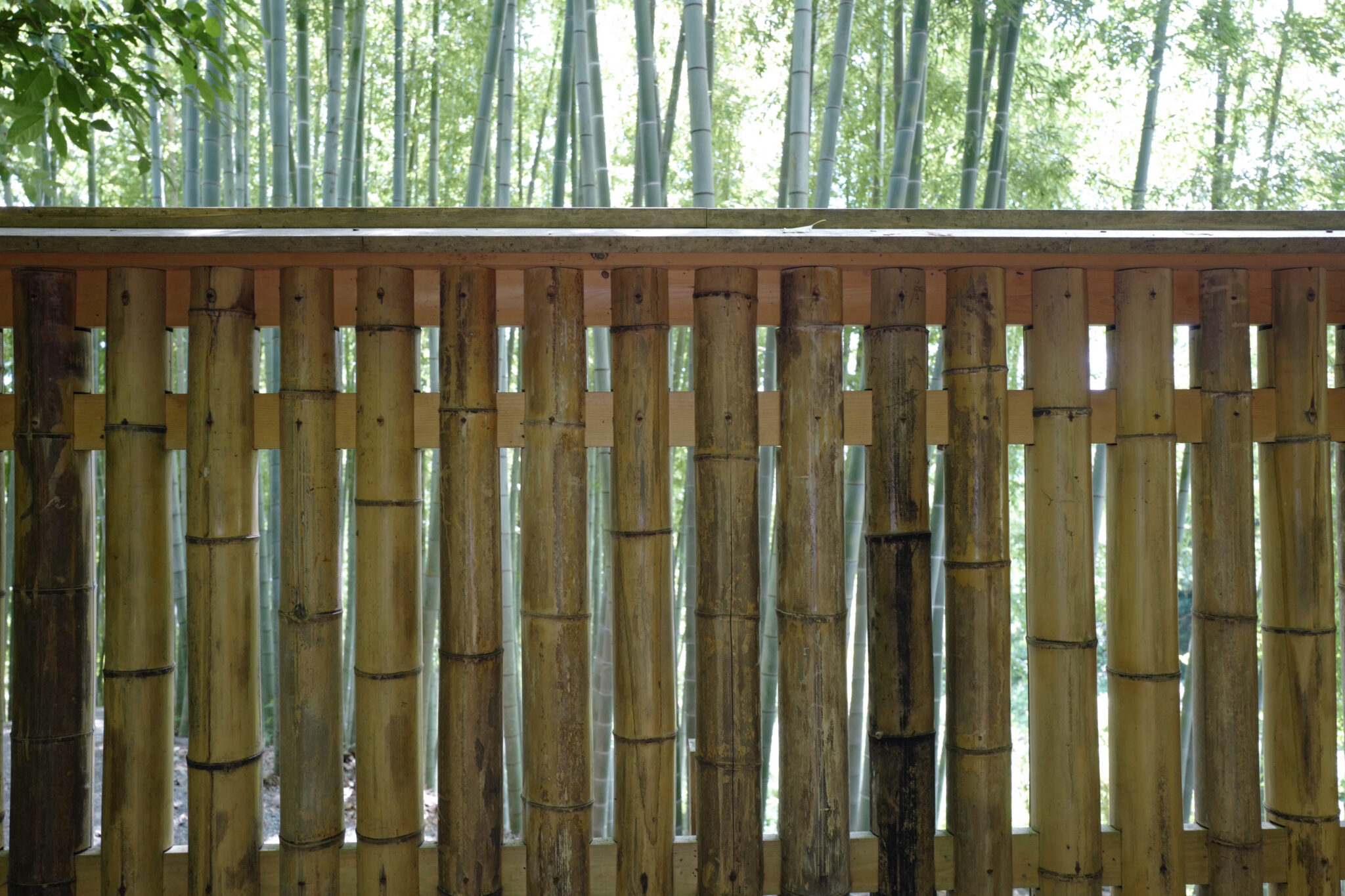
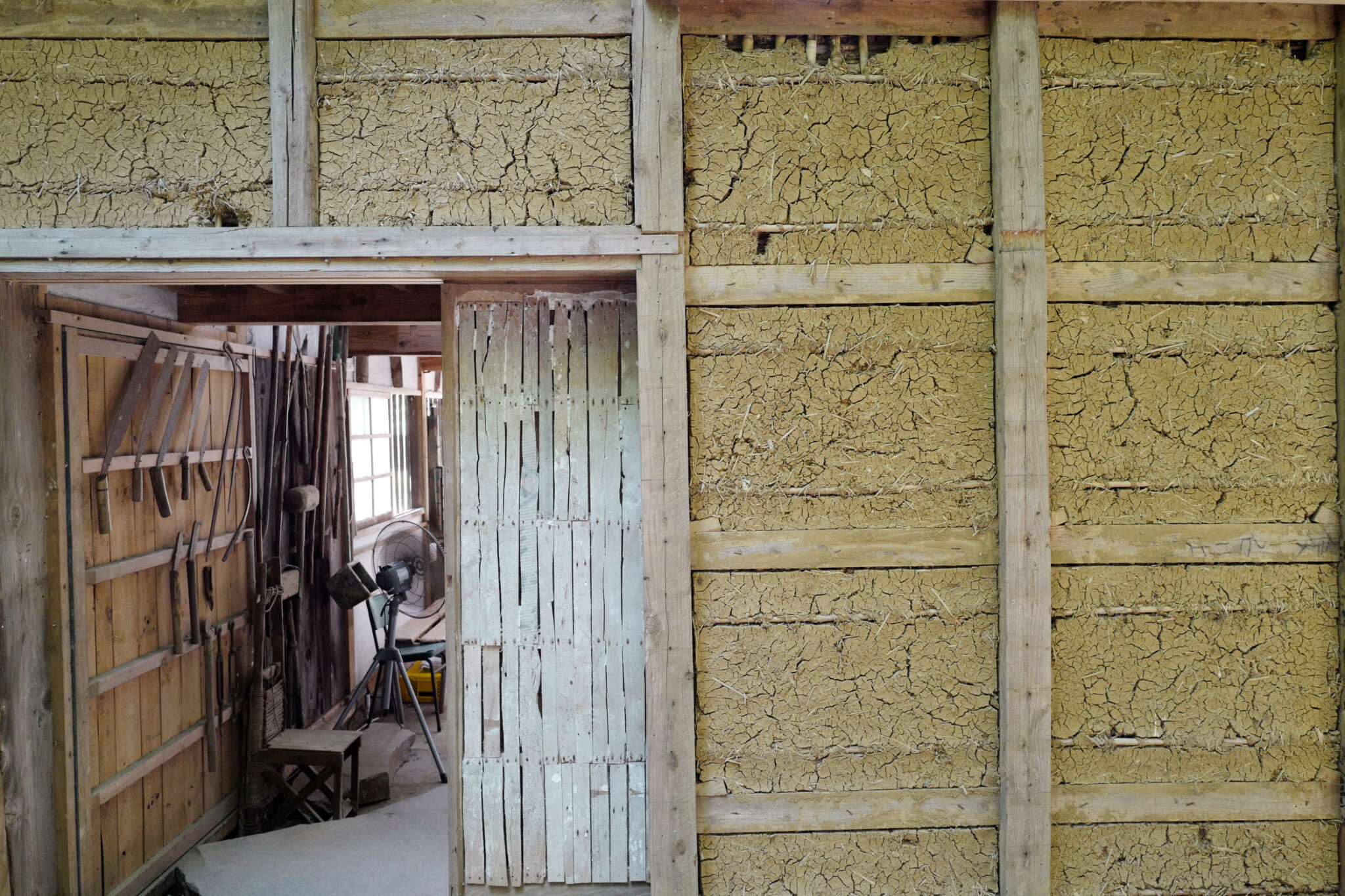
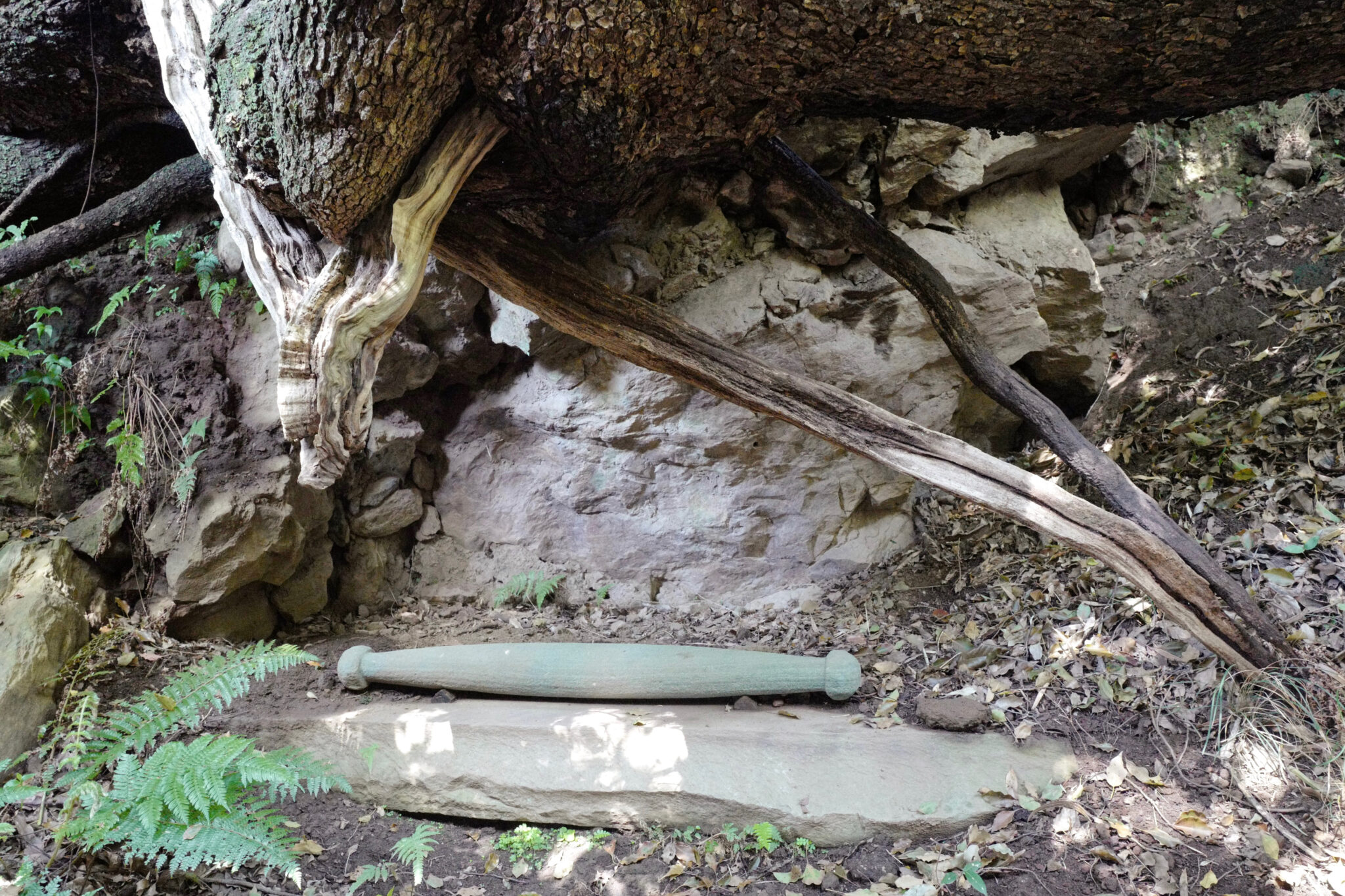
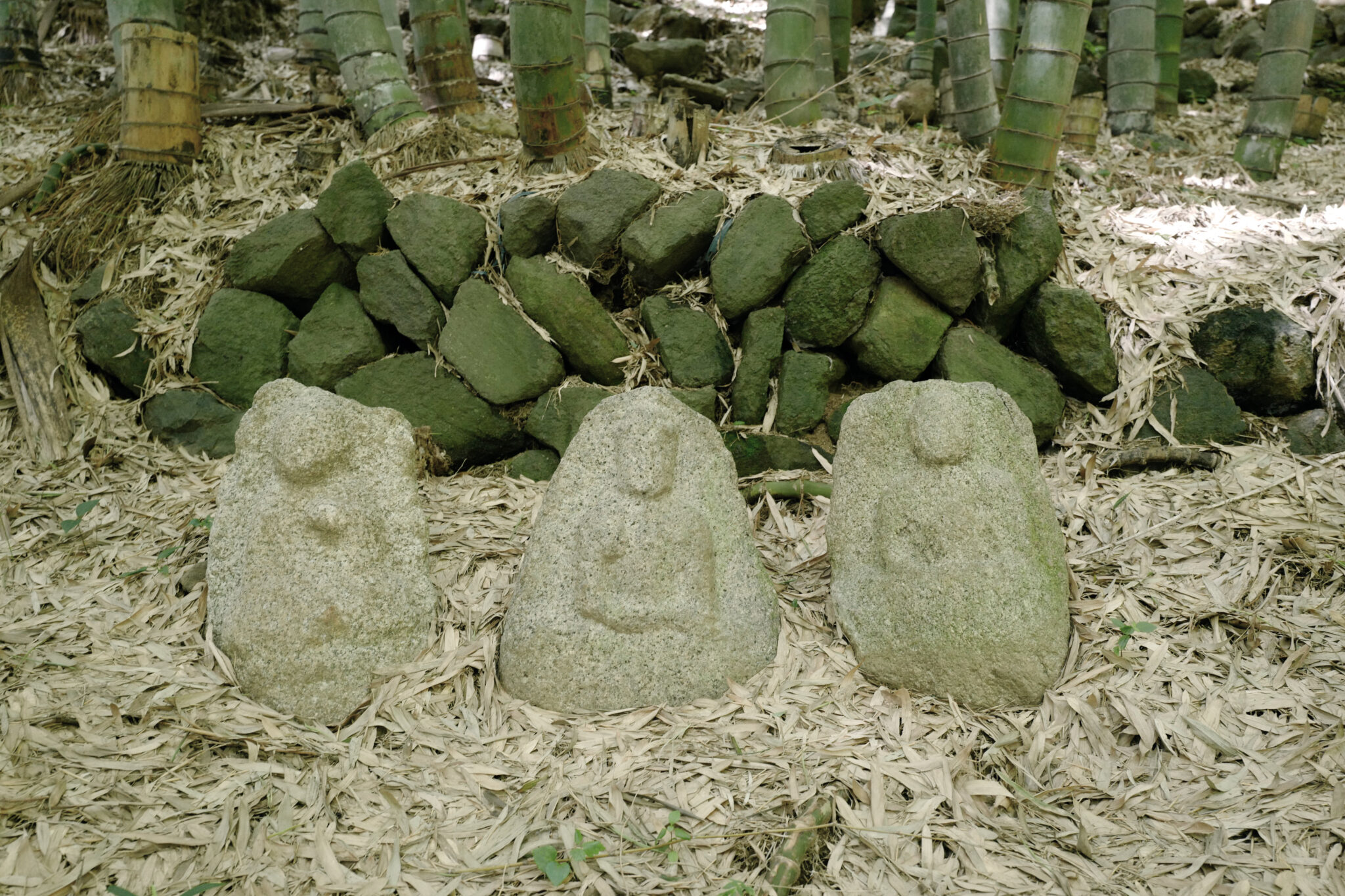
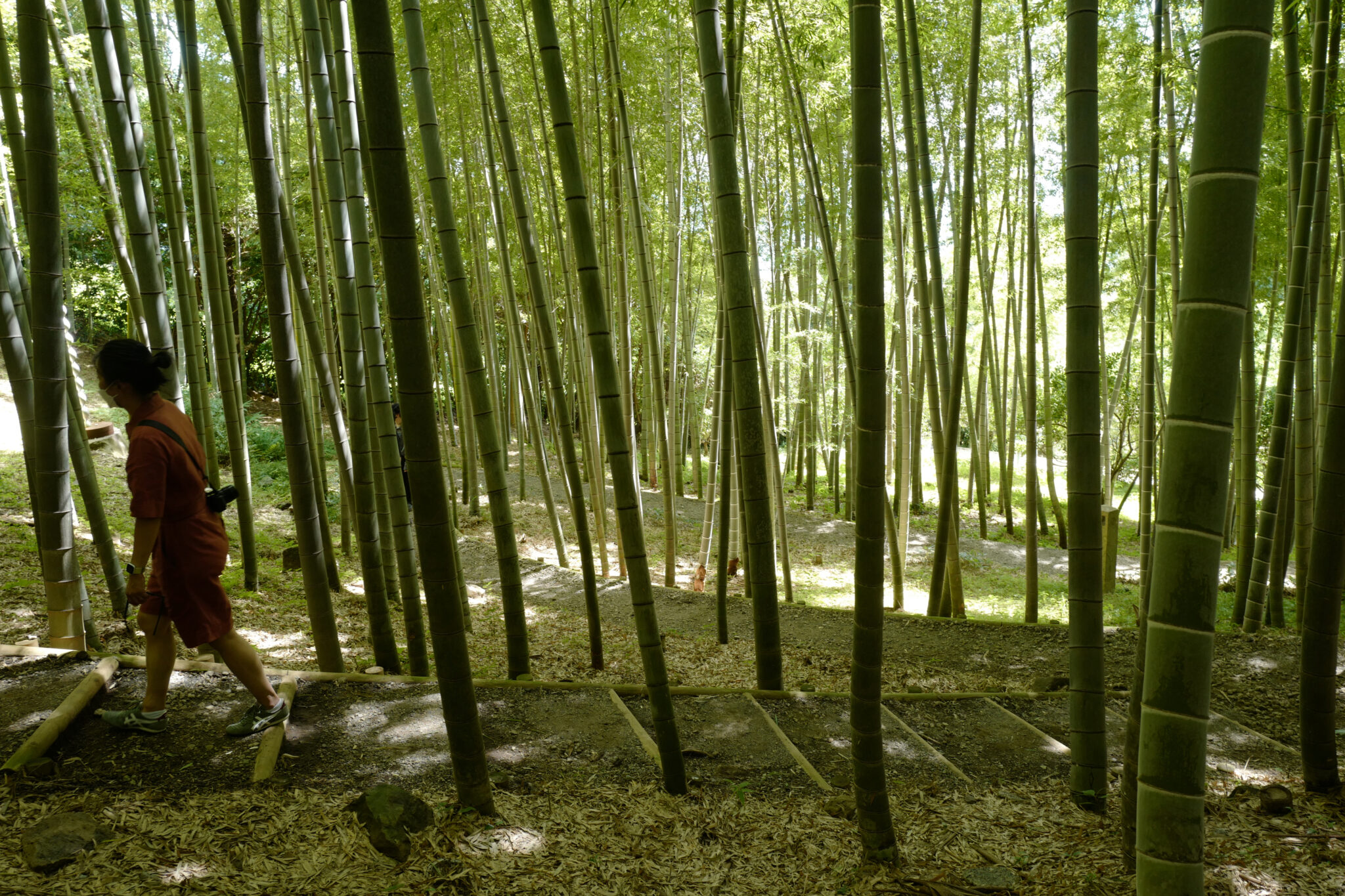
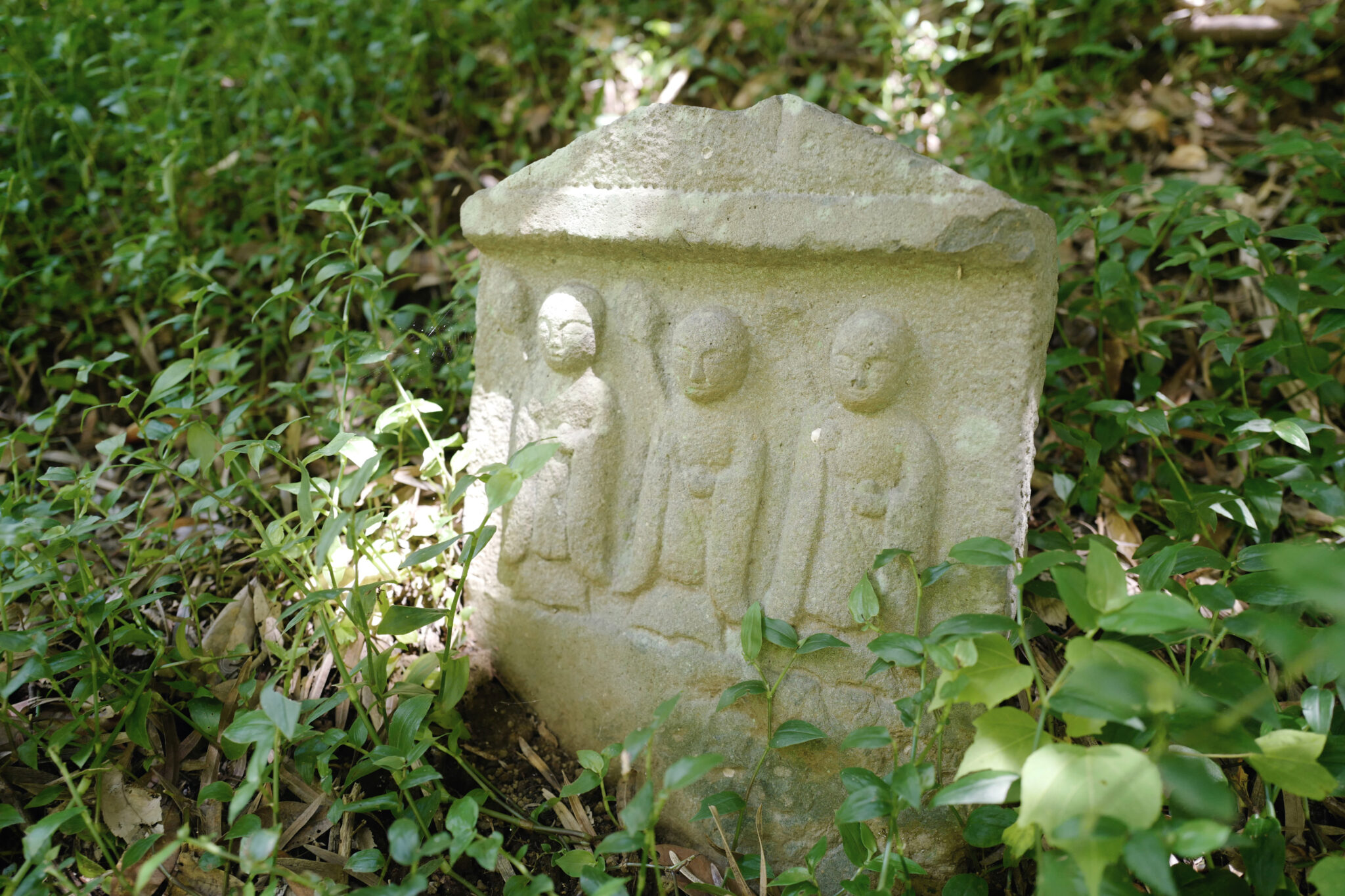
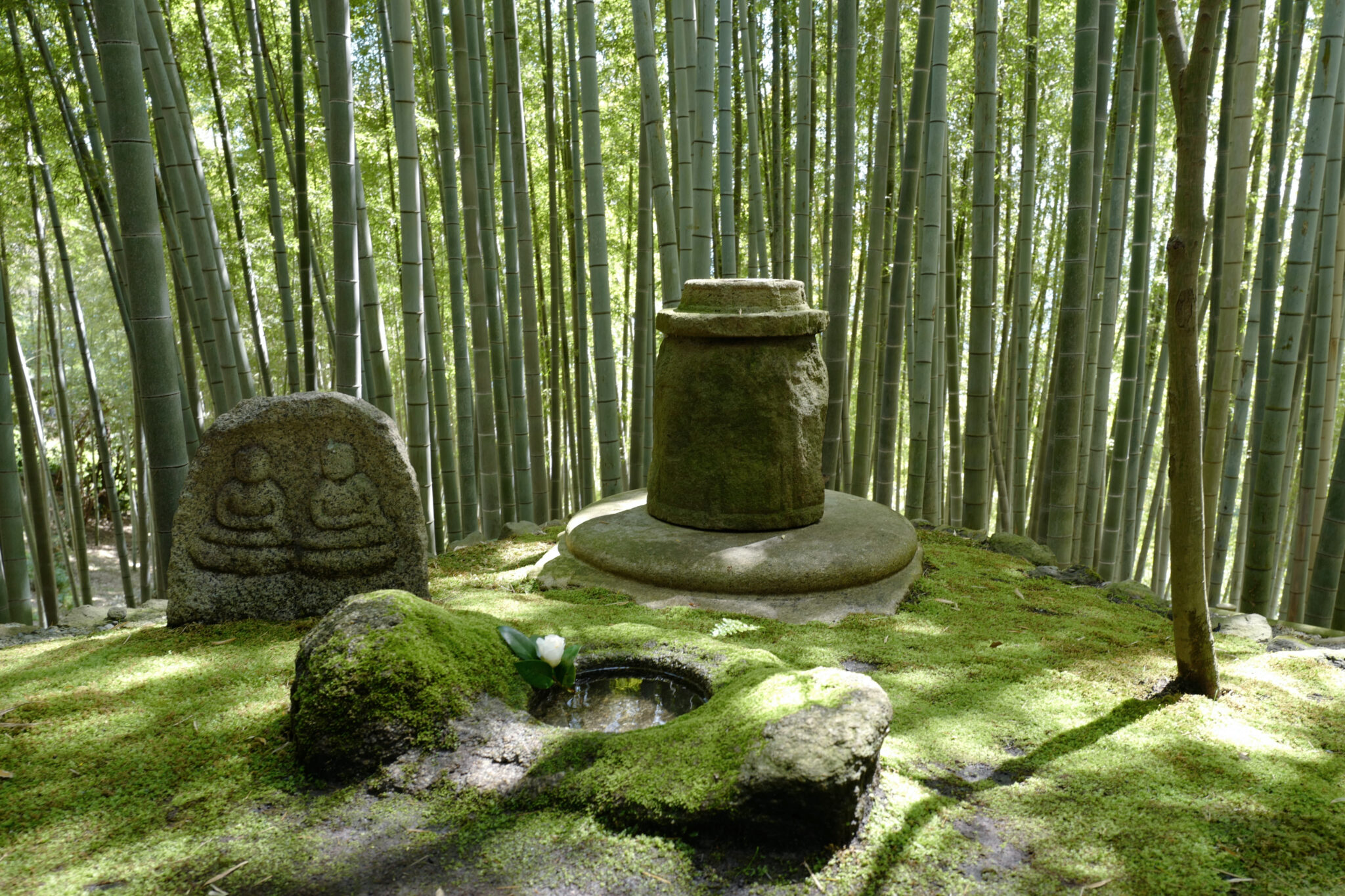
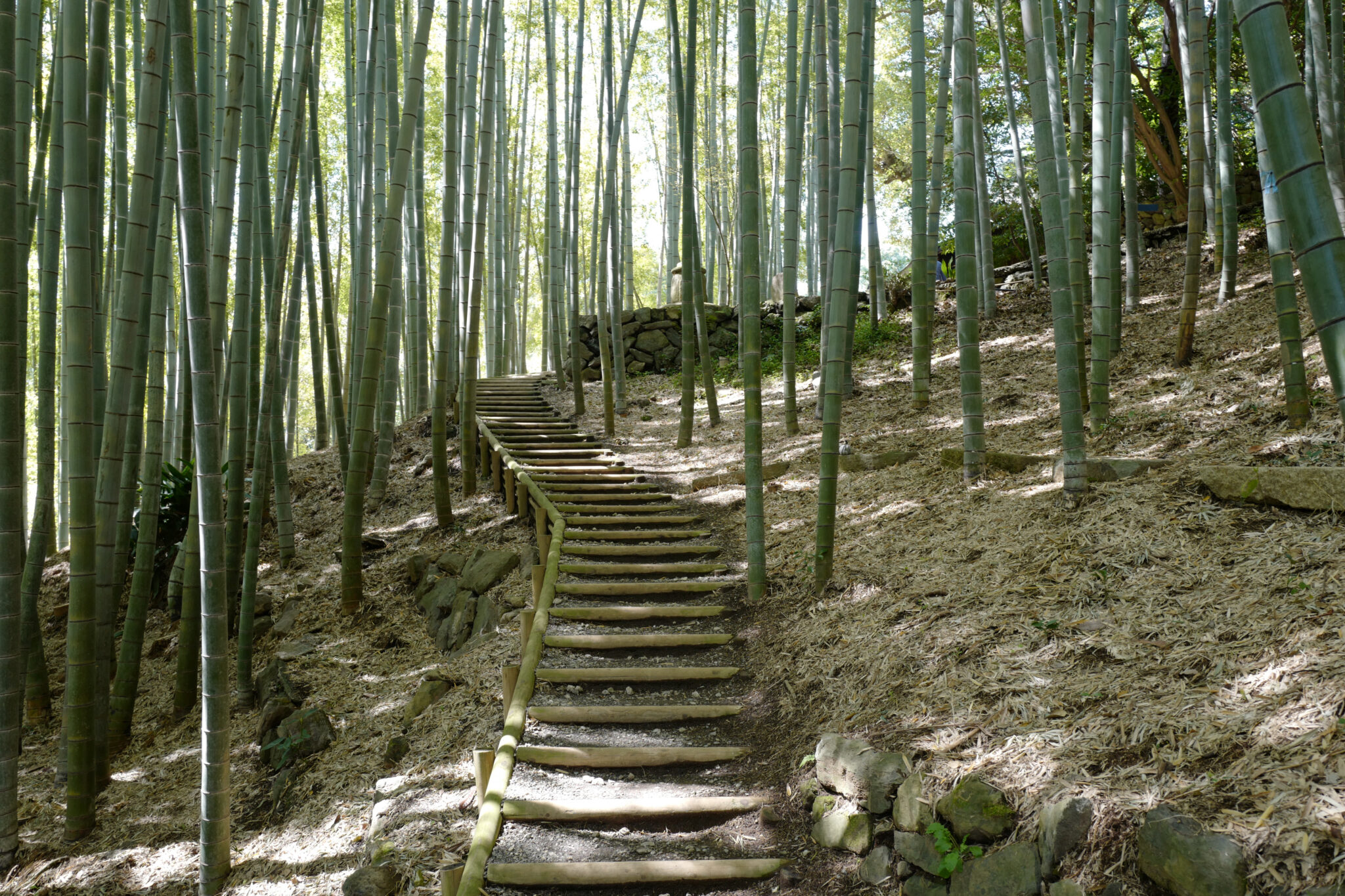
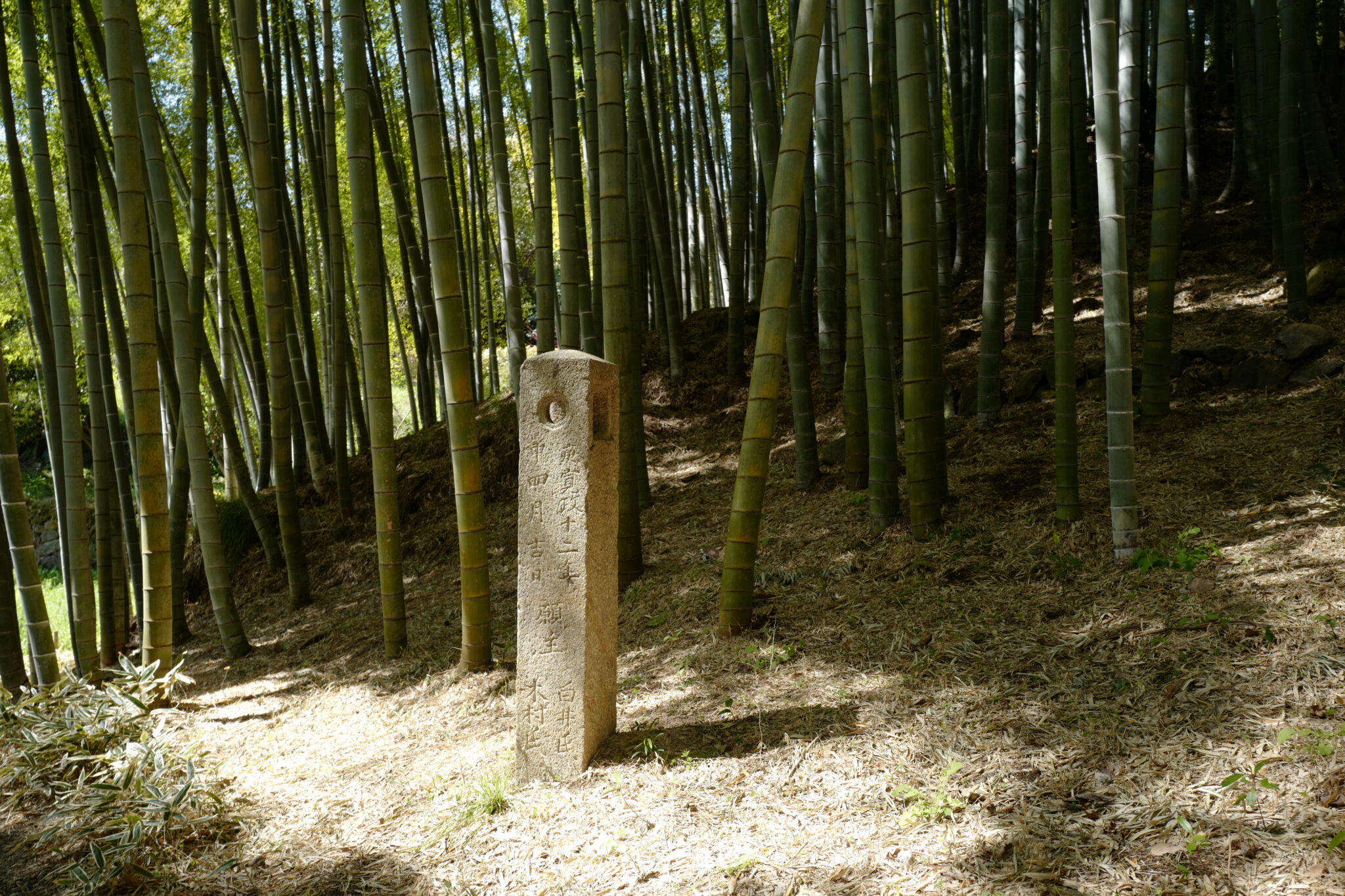
Every object has its own story here, yet bought into this new context there is something tantalising about what message or memory each now conveys.
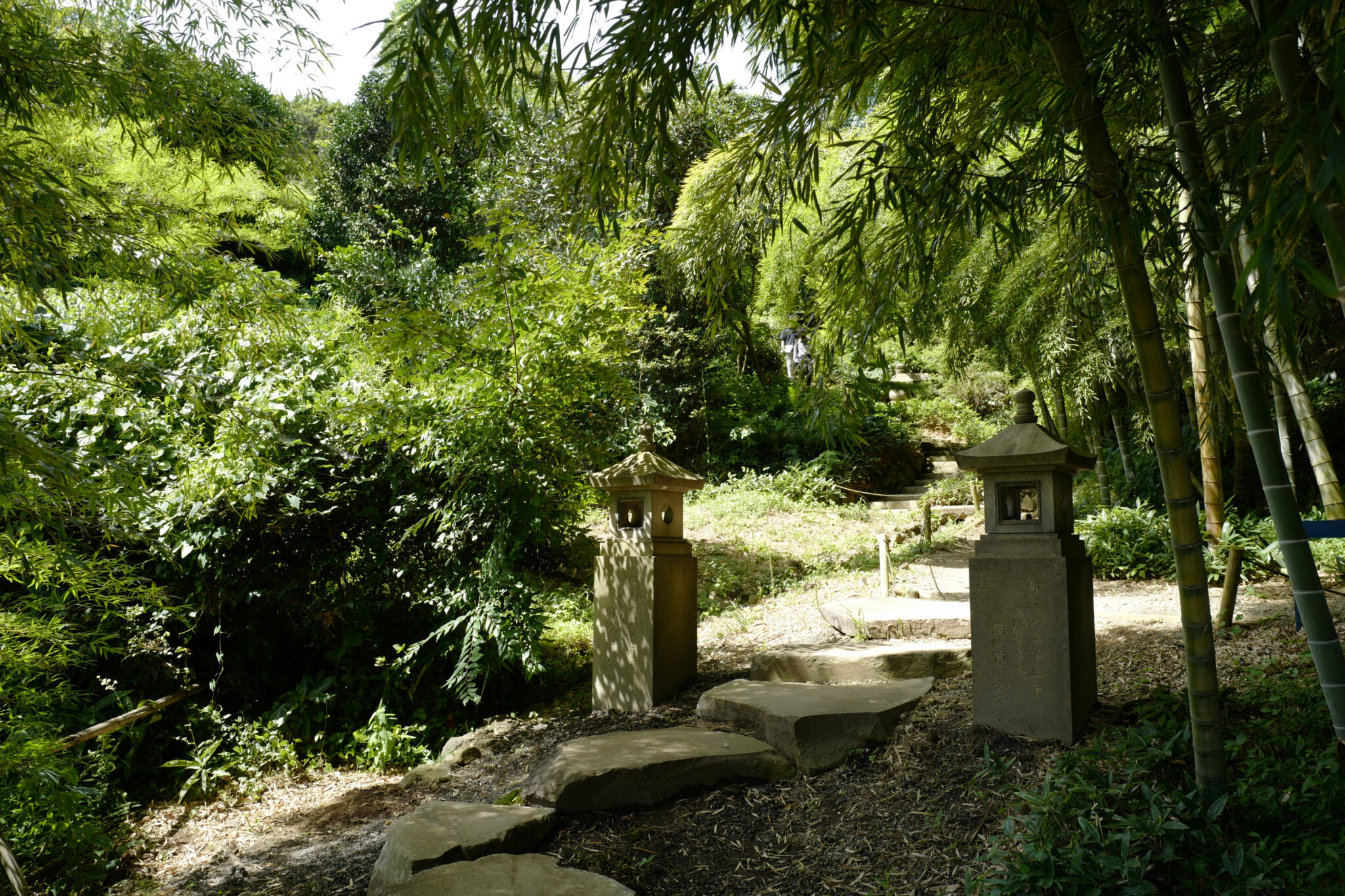
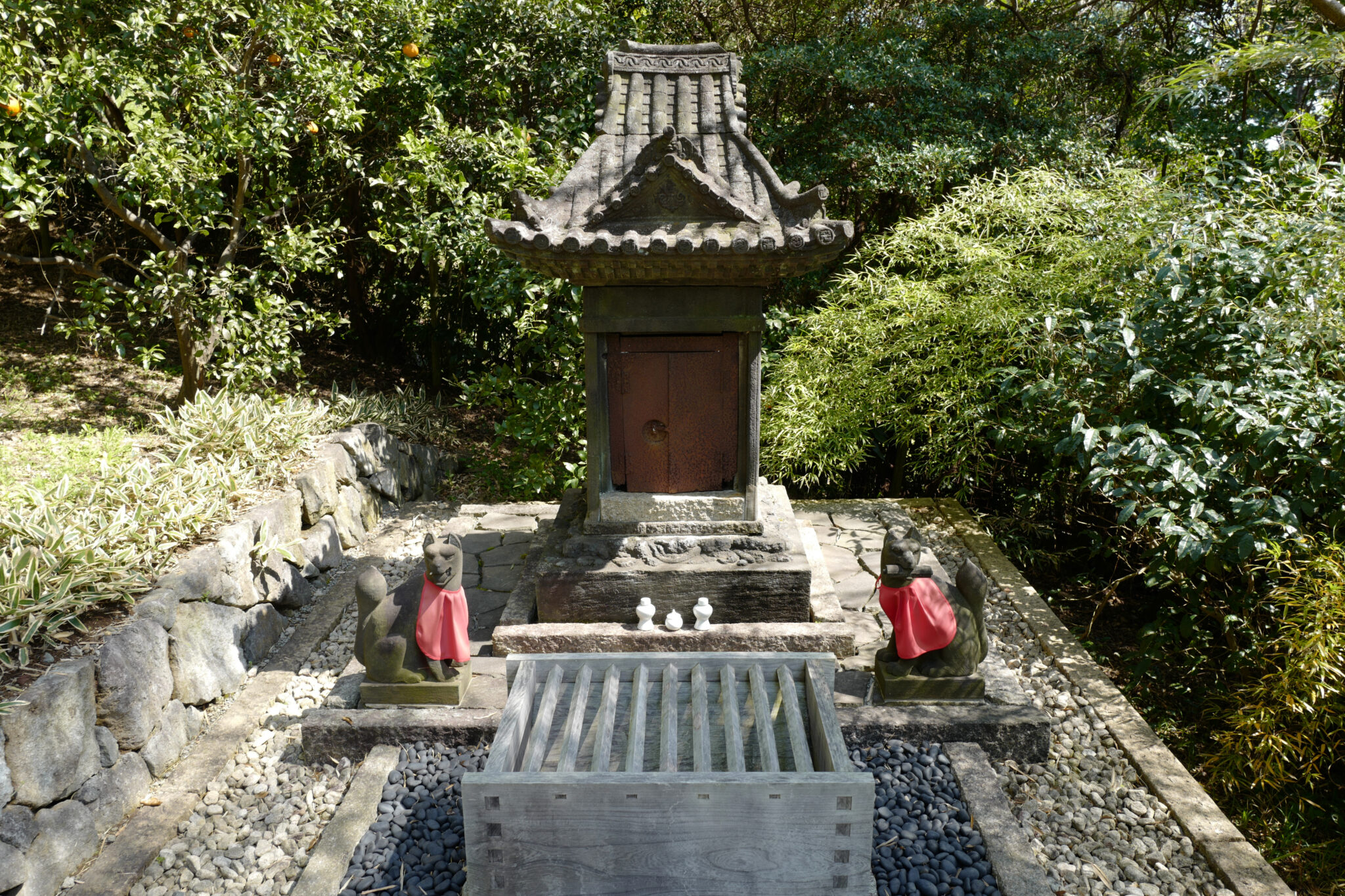
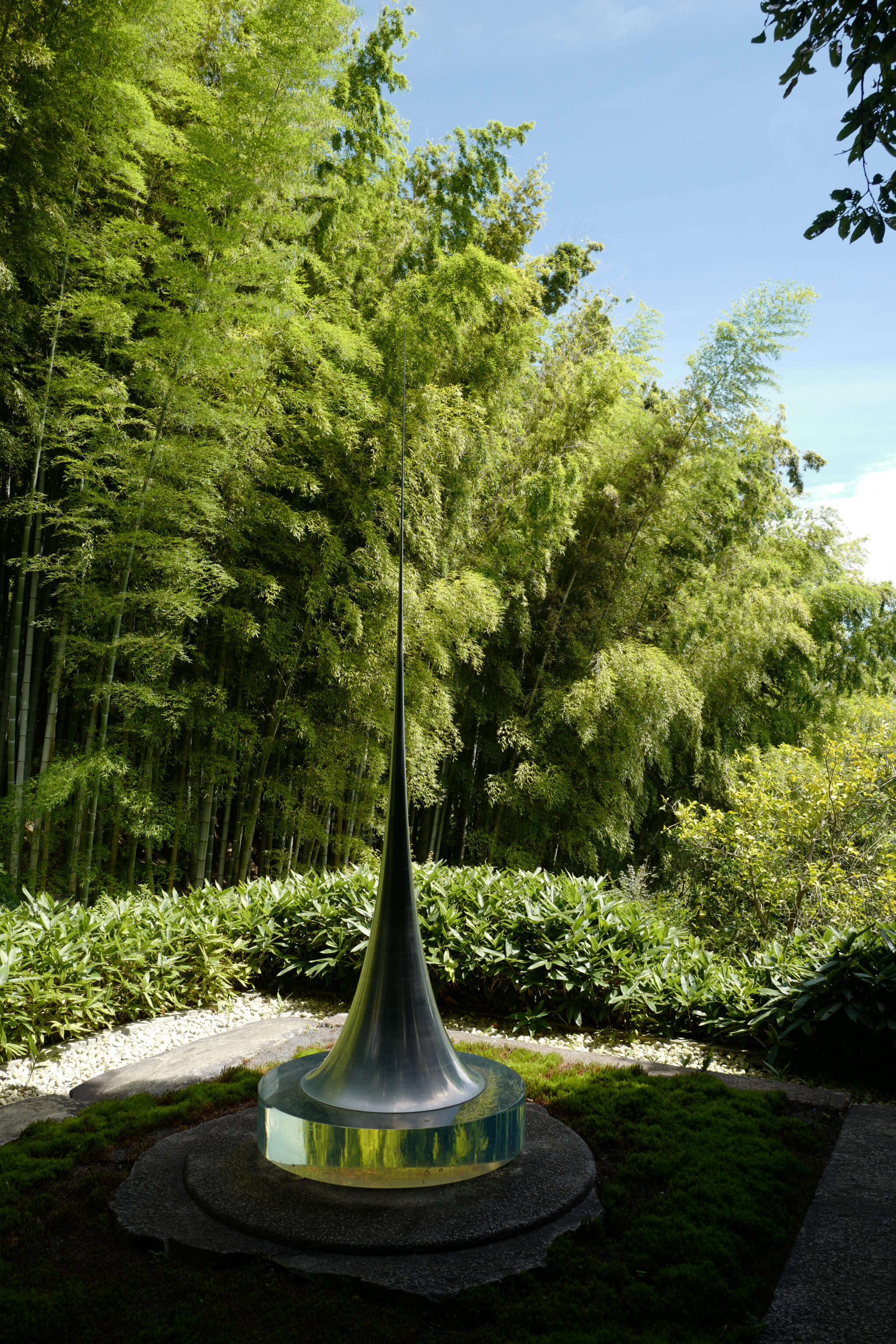
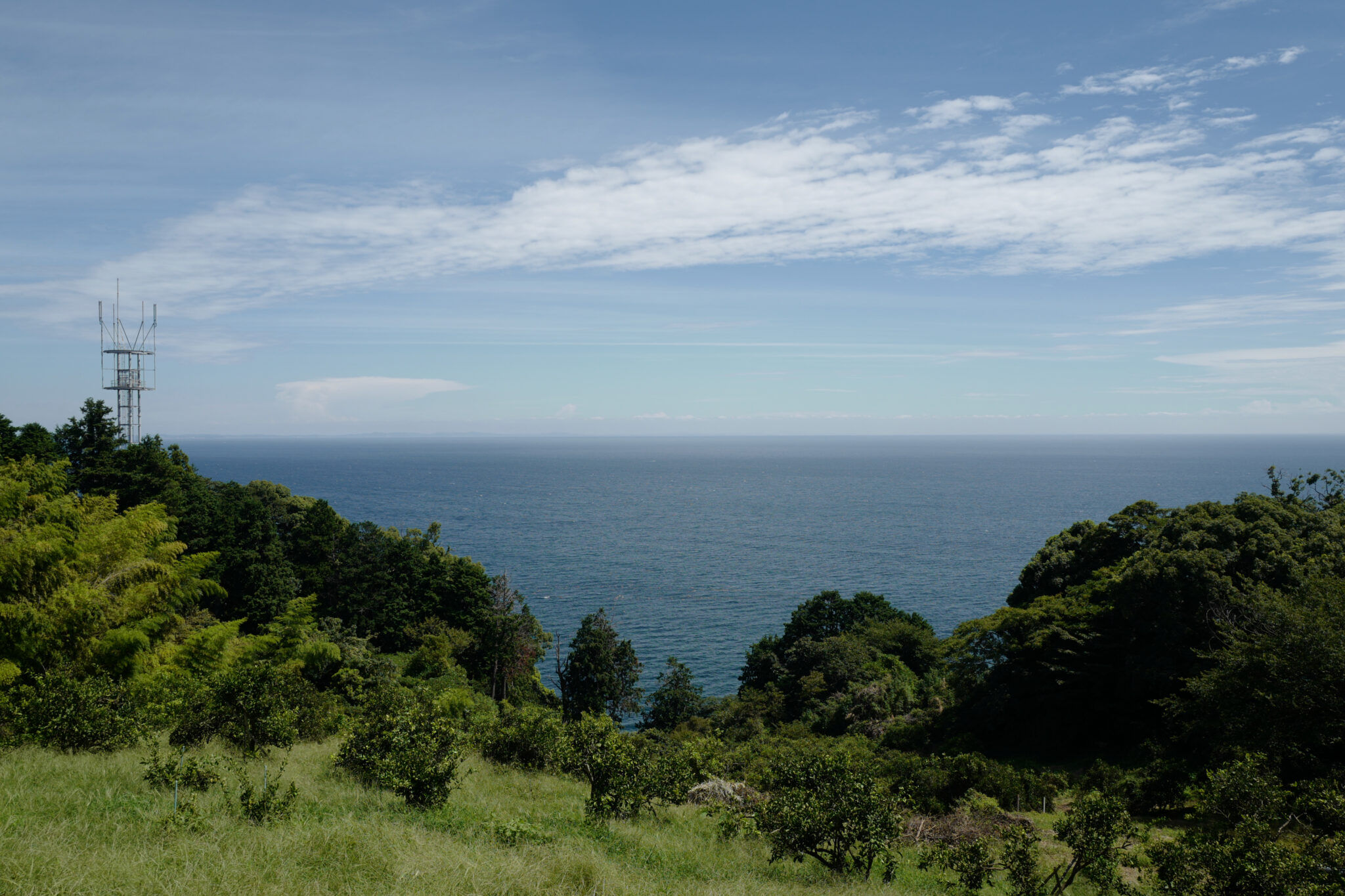
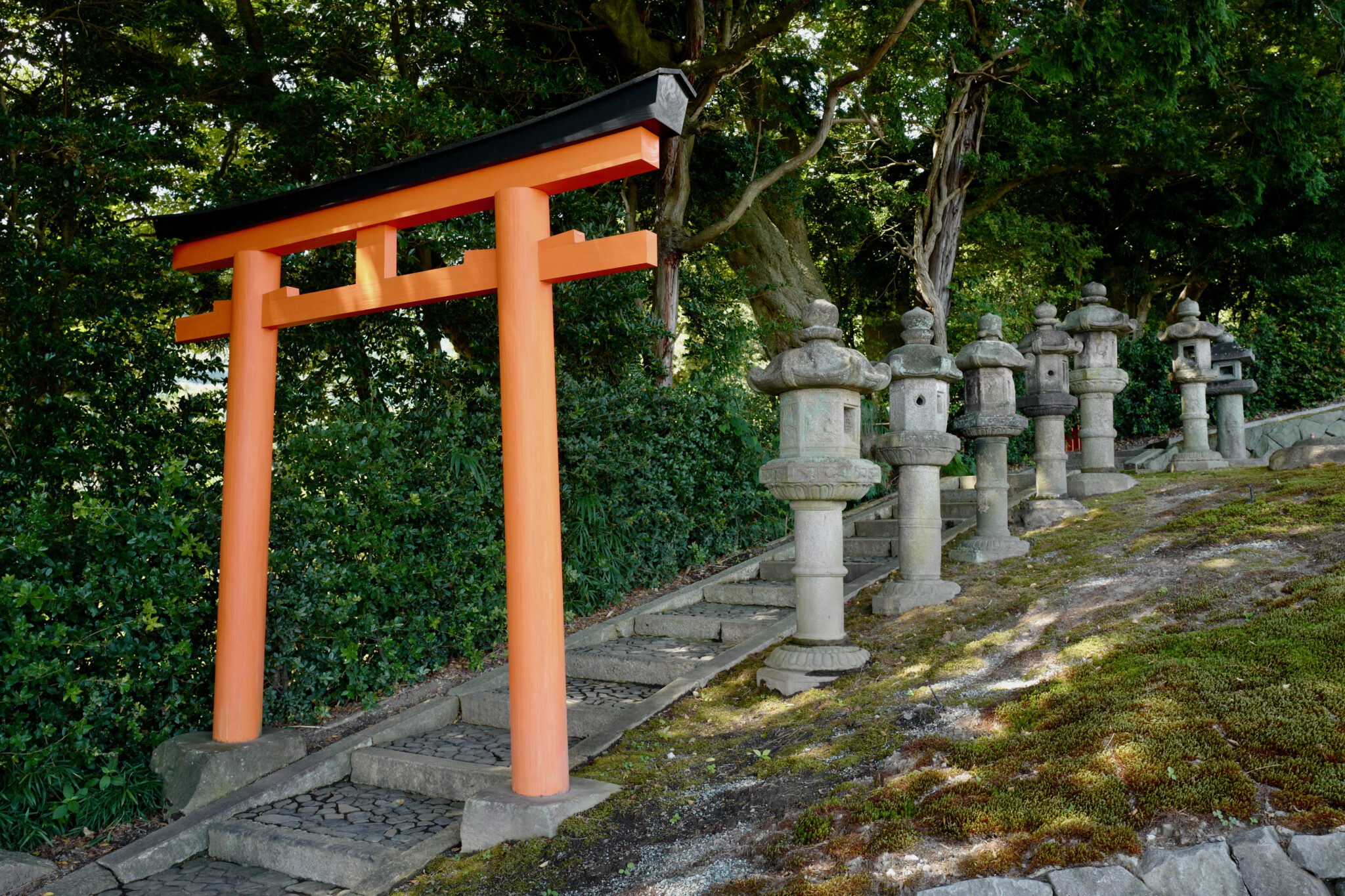
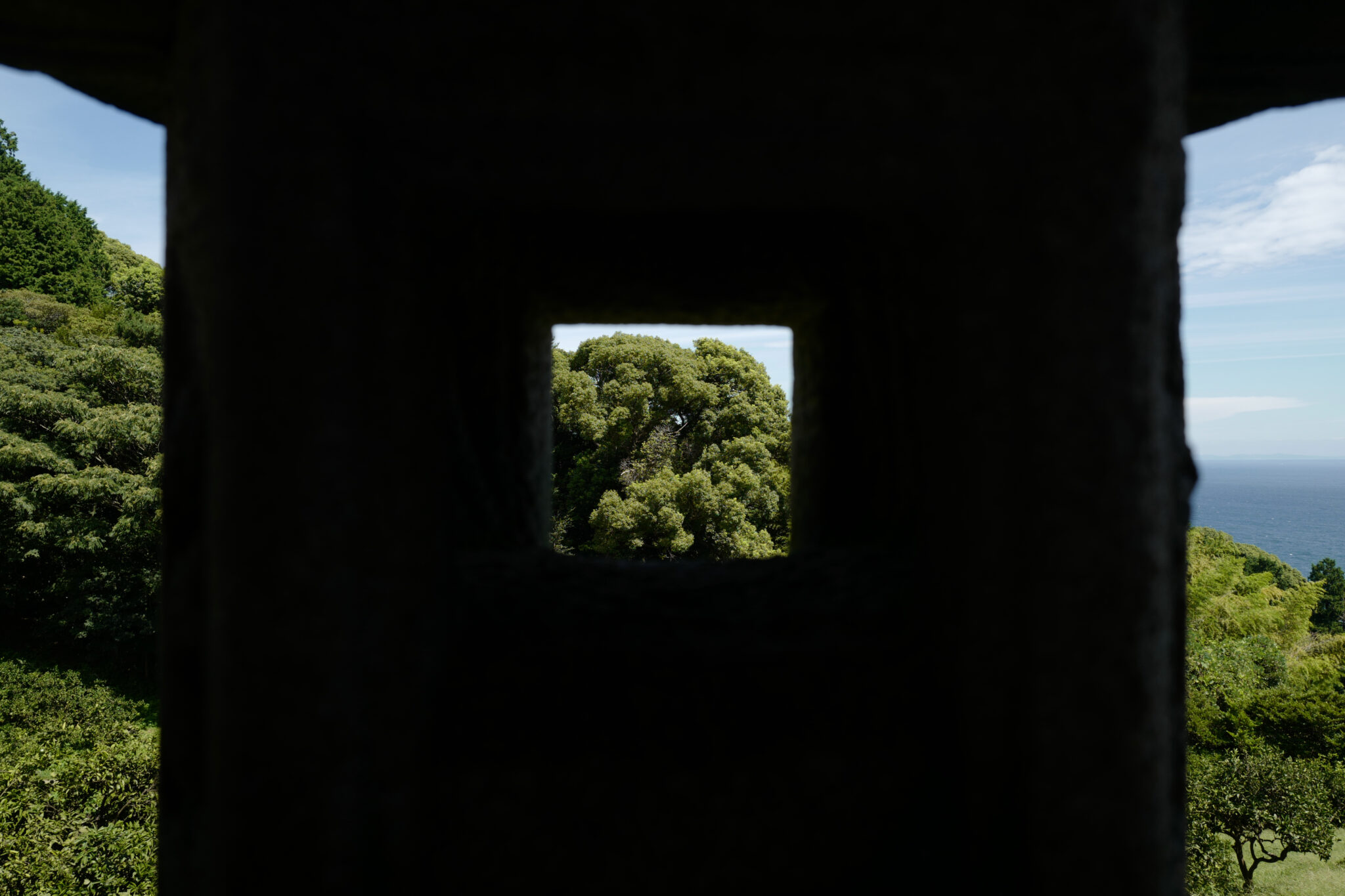
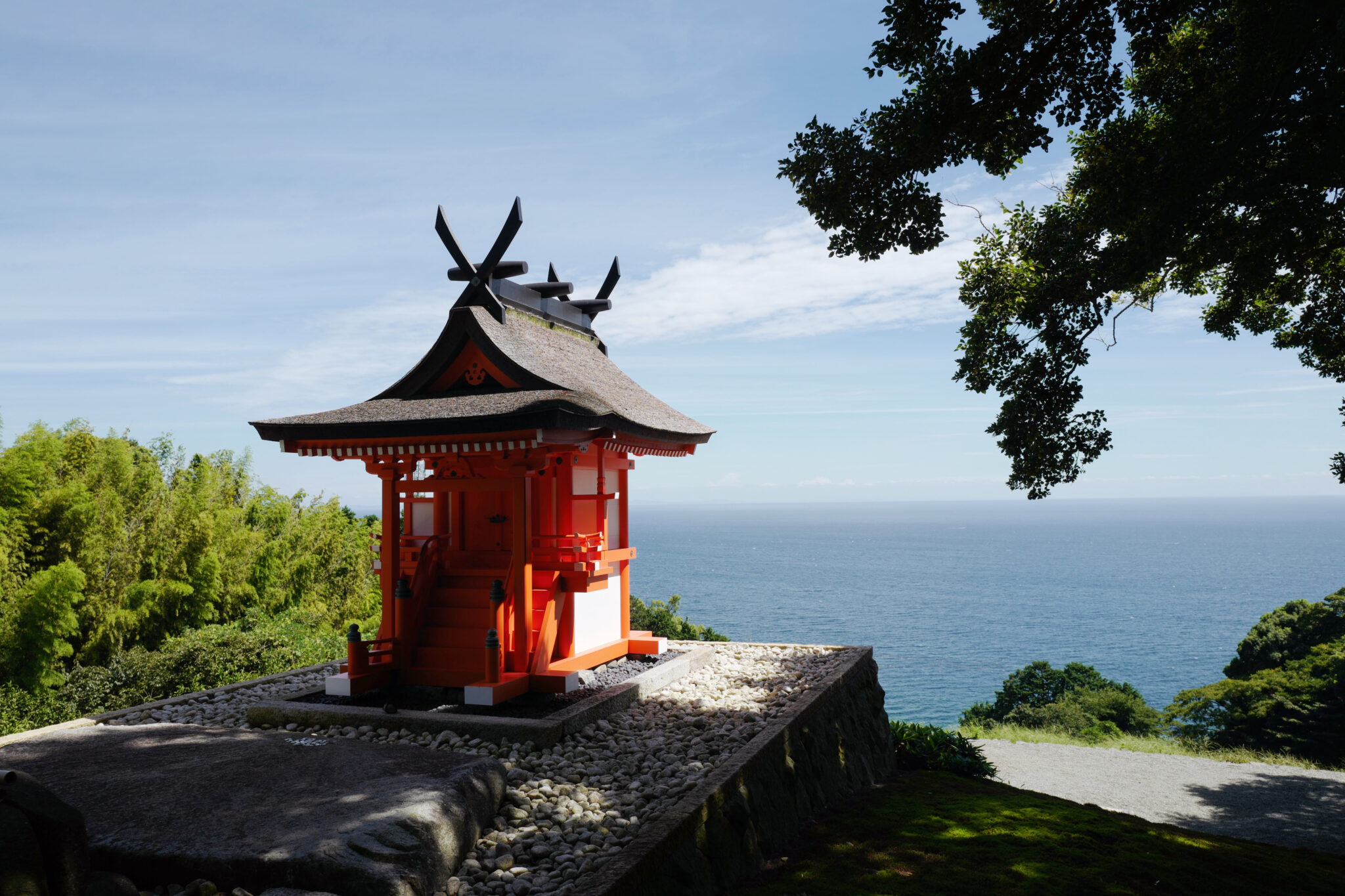
By using the same old-fashioned techniques that the local farmers once used, we have become heirs to the physical memory of the place.
Tomoyuki Sakakida (architect)
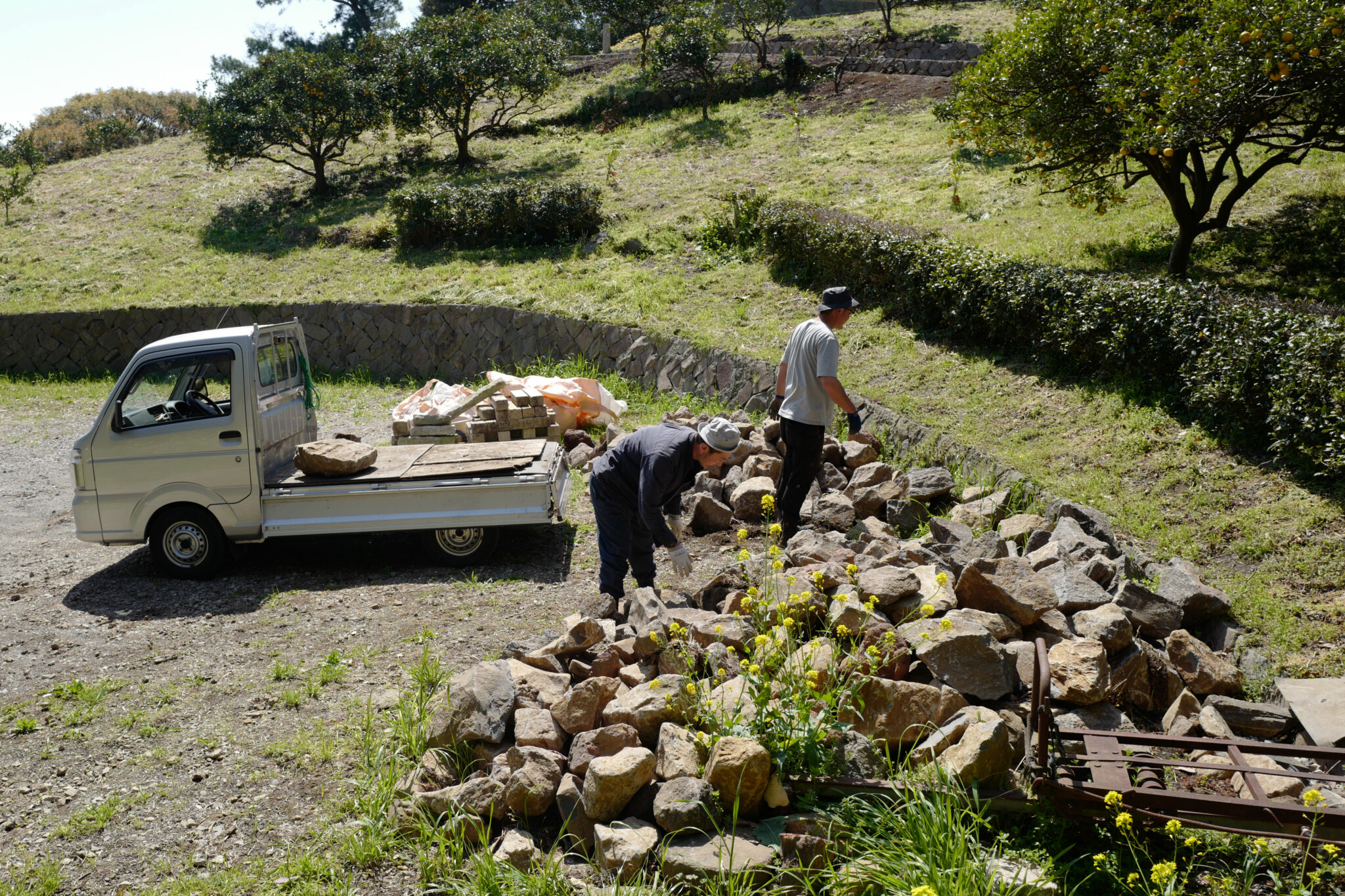

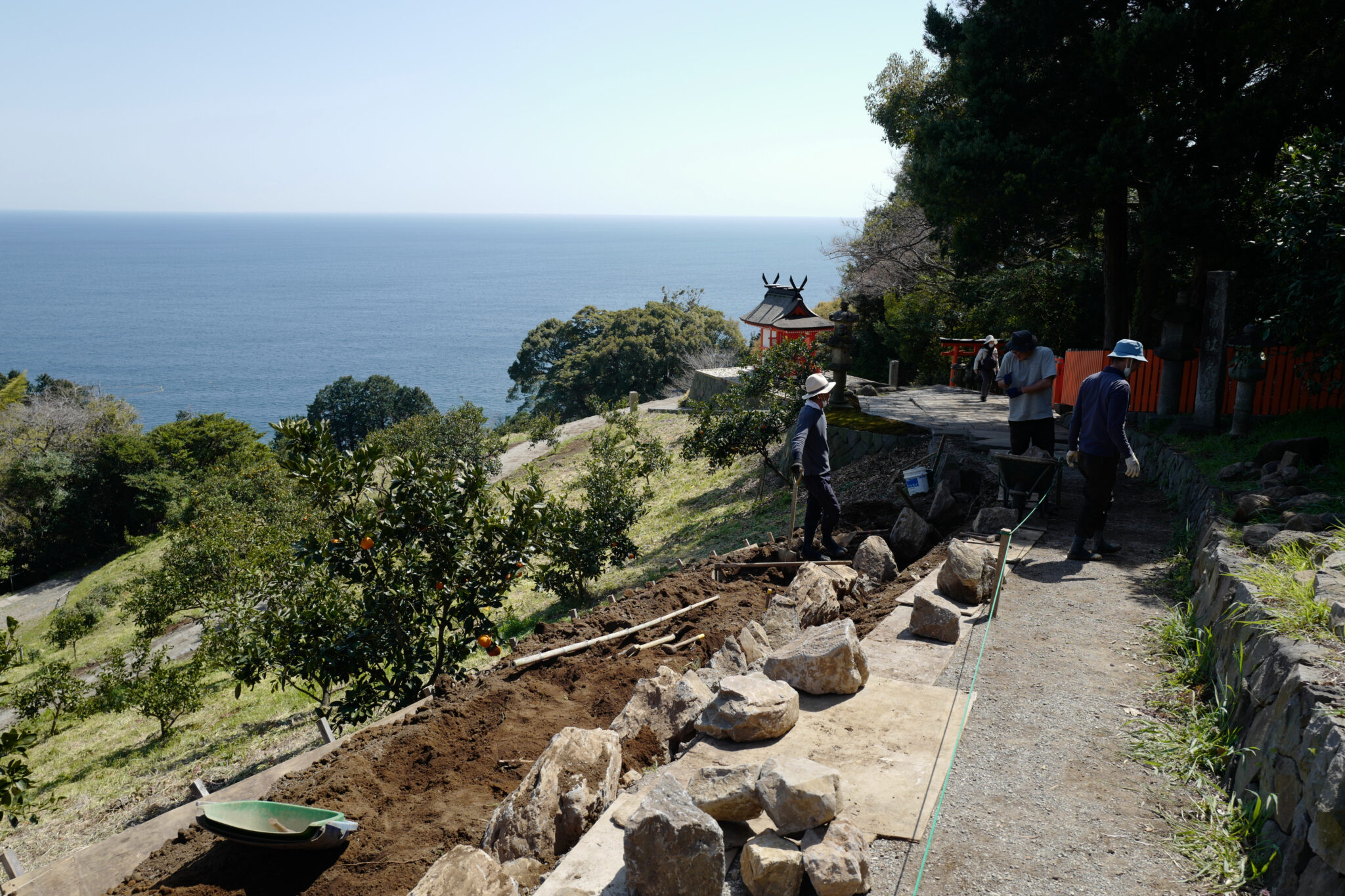
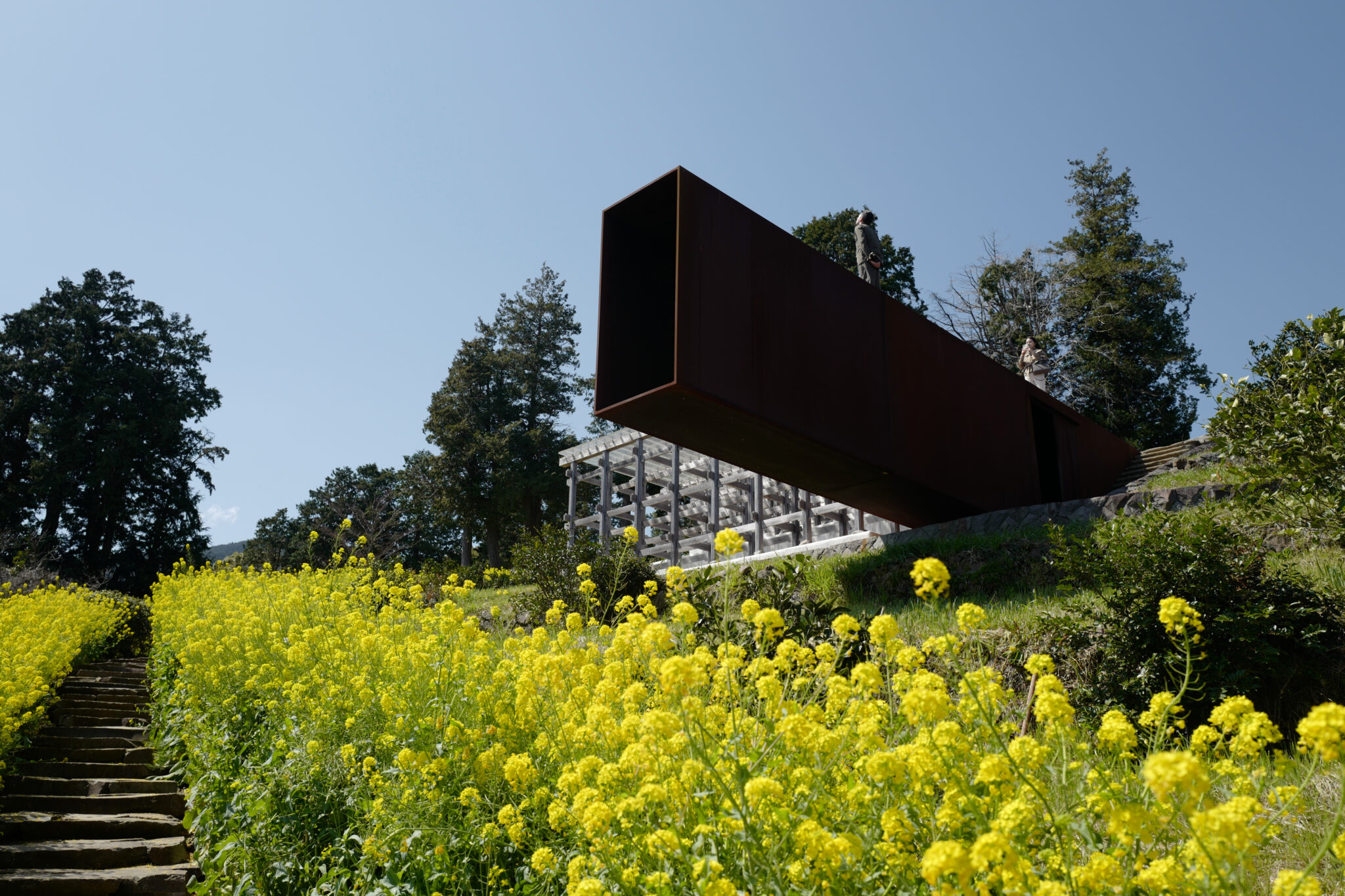
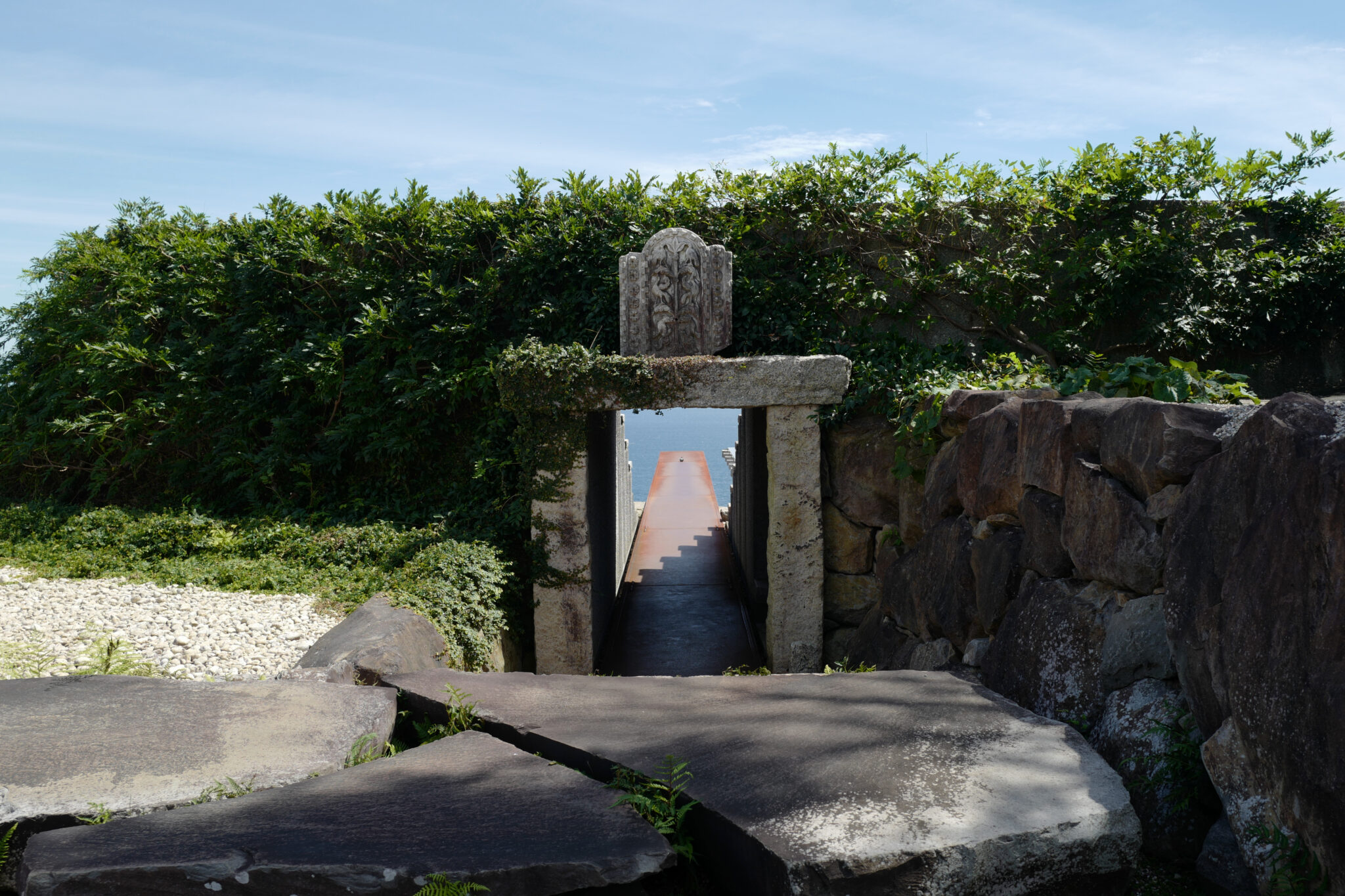
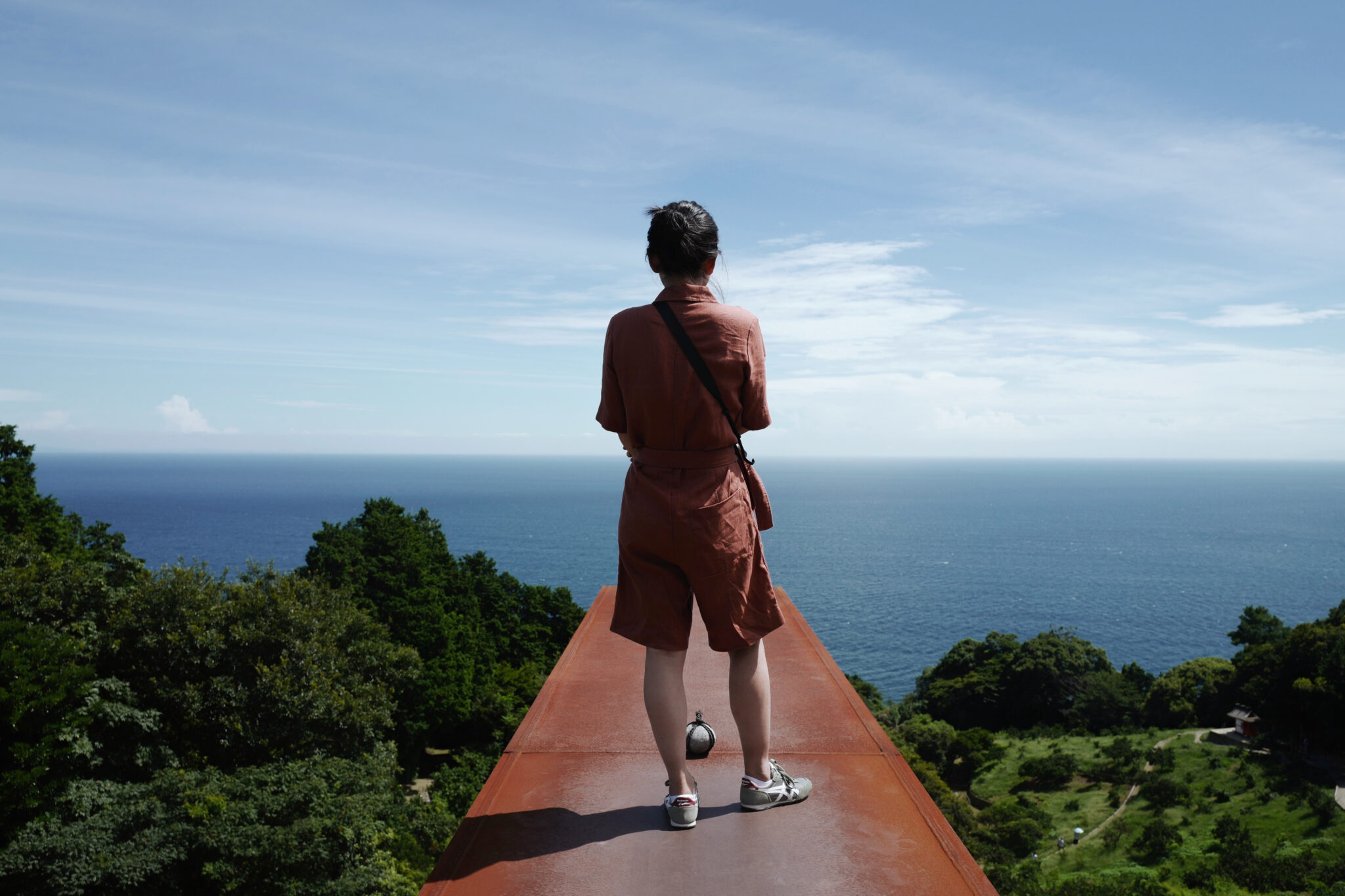
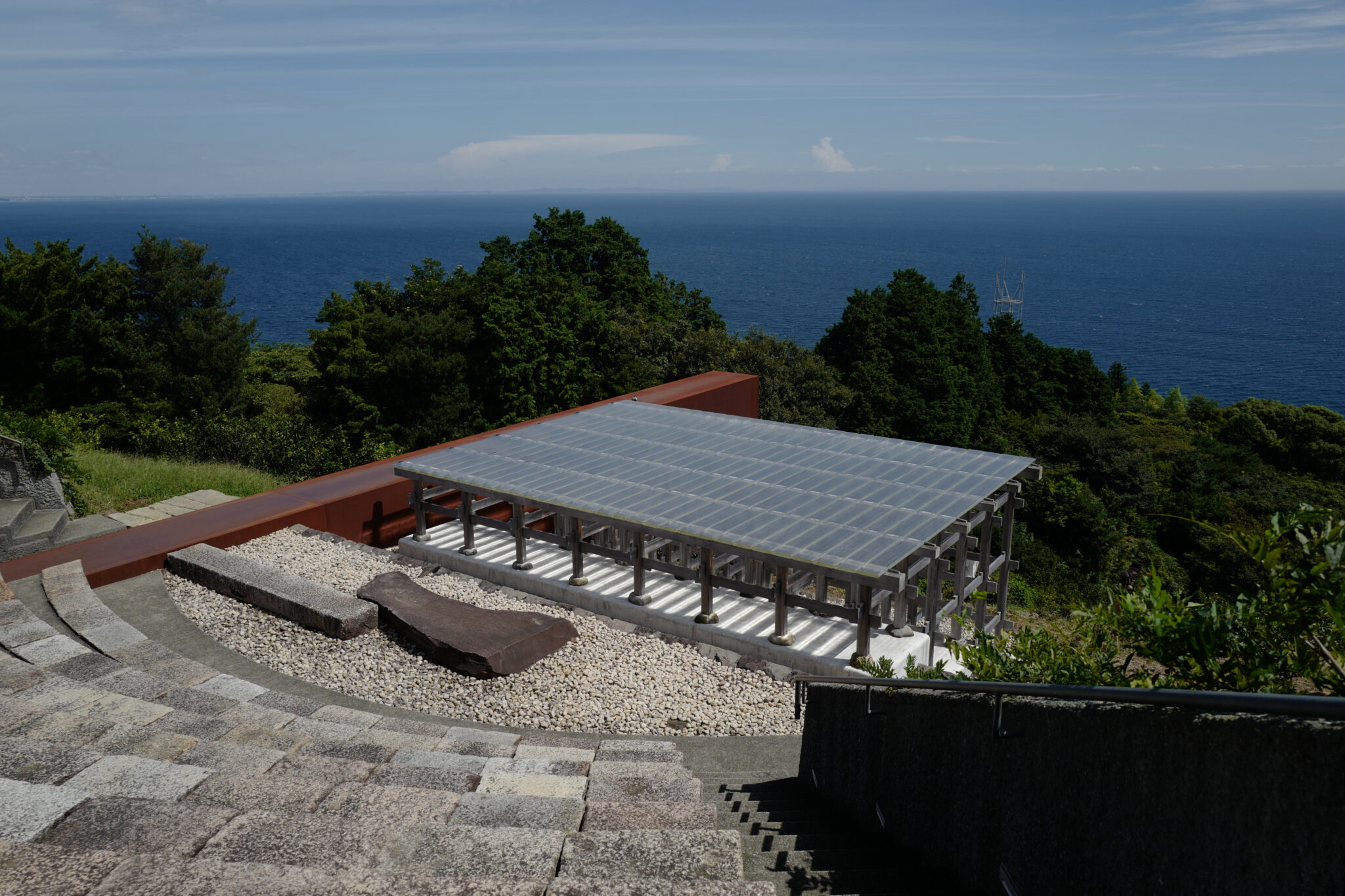
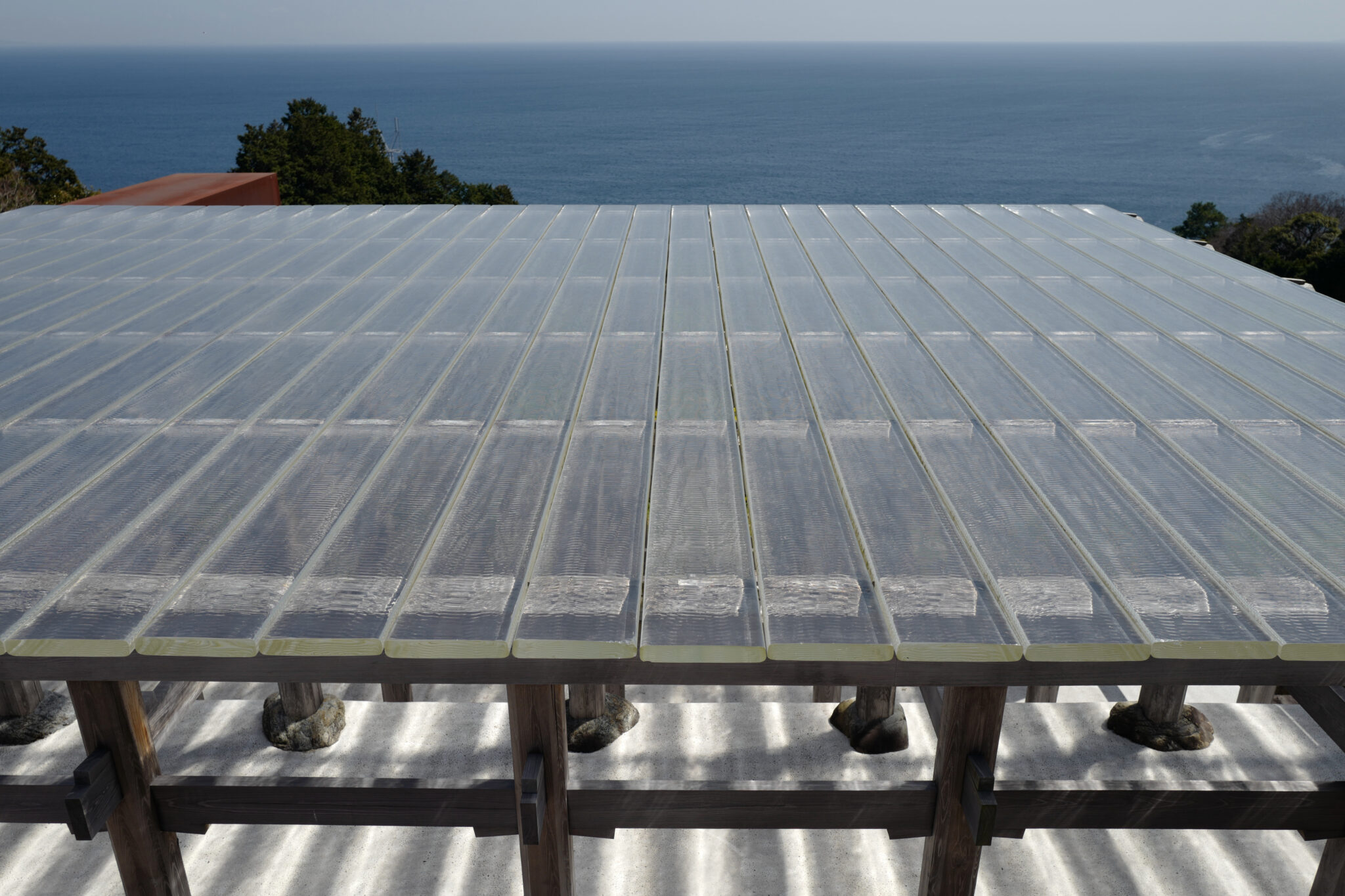
On the morning of the winter solstice, the optical glass stage apparently glows as it catches the light on its cut edges. The kakezukuri (懸造) framework made of hinoki cypress has beautifully aged since I last saw it.
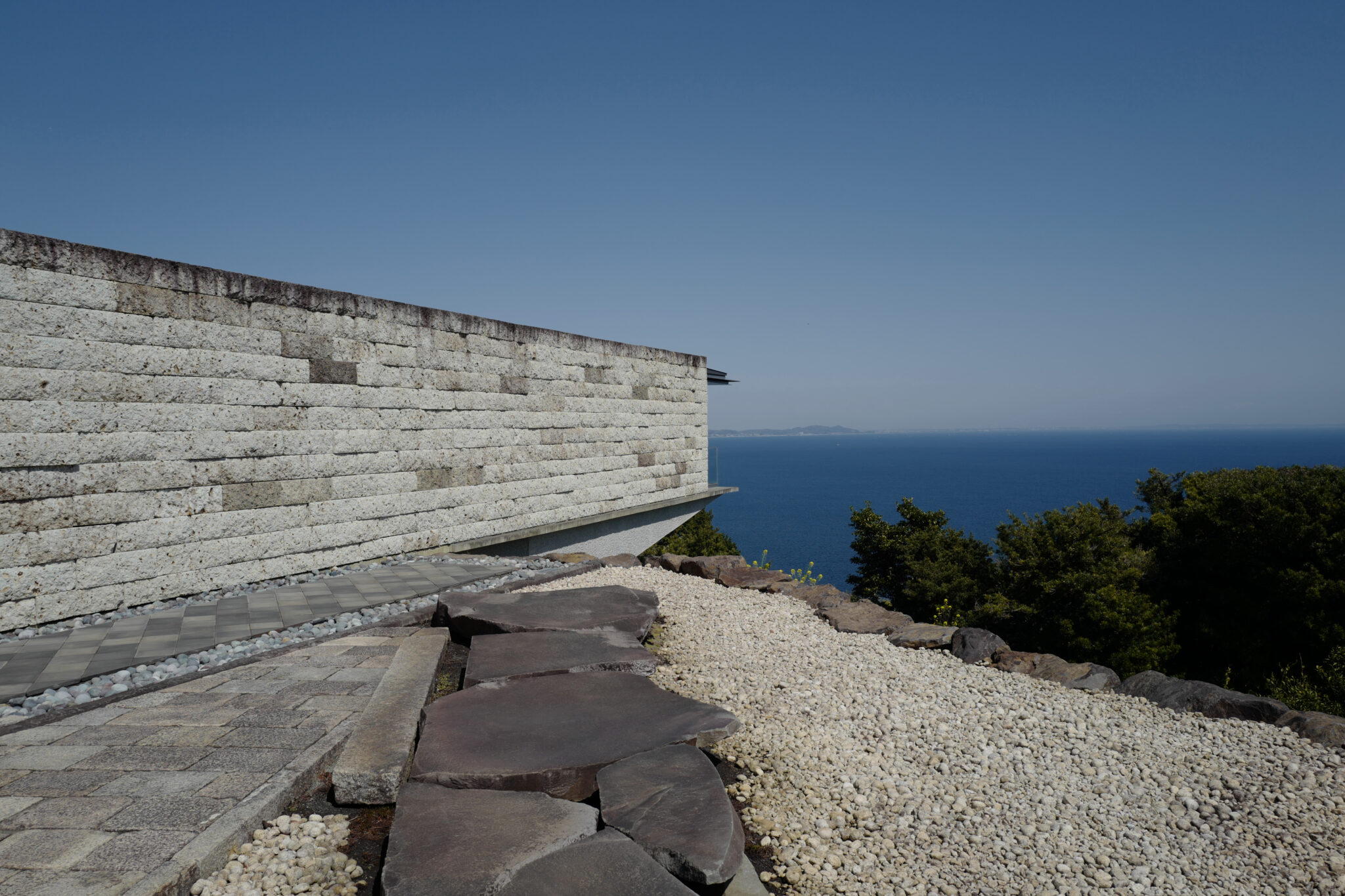
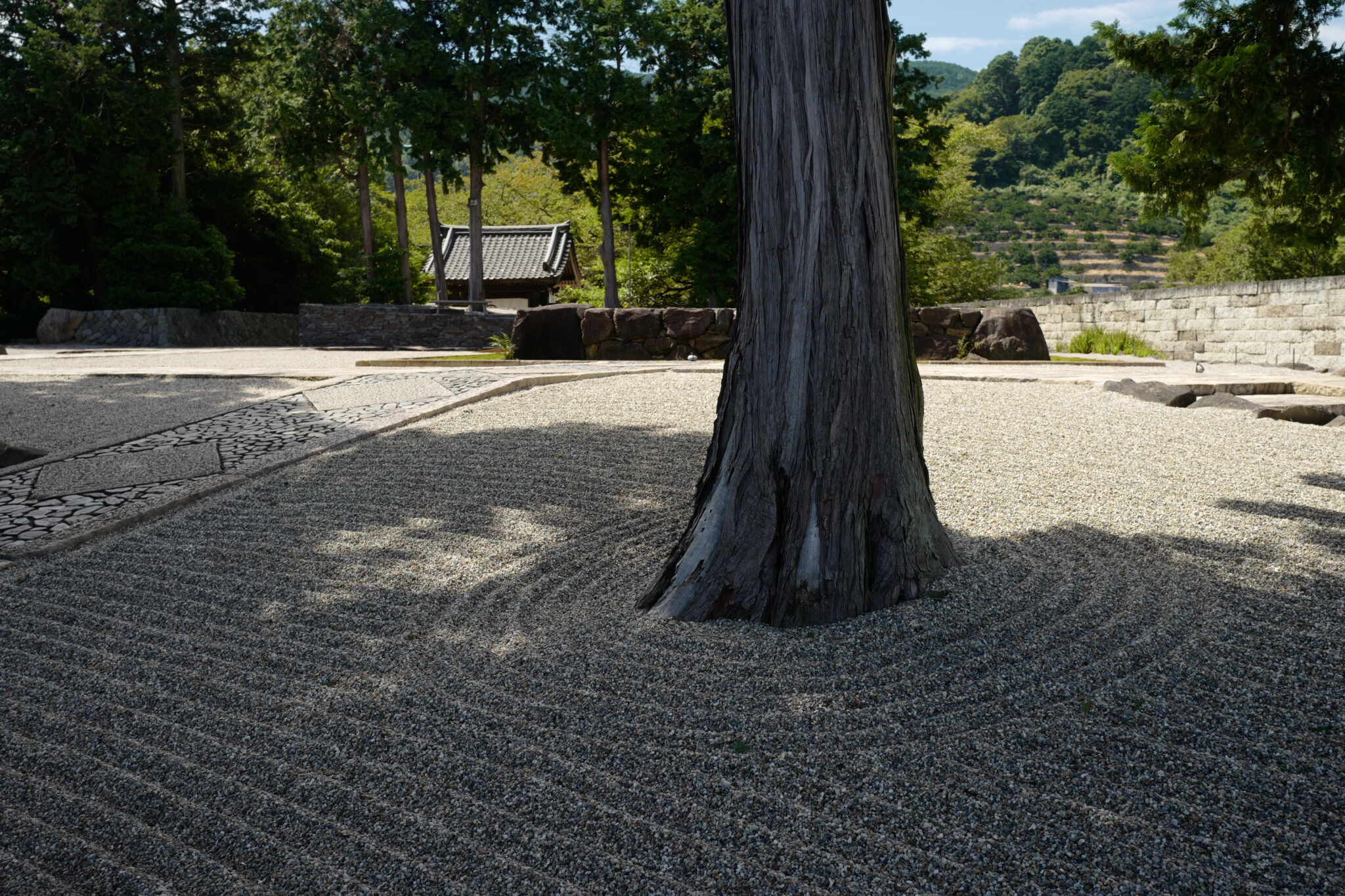
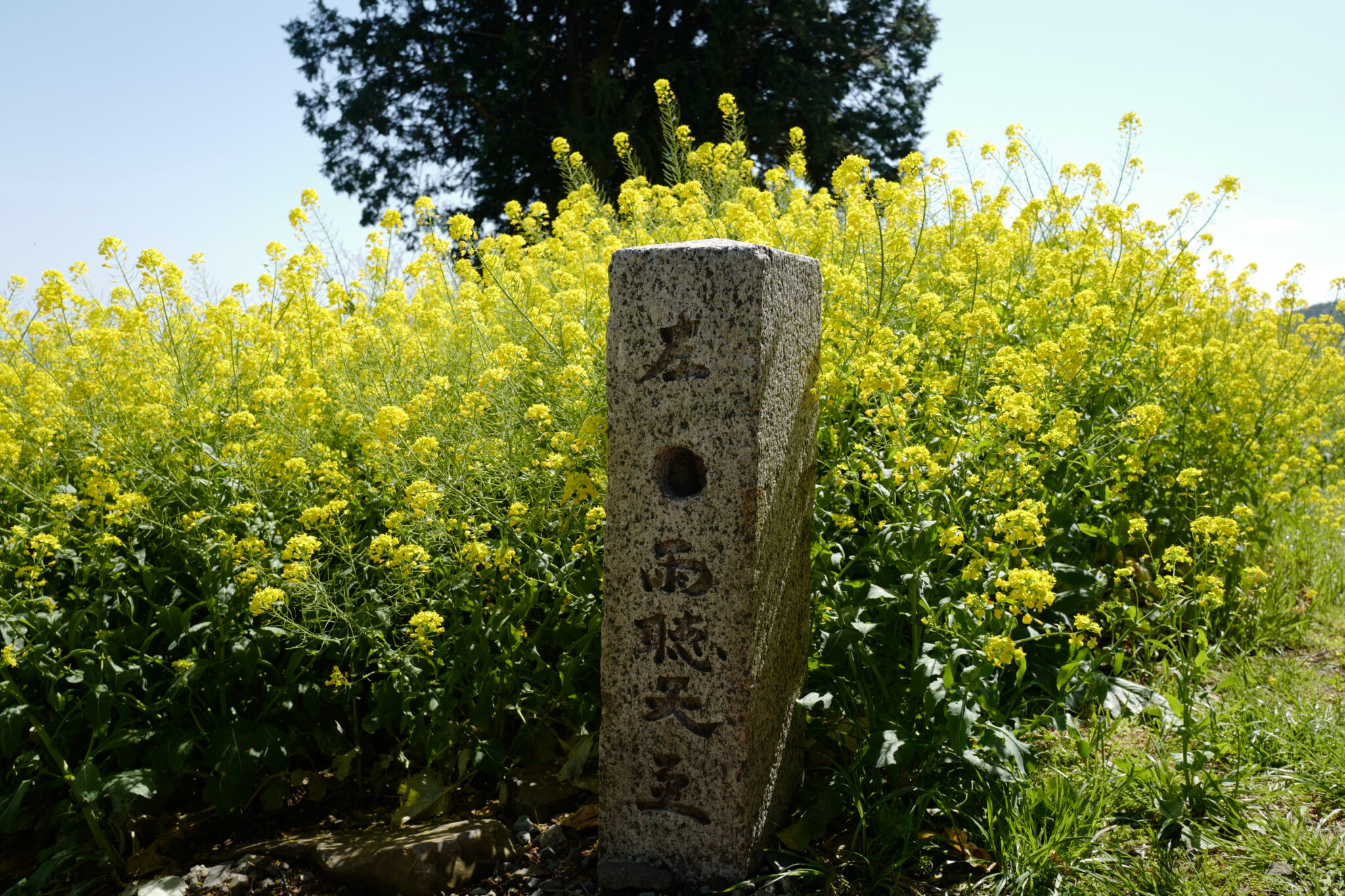
I hope to remain a lone, somewhat eccentric artist, keeping a certain distance from the professionals as I craft what might be called the quality of space… I hope to continue eschewing the normal and rational, tacking instead towards what is remarkable and rare.
Hiroshi Sugimoto
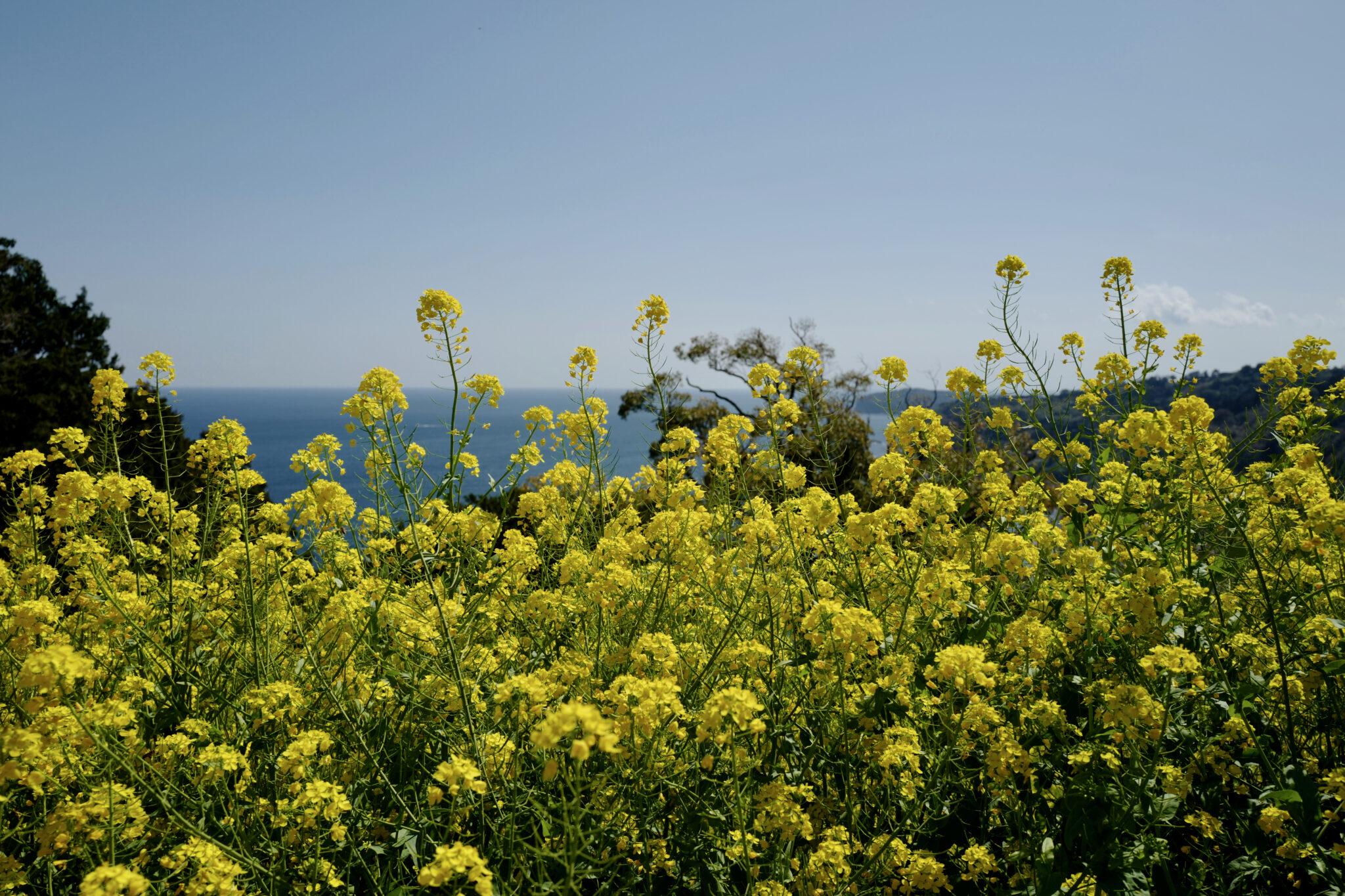
There is intrigue and beauty at every turn in Enoura Observatory that encourages us to look through the eyes of the ancients and think about our relationship with the earth today.
Hiroshi Sugimoto in his own words…
The basis of capitalism is the continuous expansion of production. That means humans would continue to cut down forest trees. Capitalism won’t stop until humans deplete all natural resources. Resources are limited, so inevitably they will run out. In order to face a failure likely to happen in the near future we should see once again the seascapes that the ancients saw to revert us to our innocent minds.
Hiroshi Sugimoto

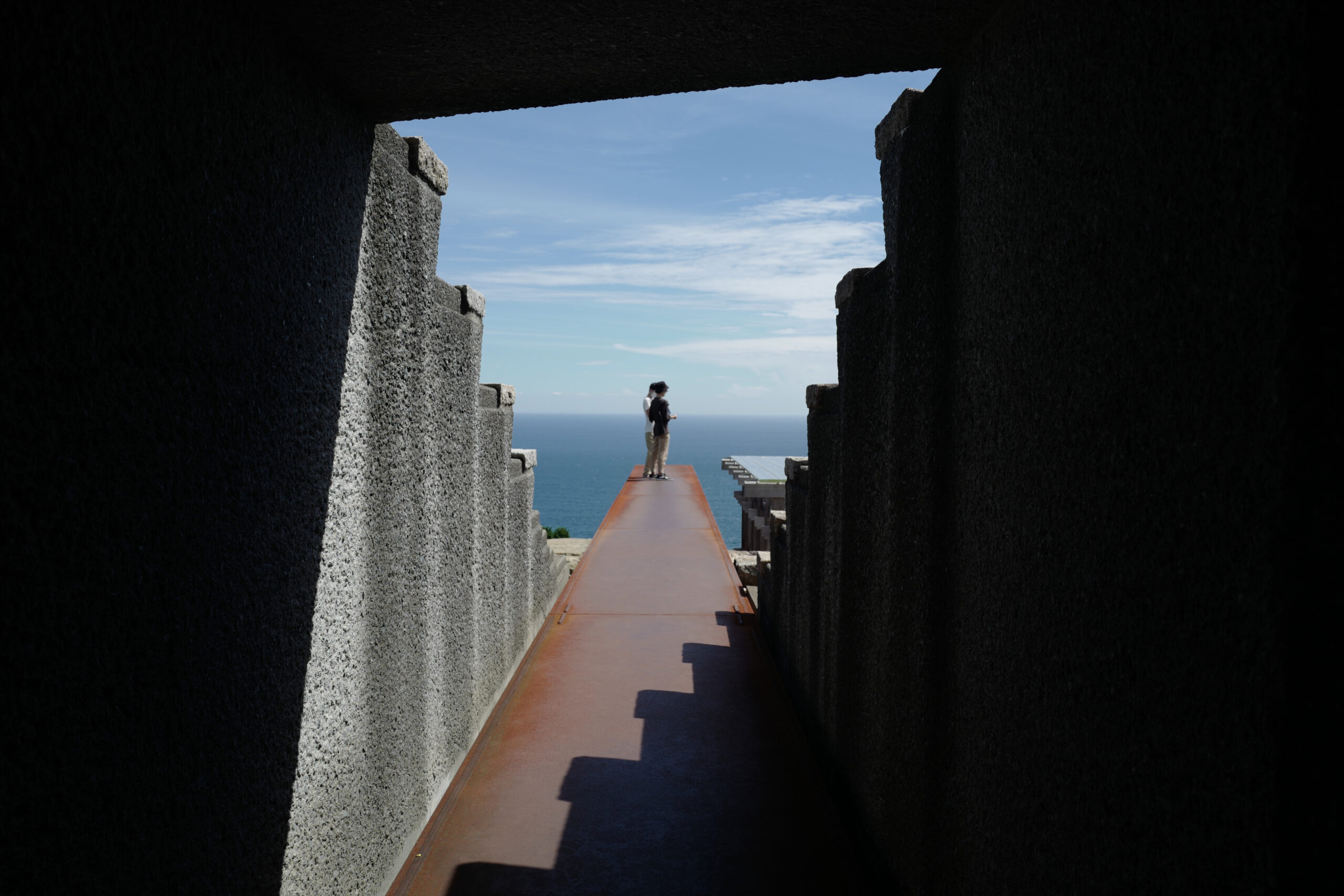
Reply